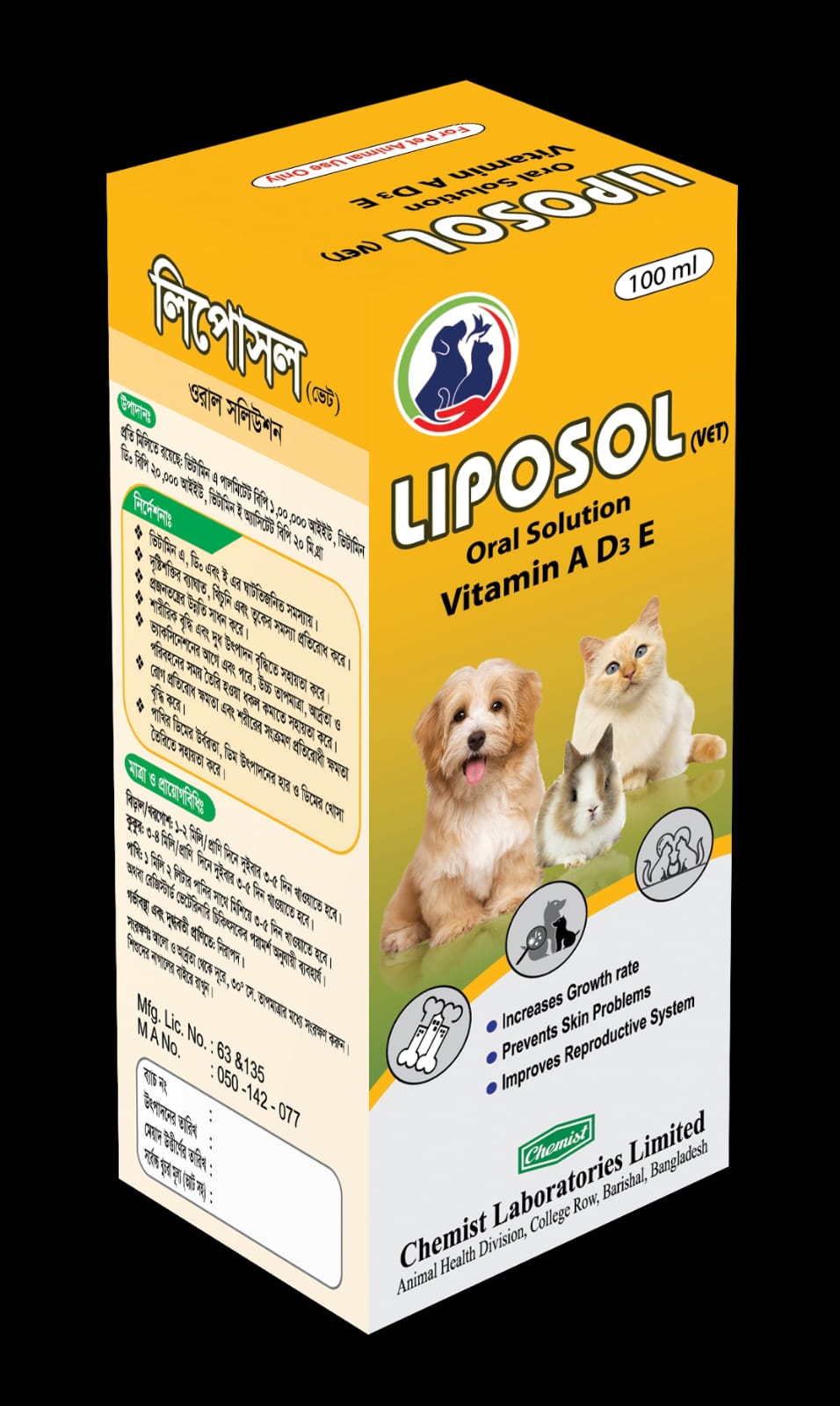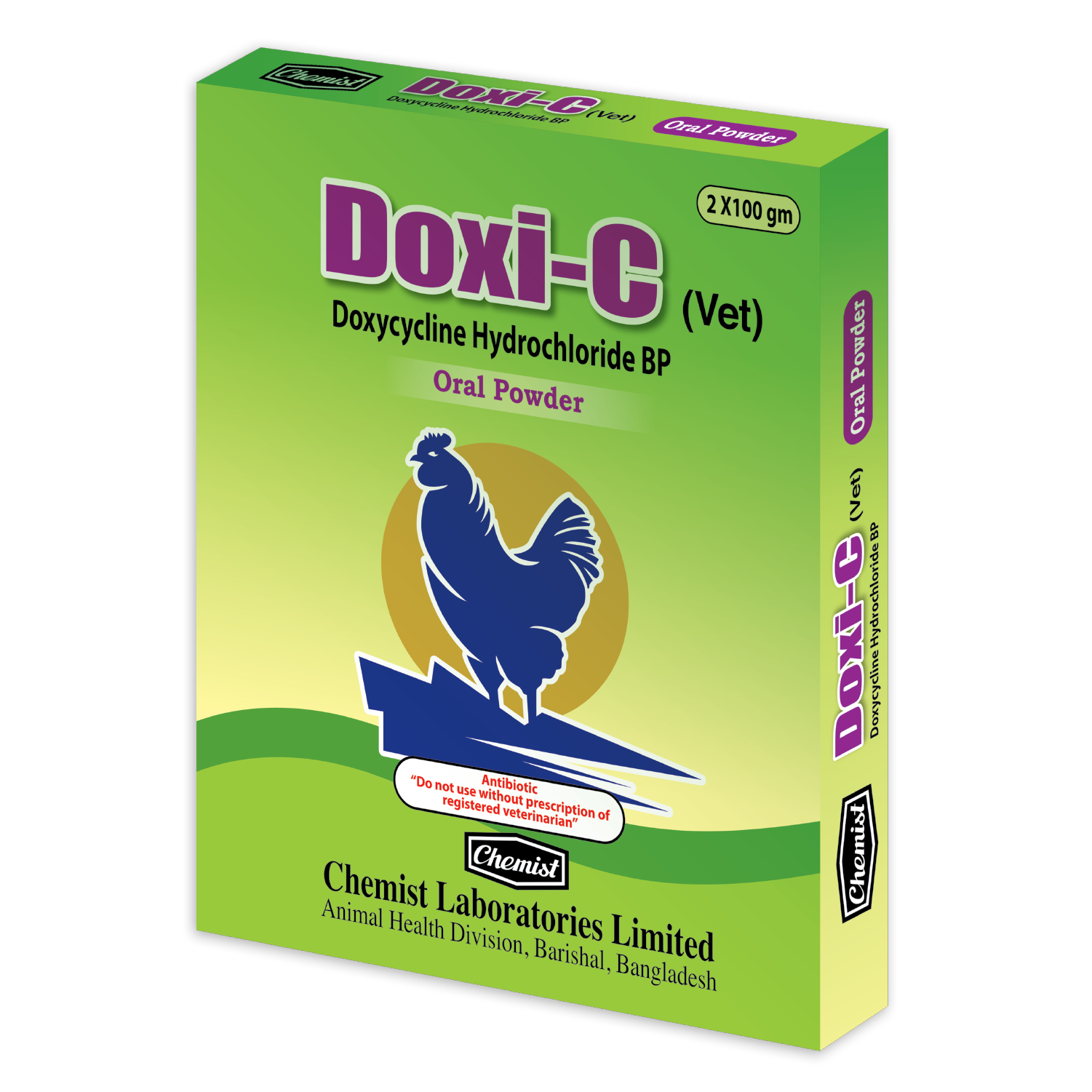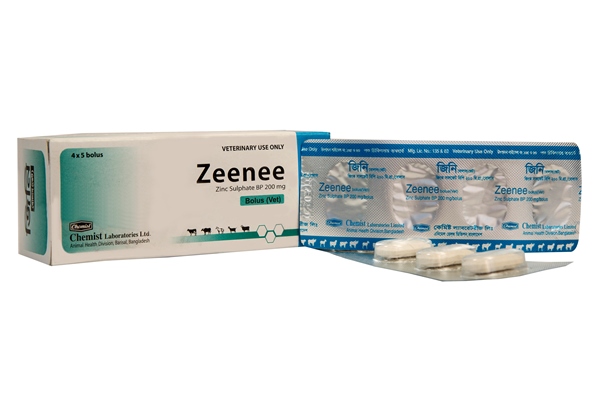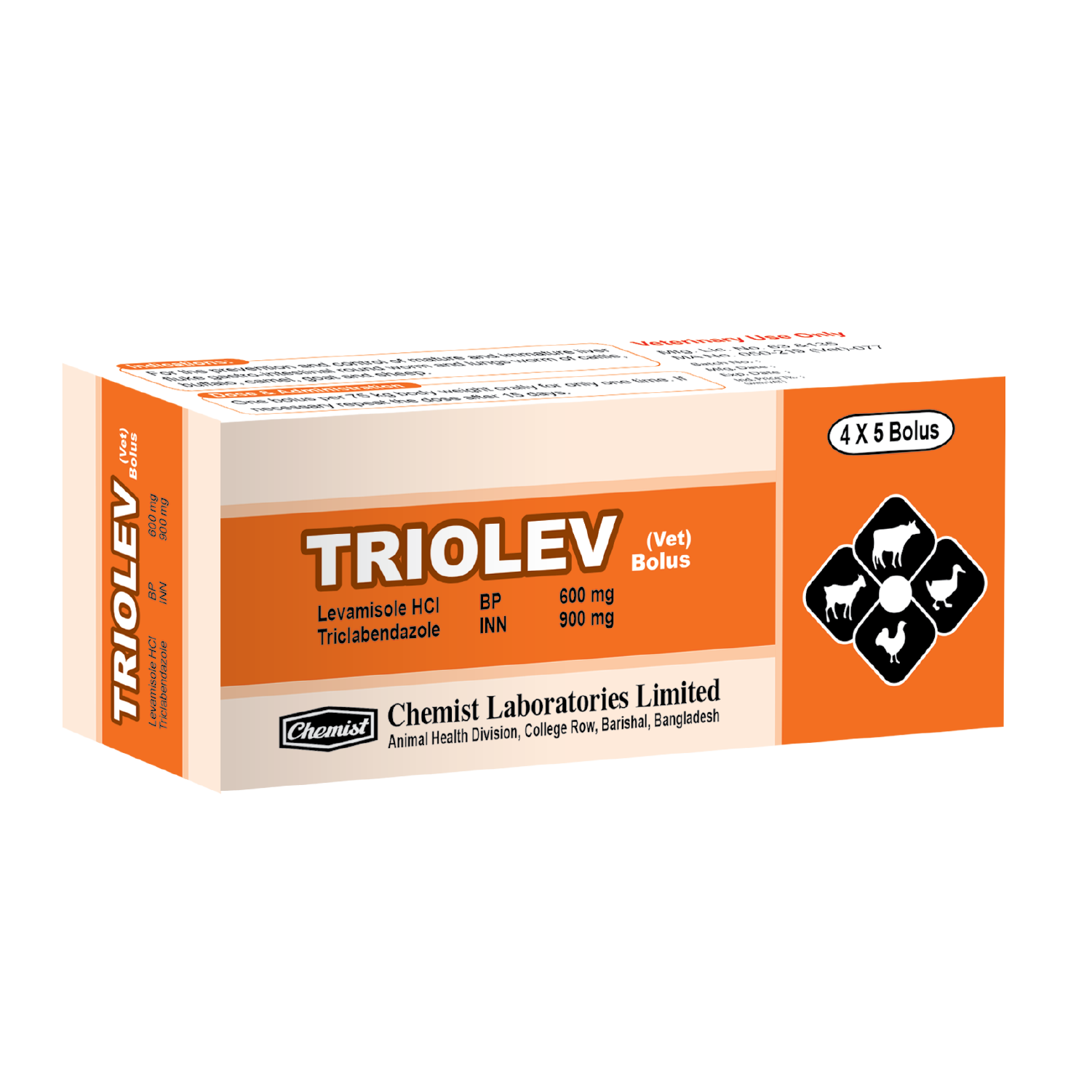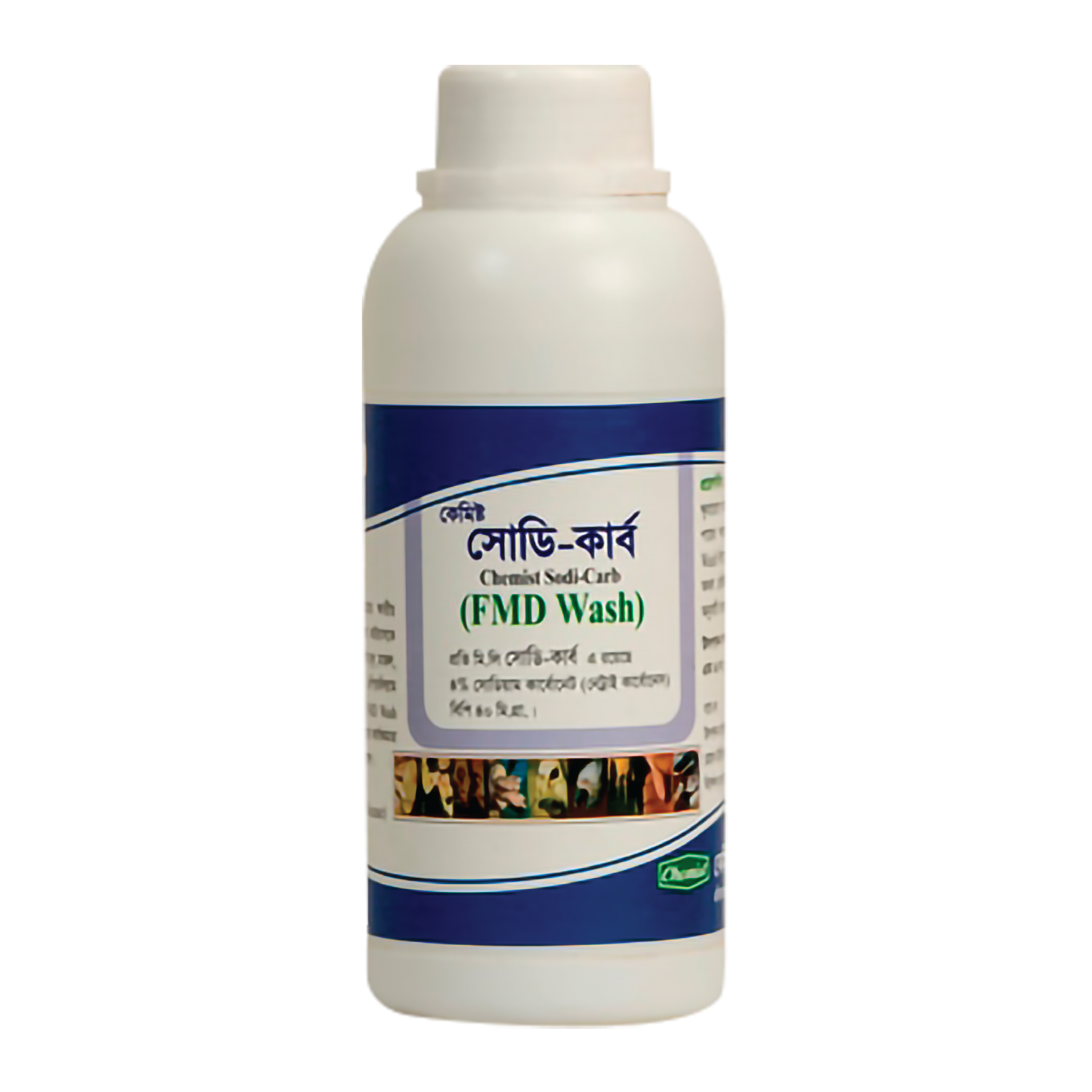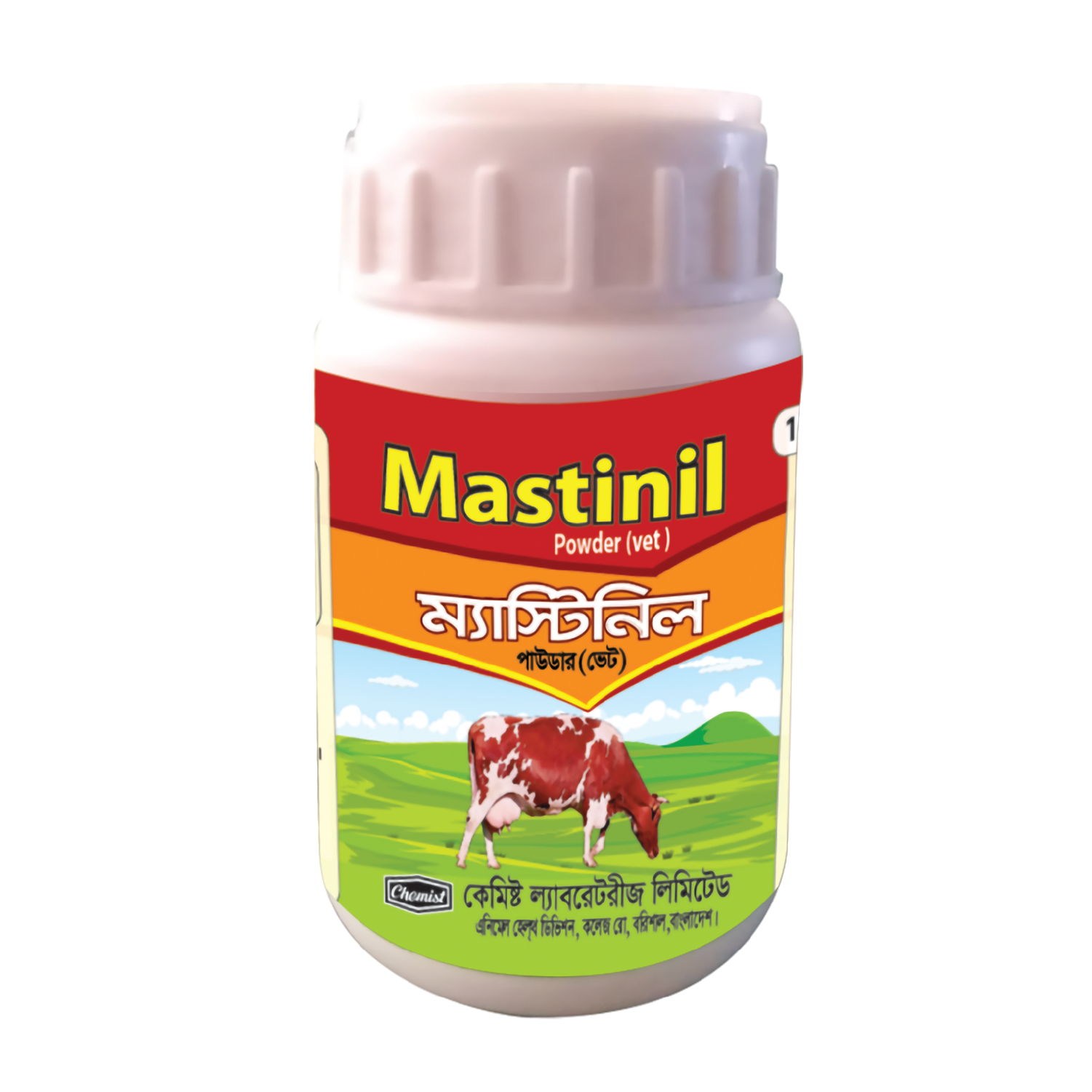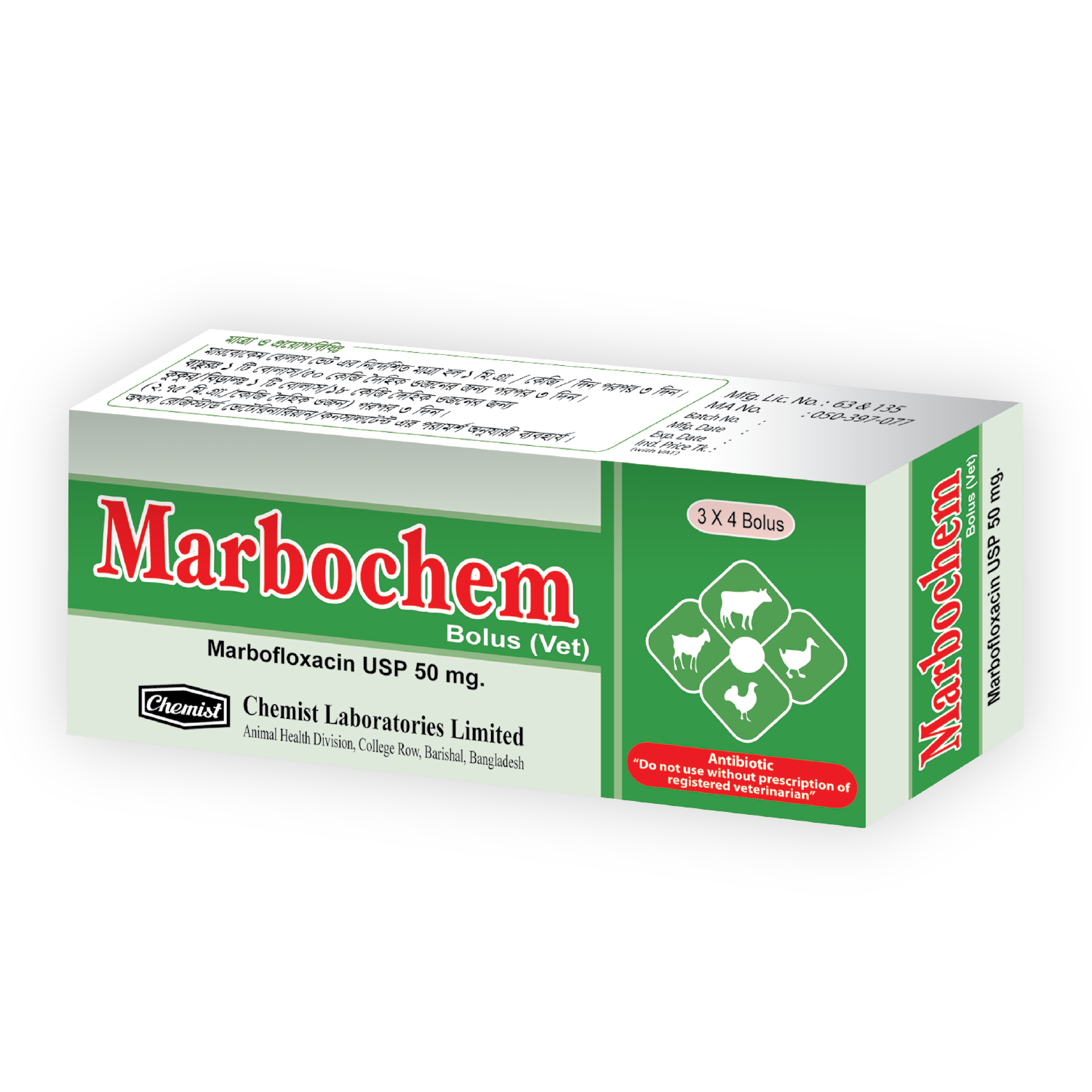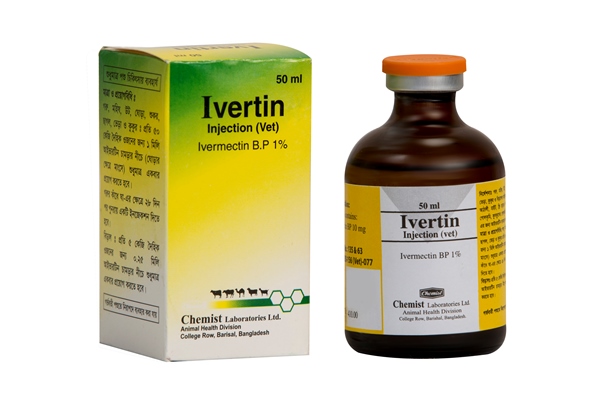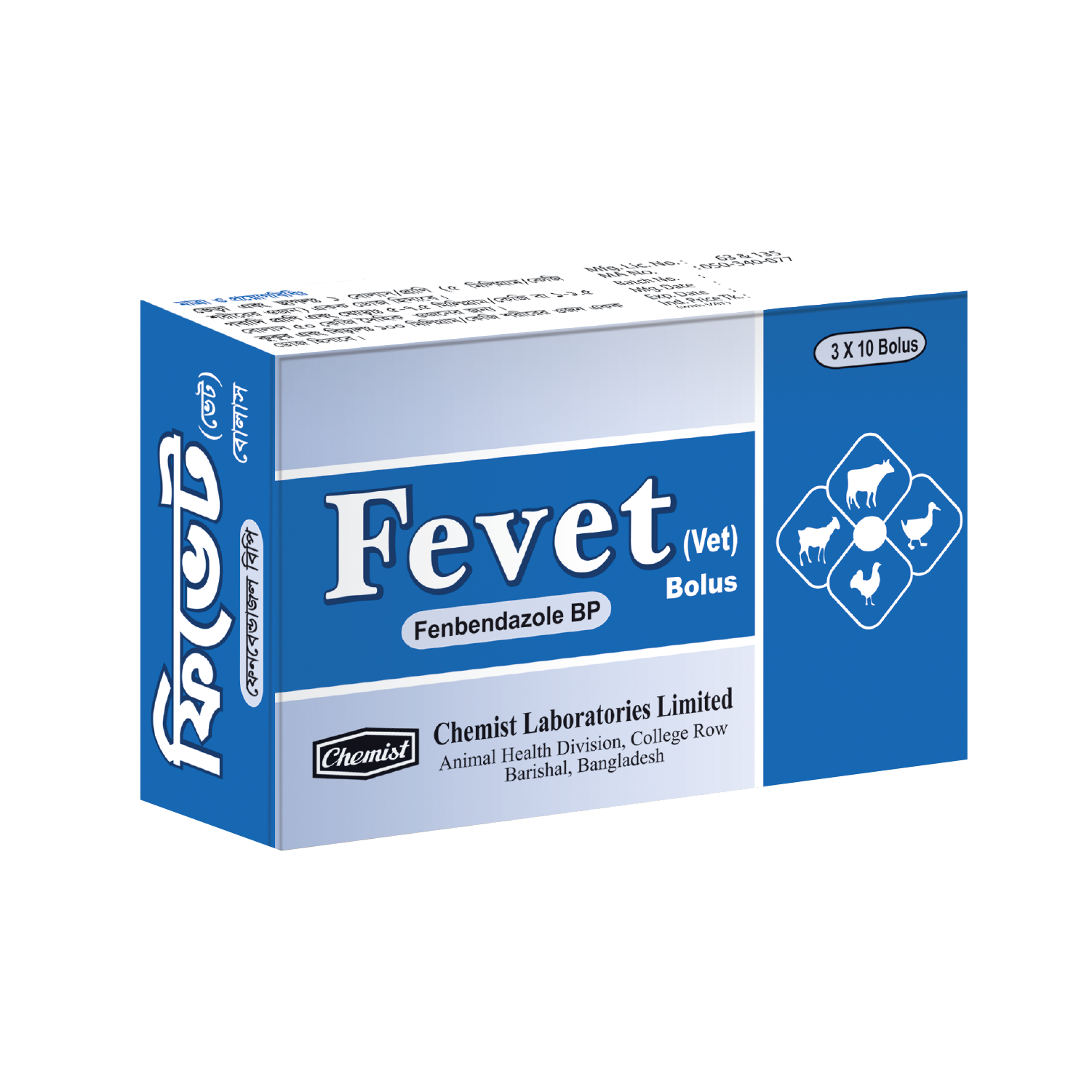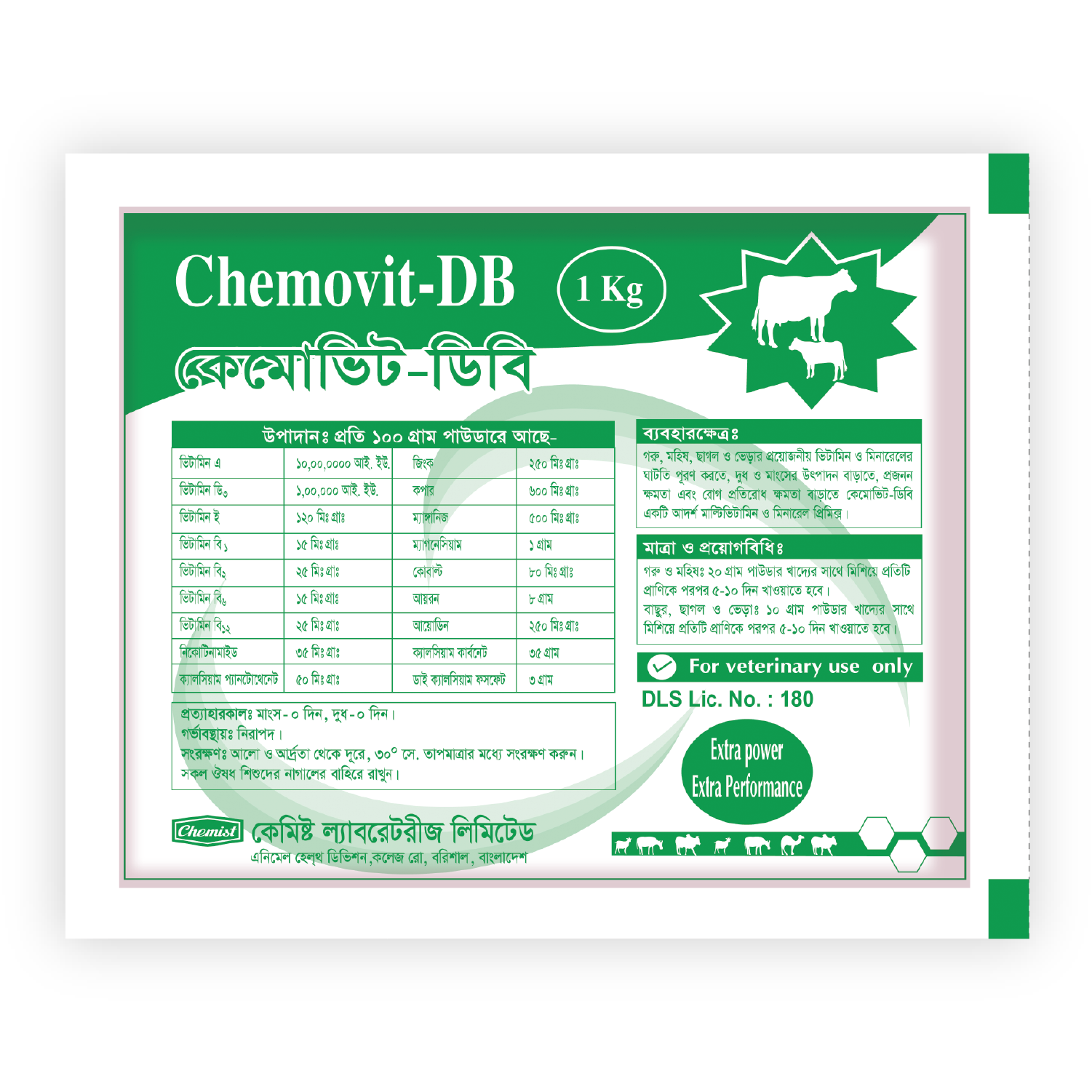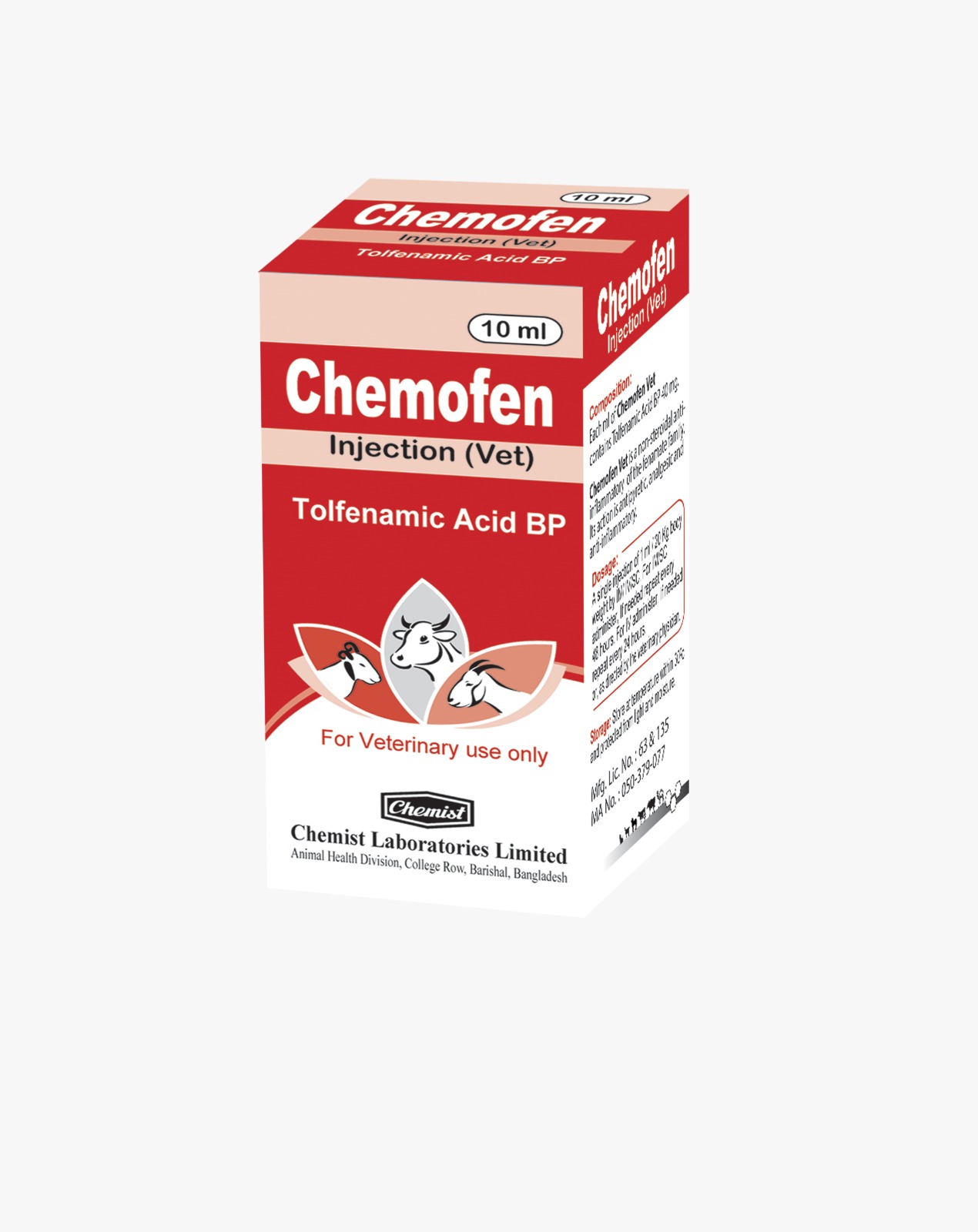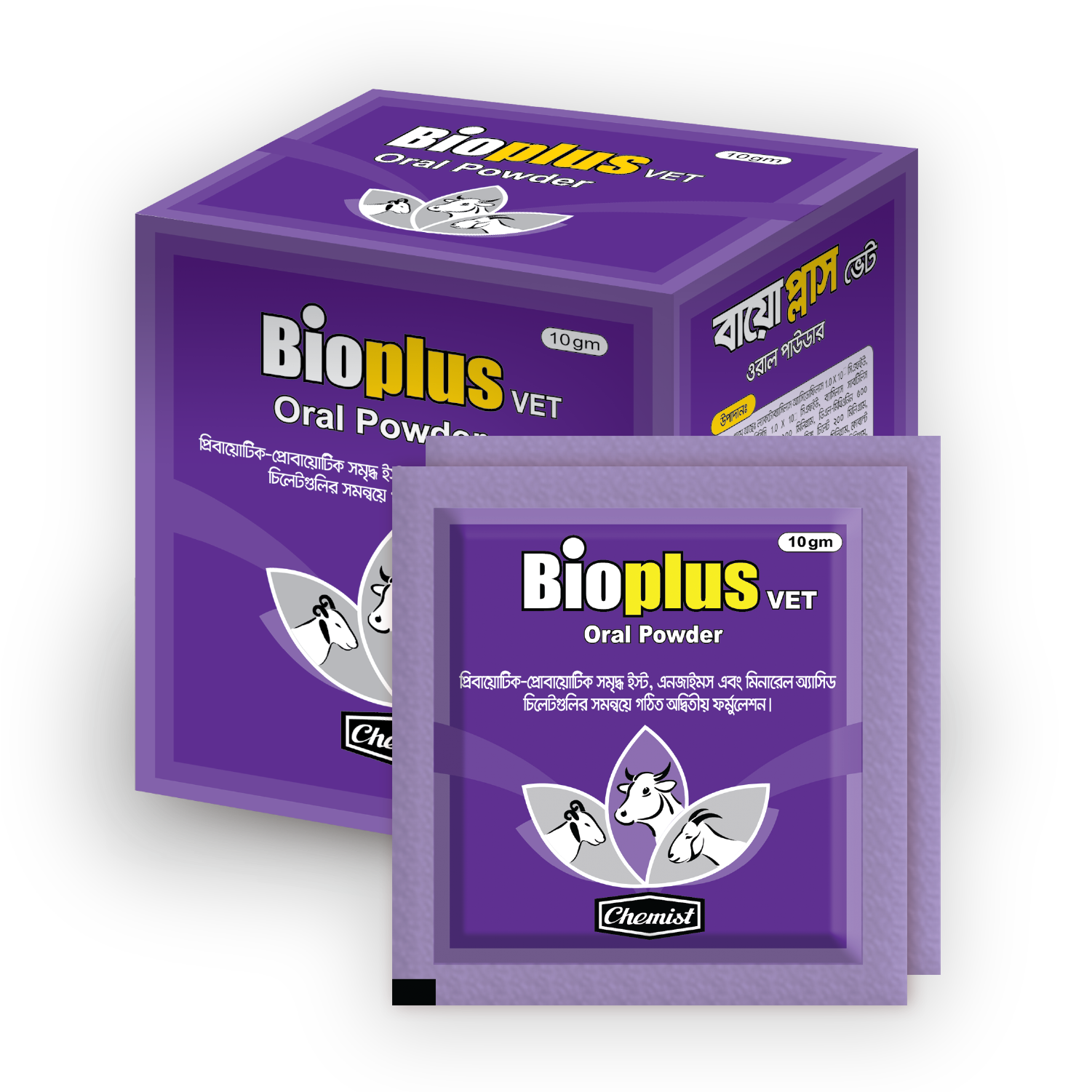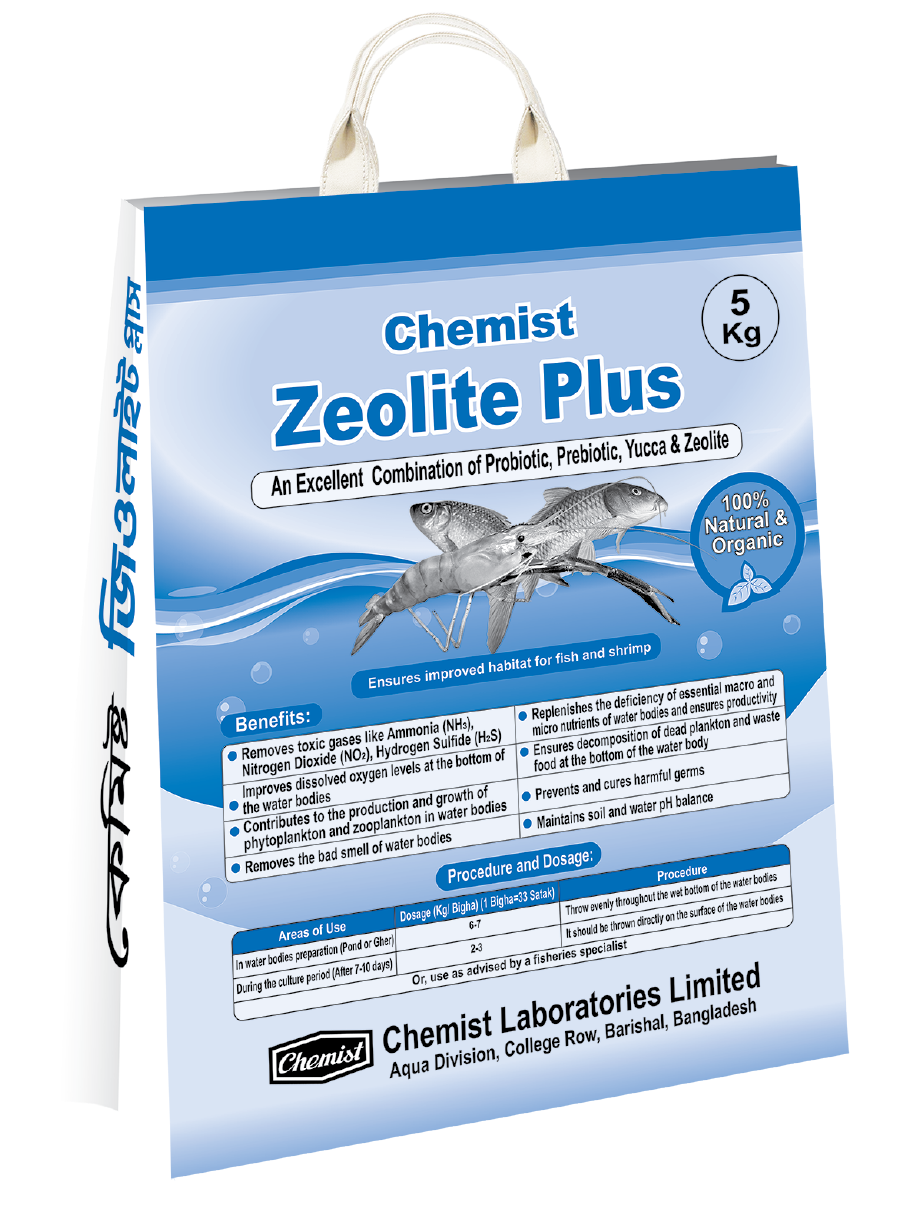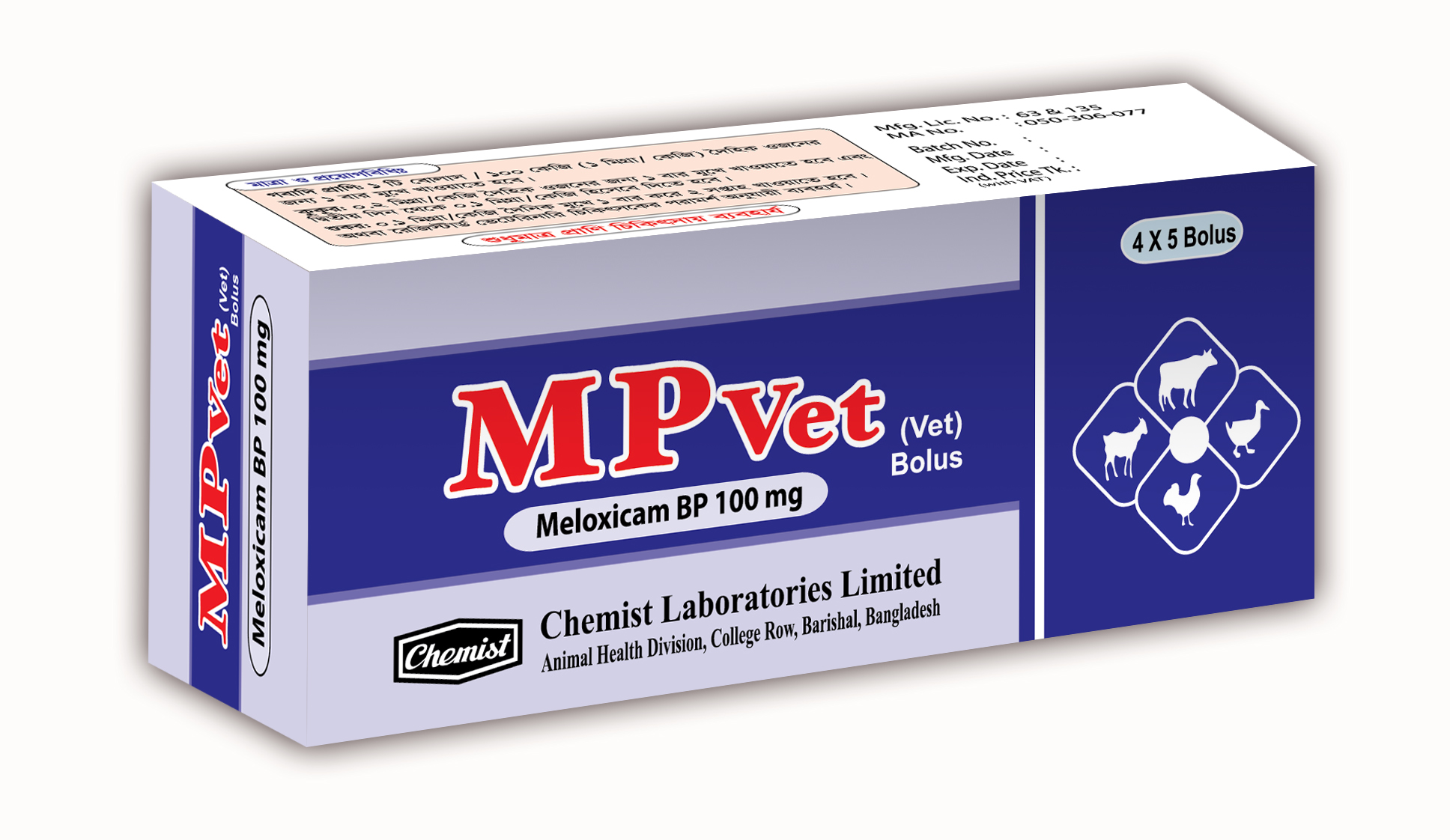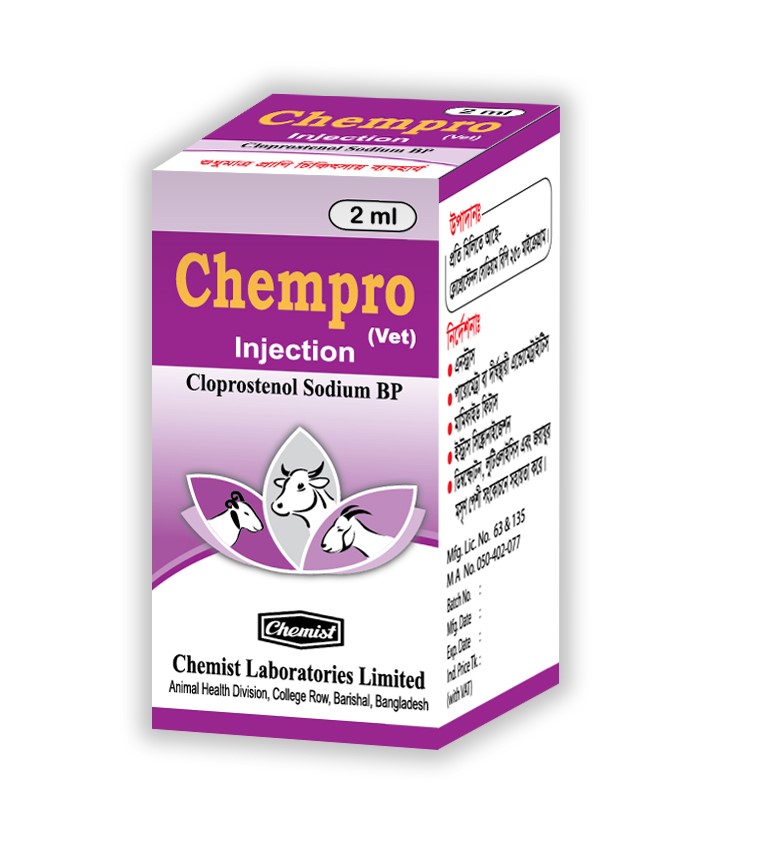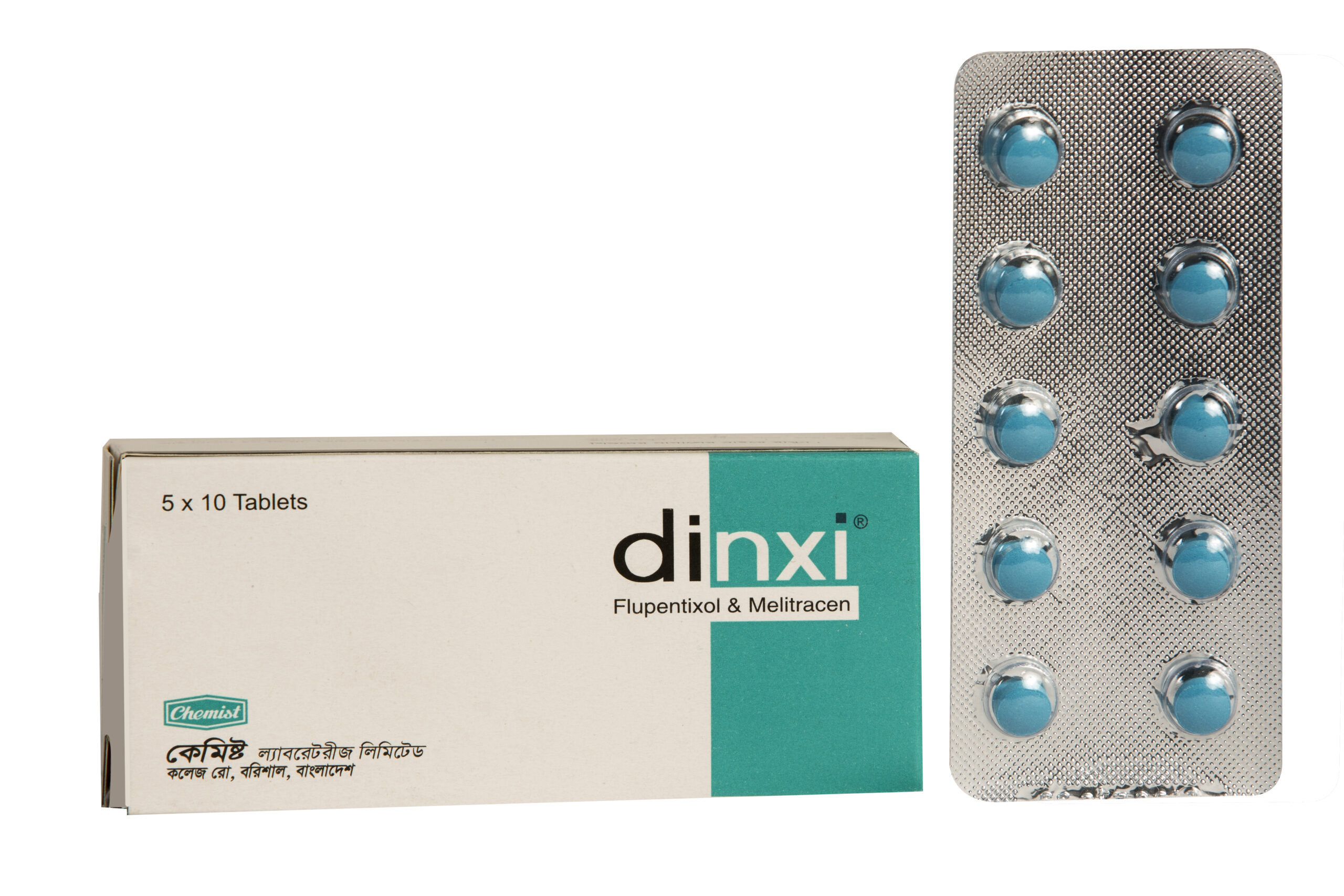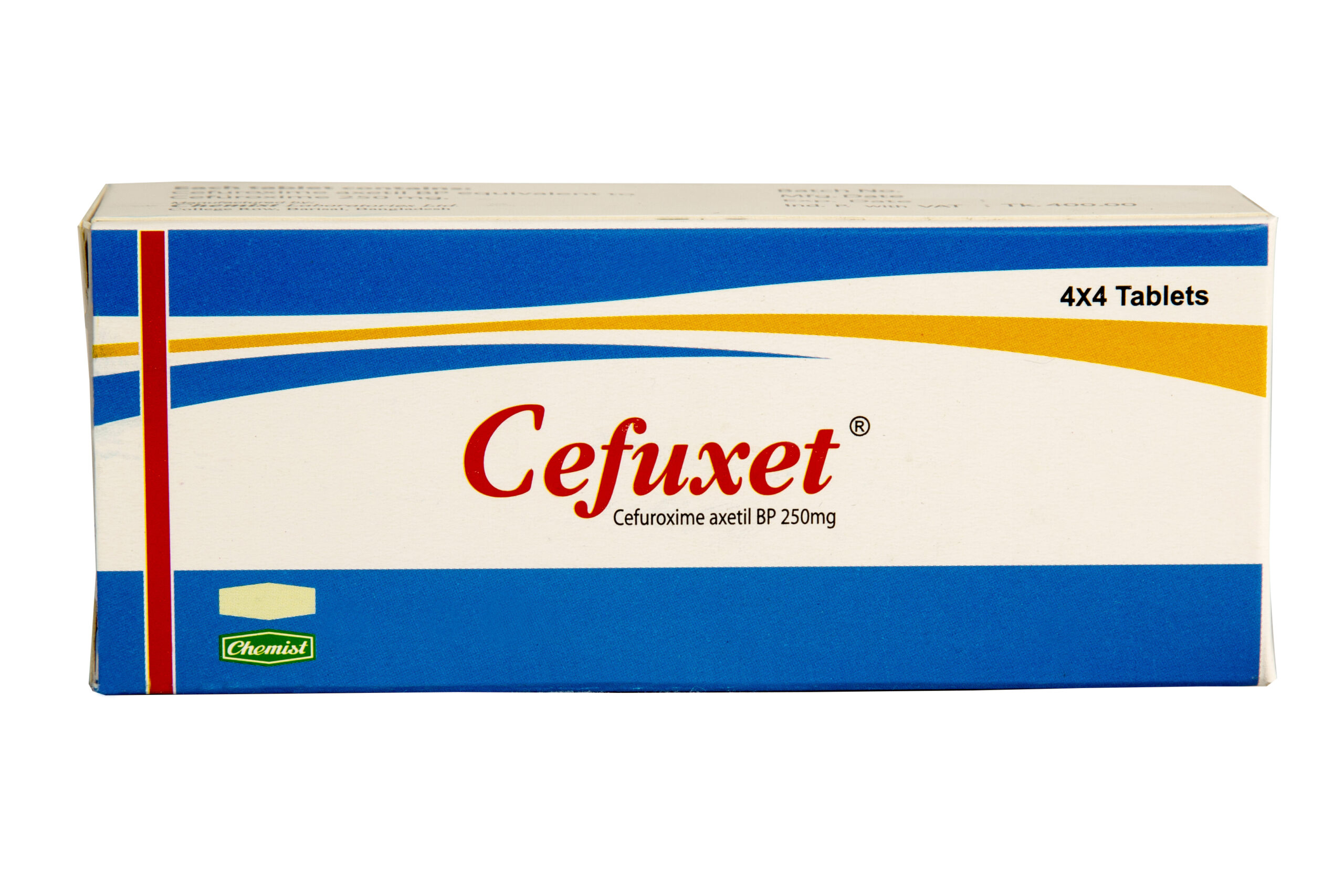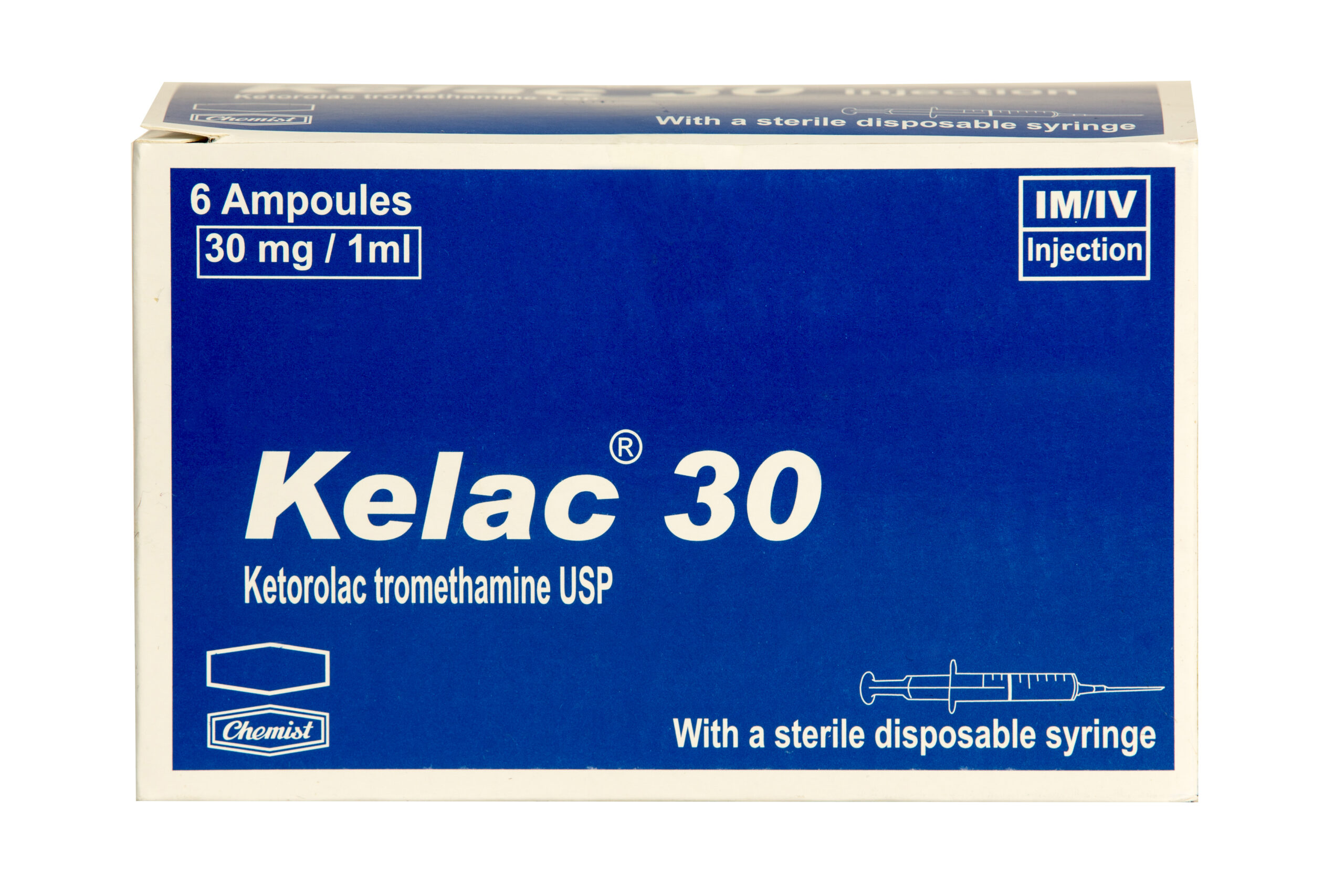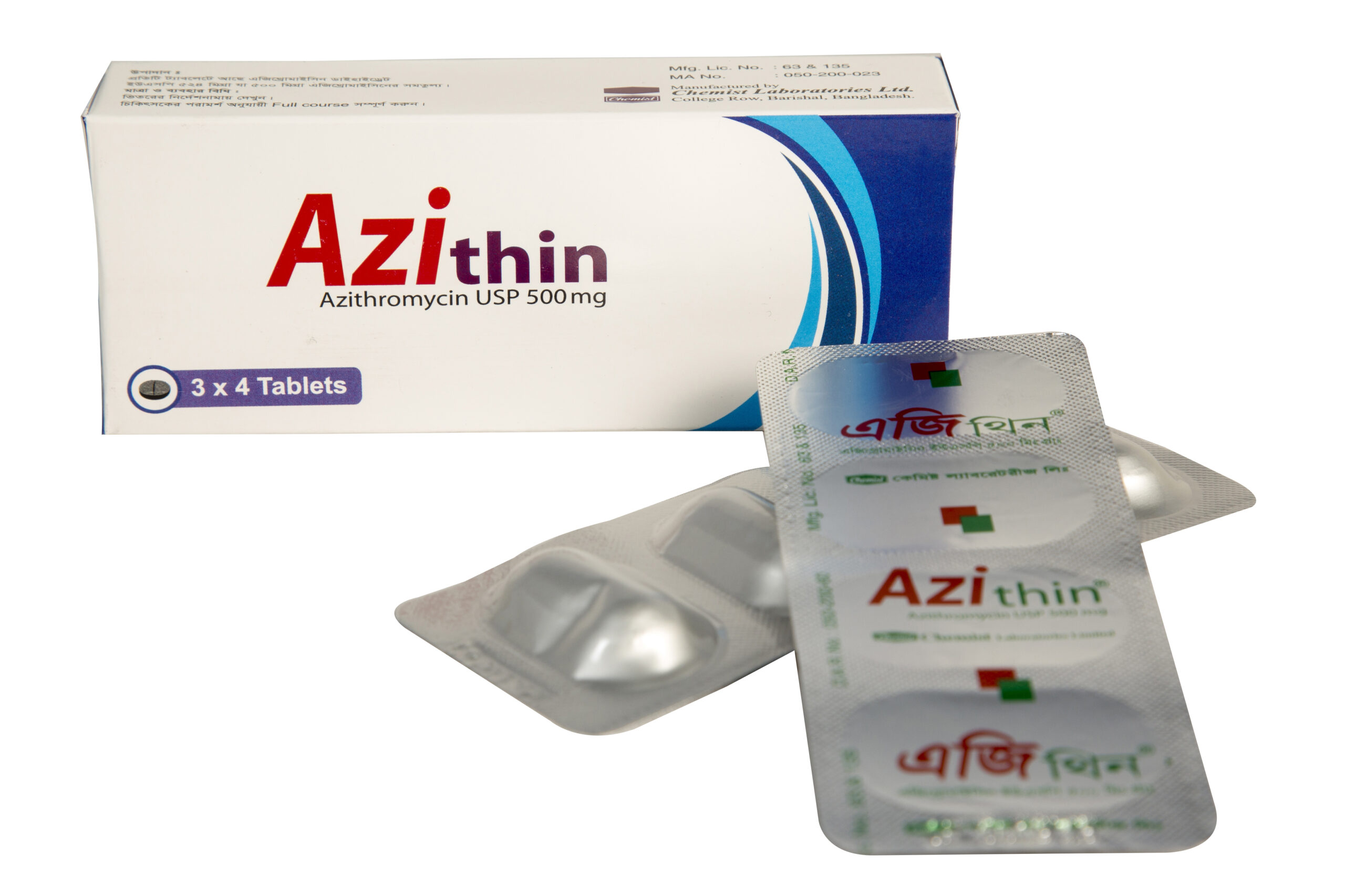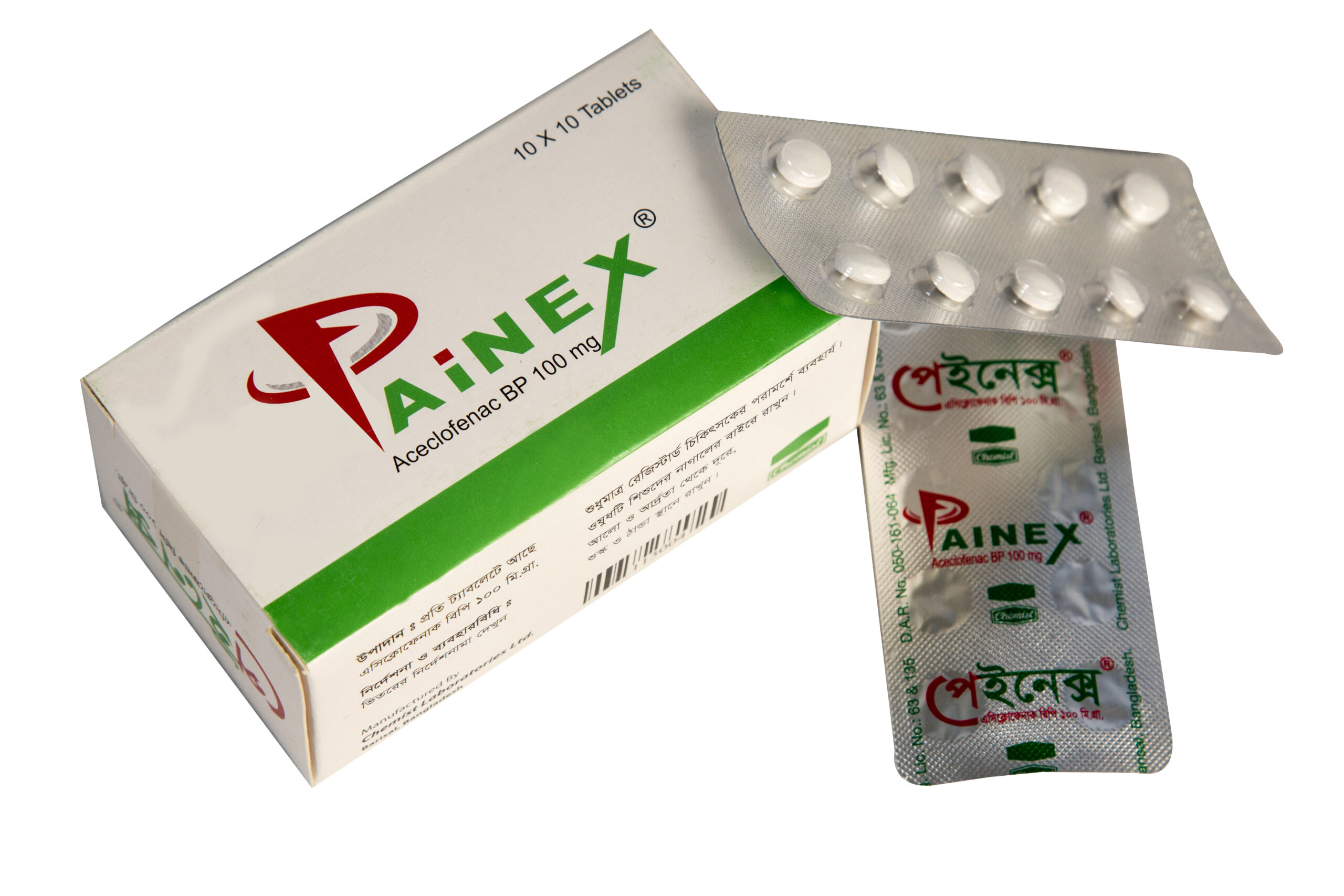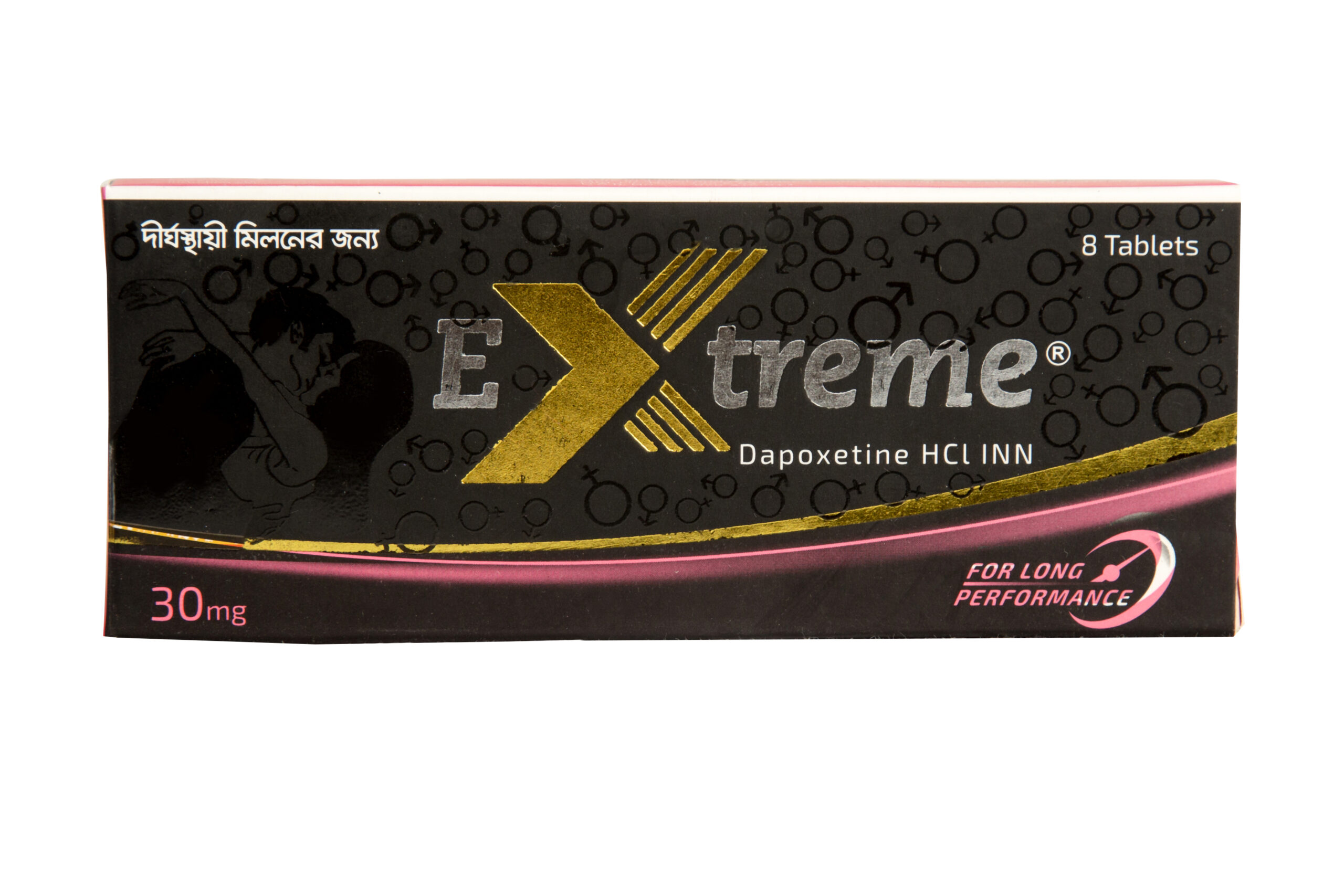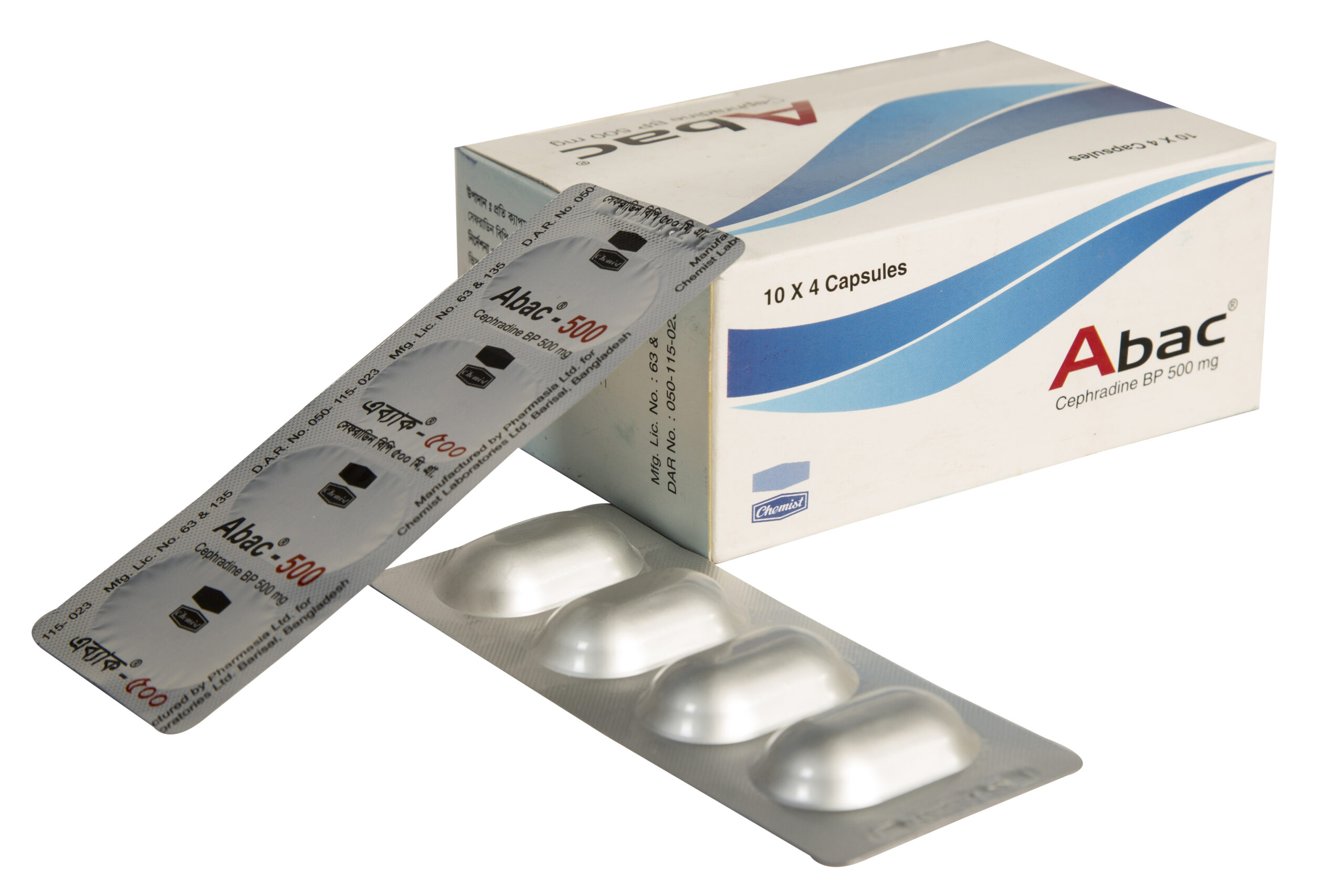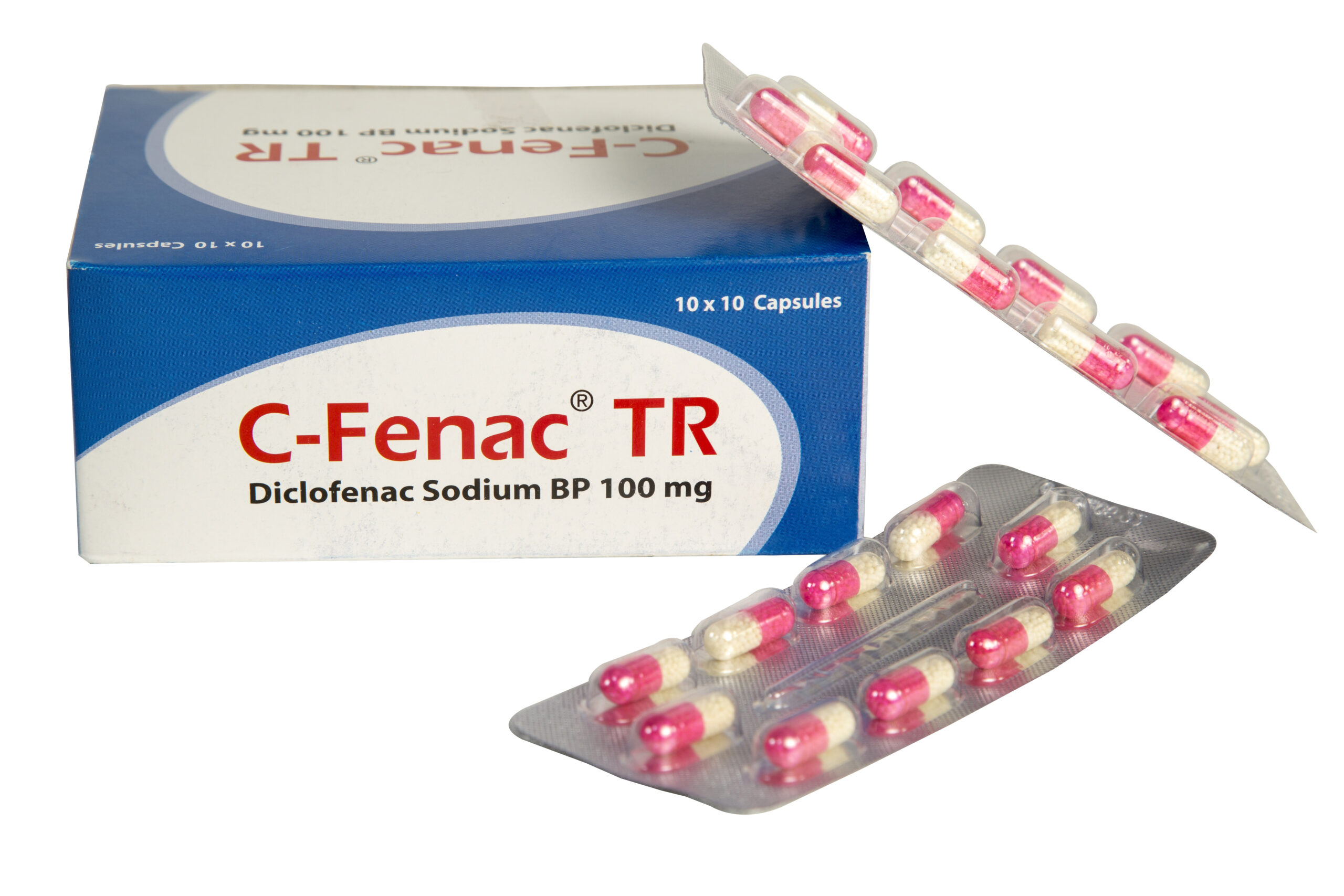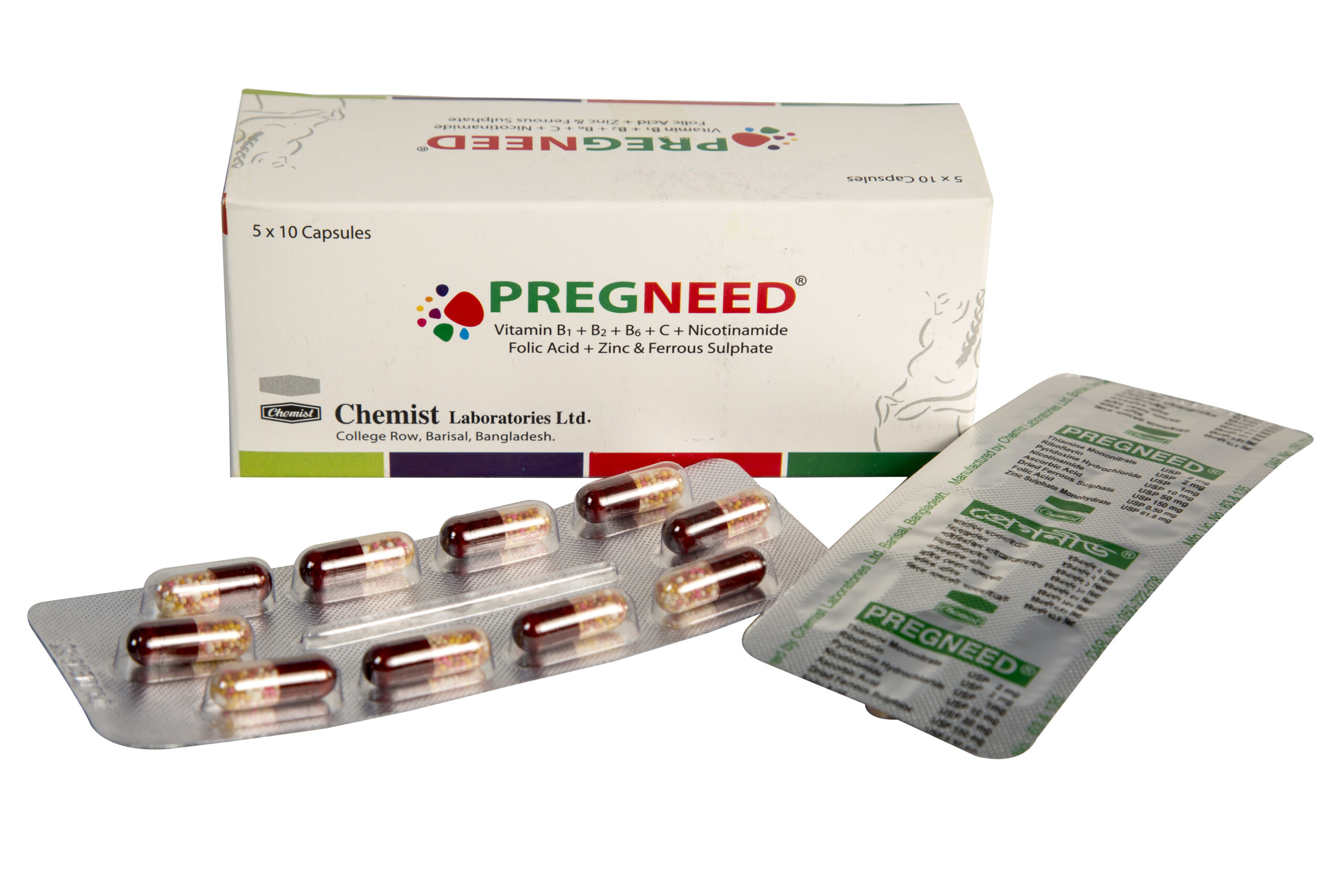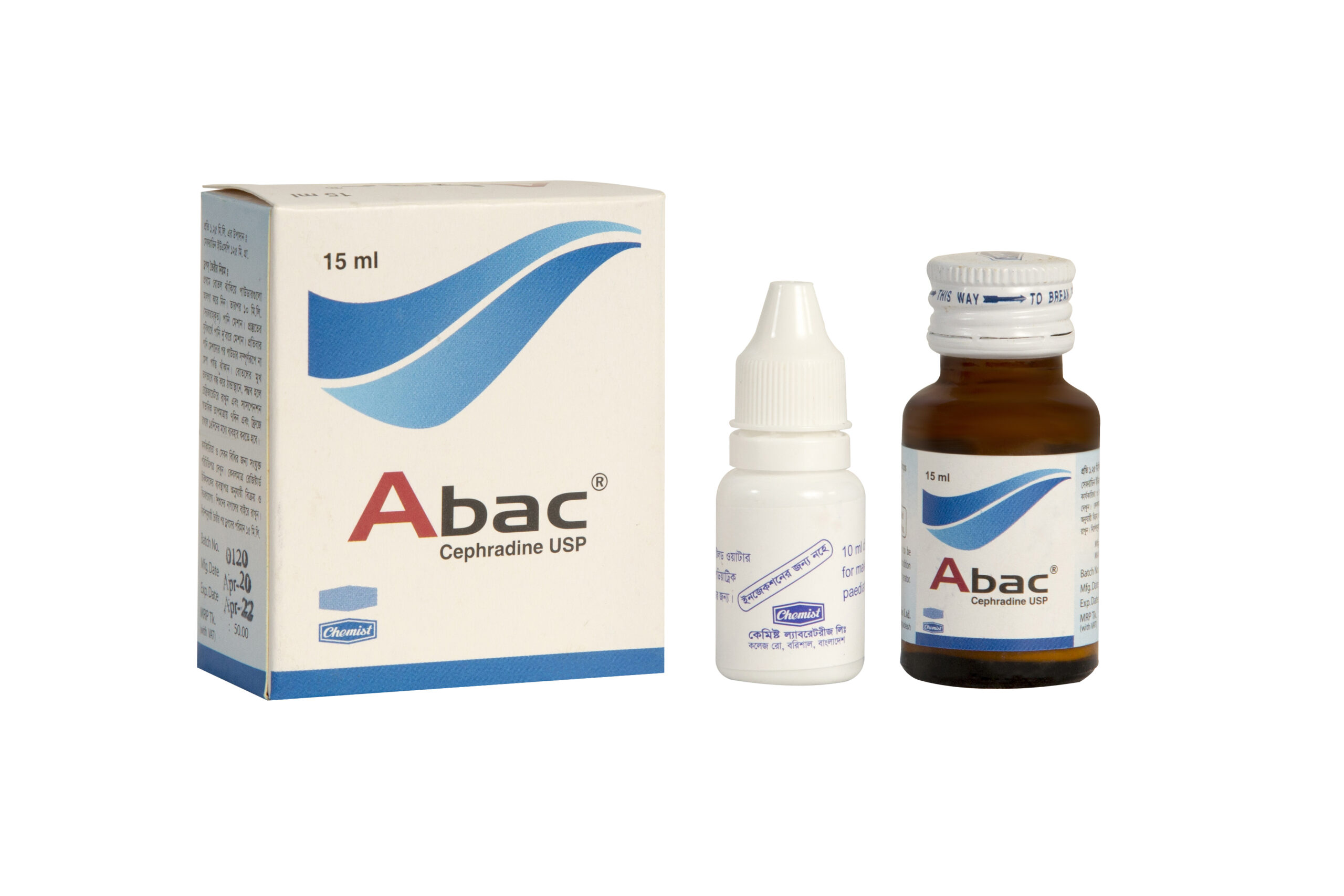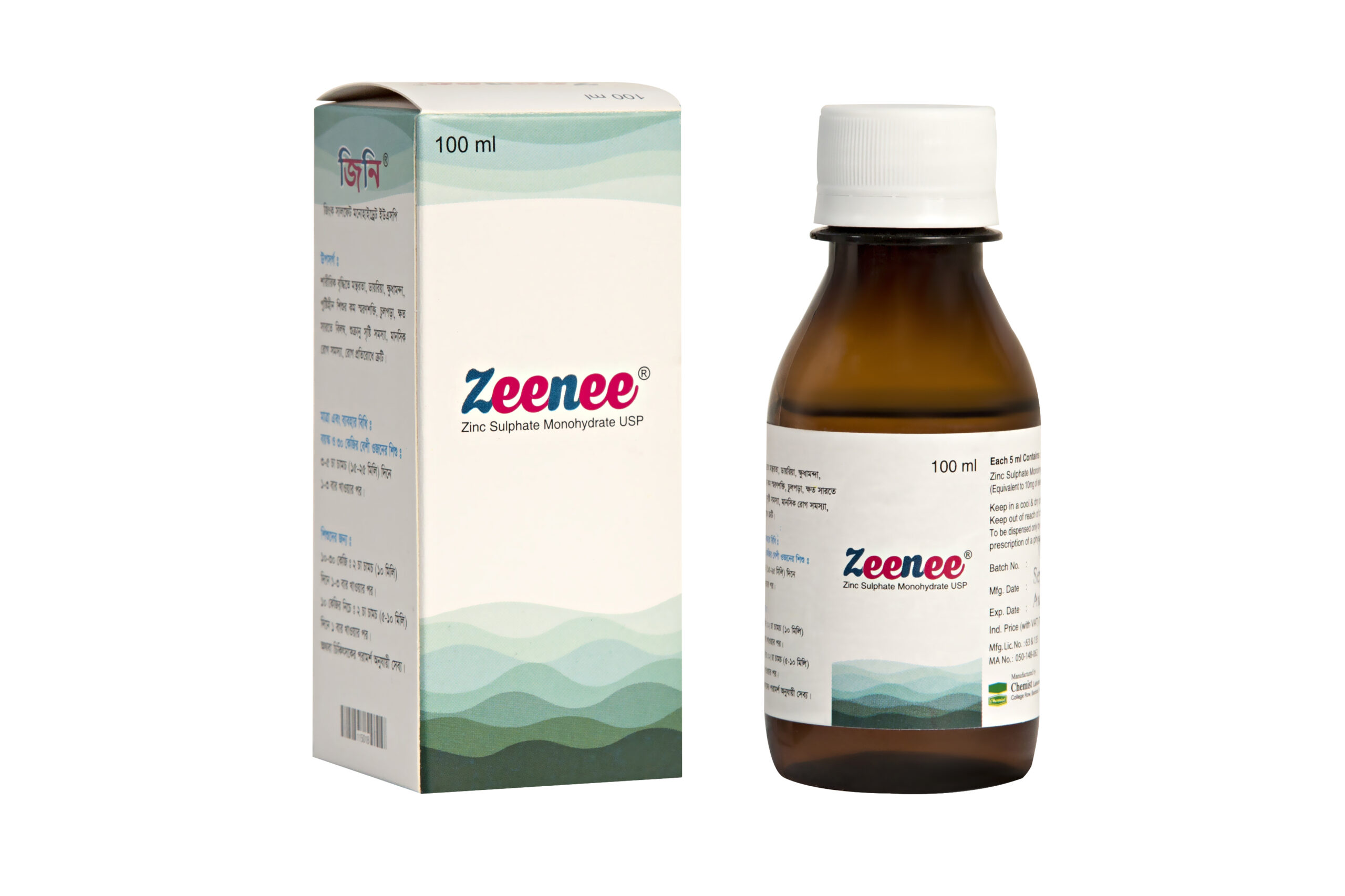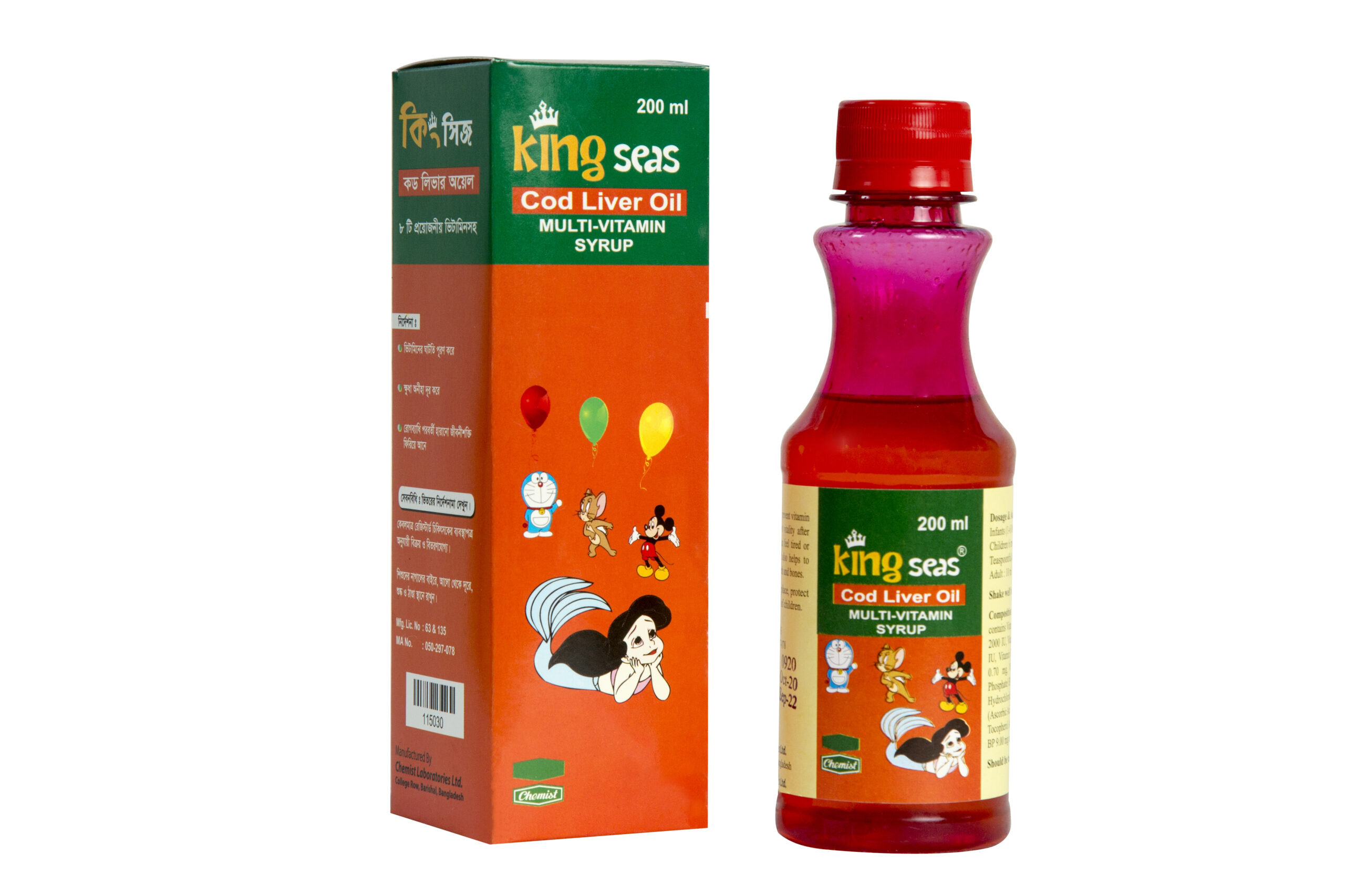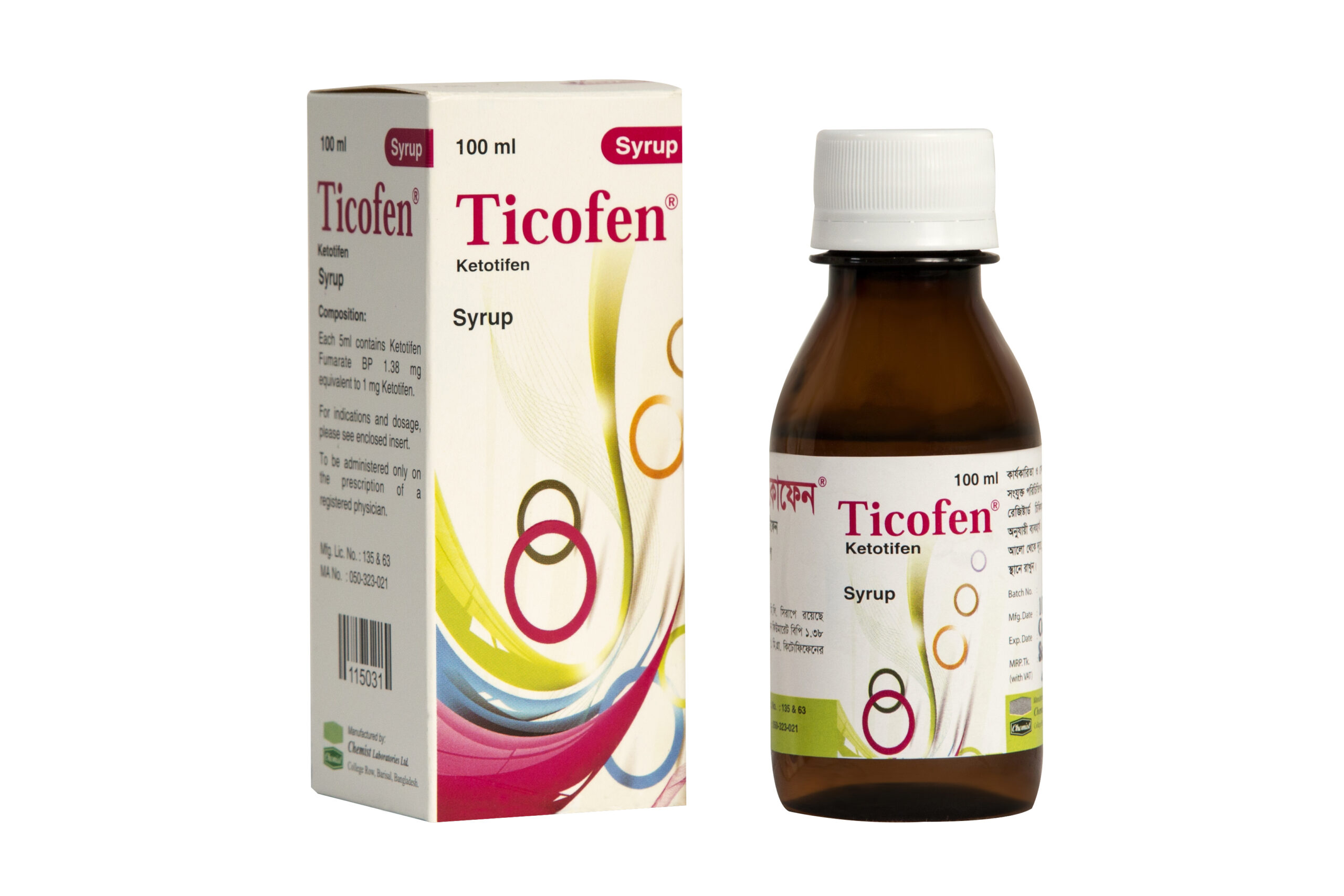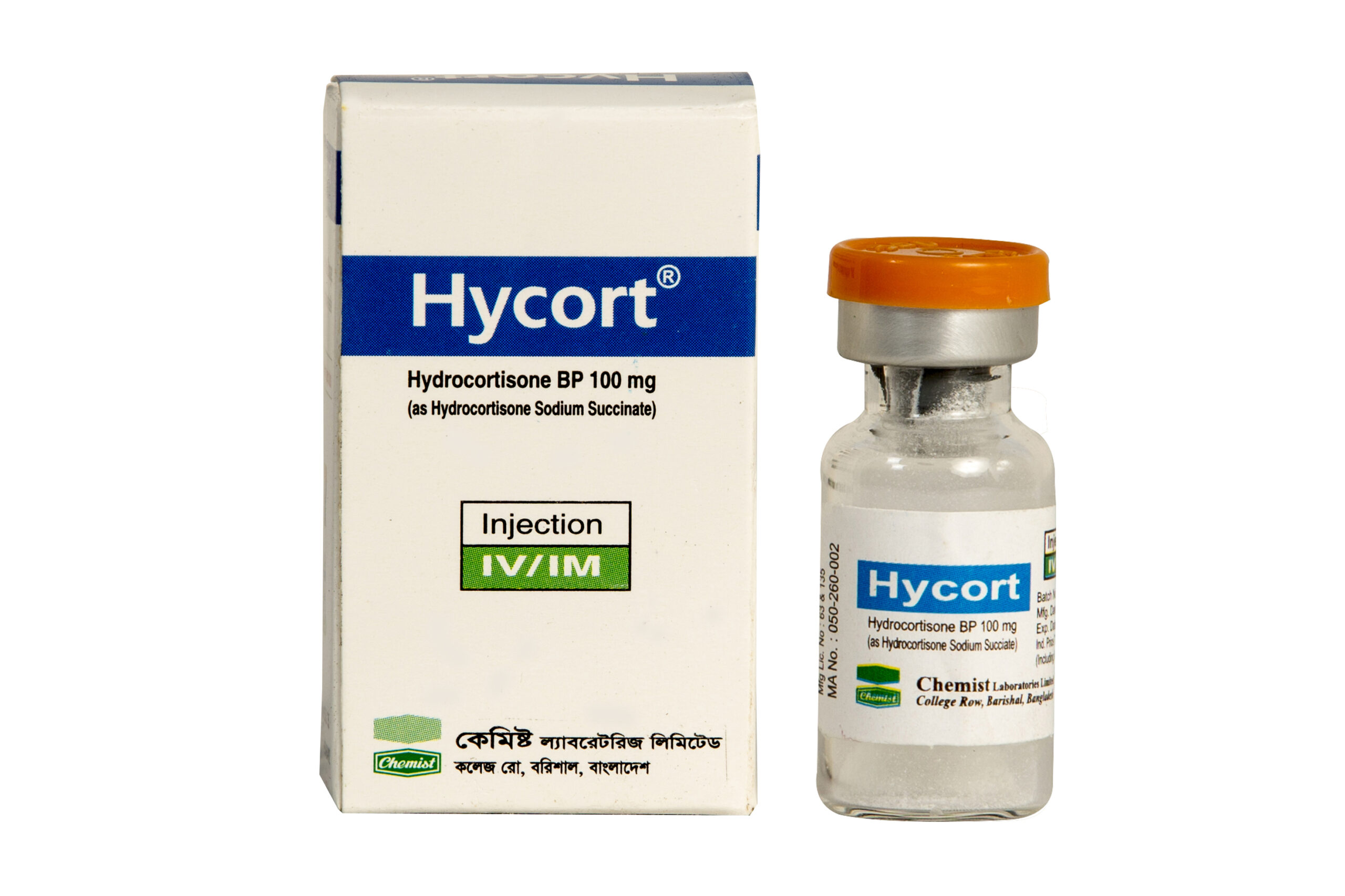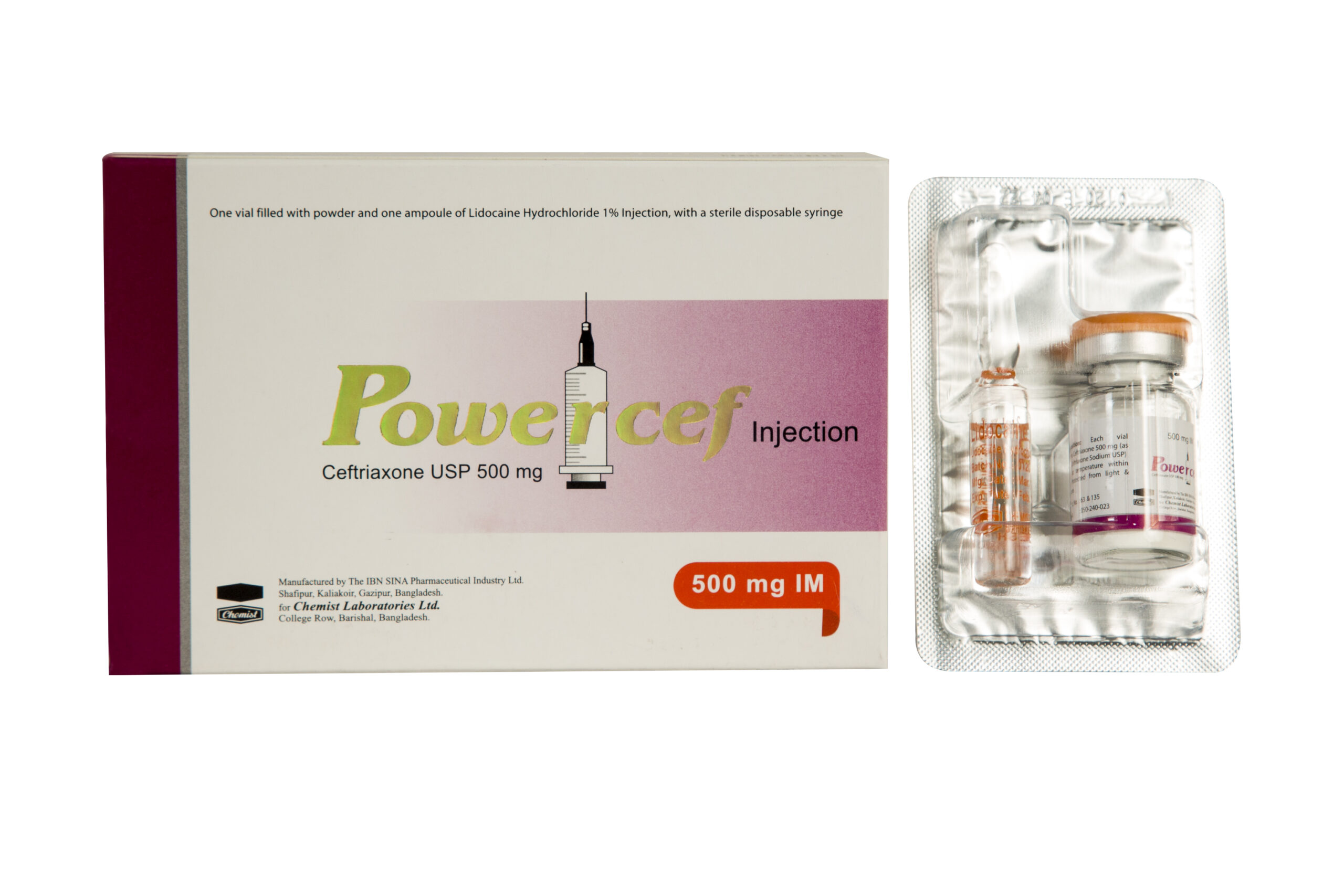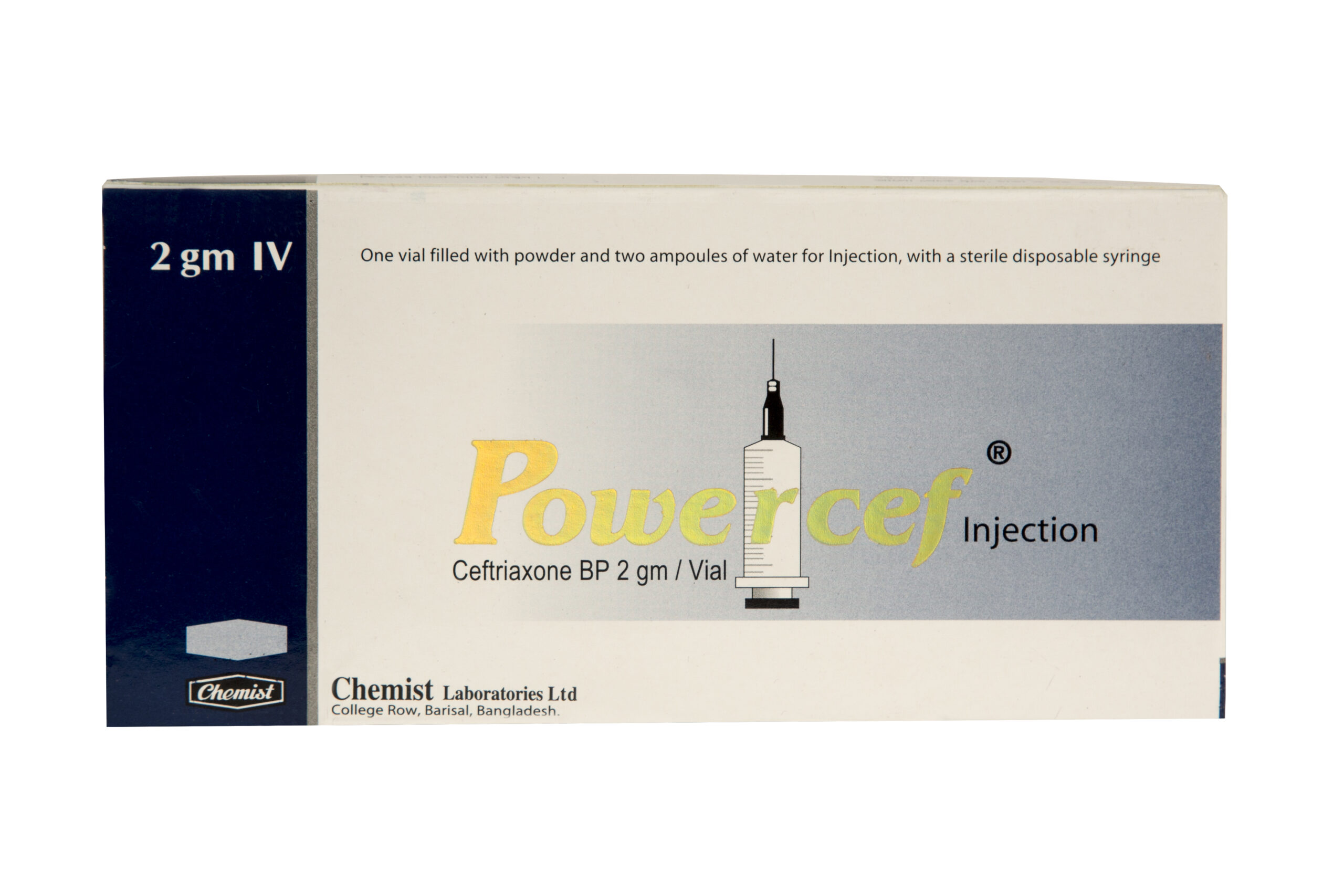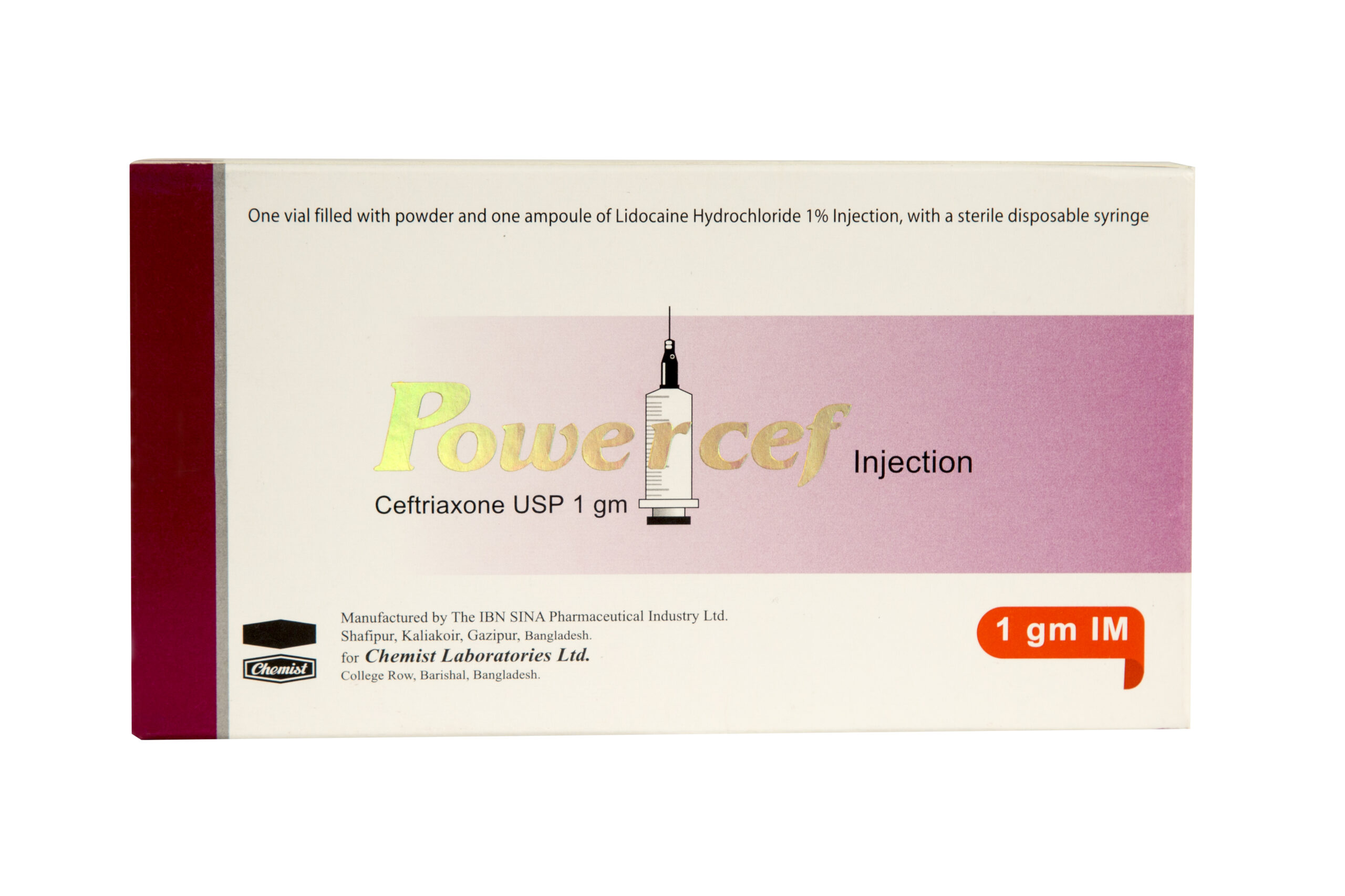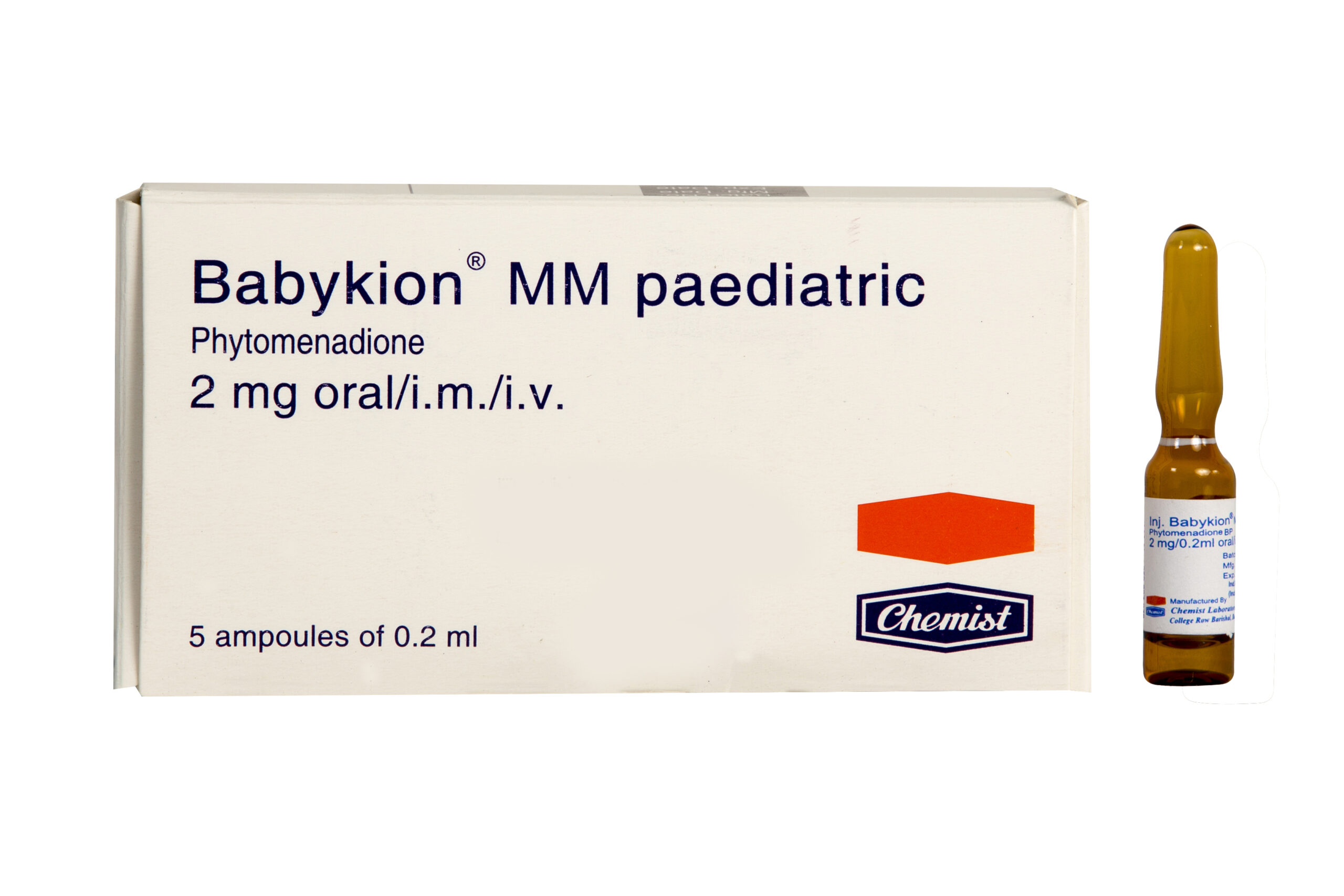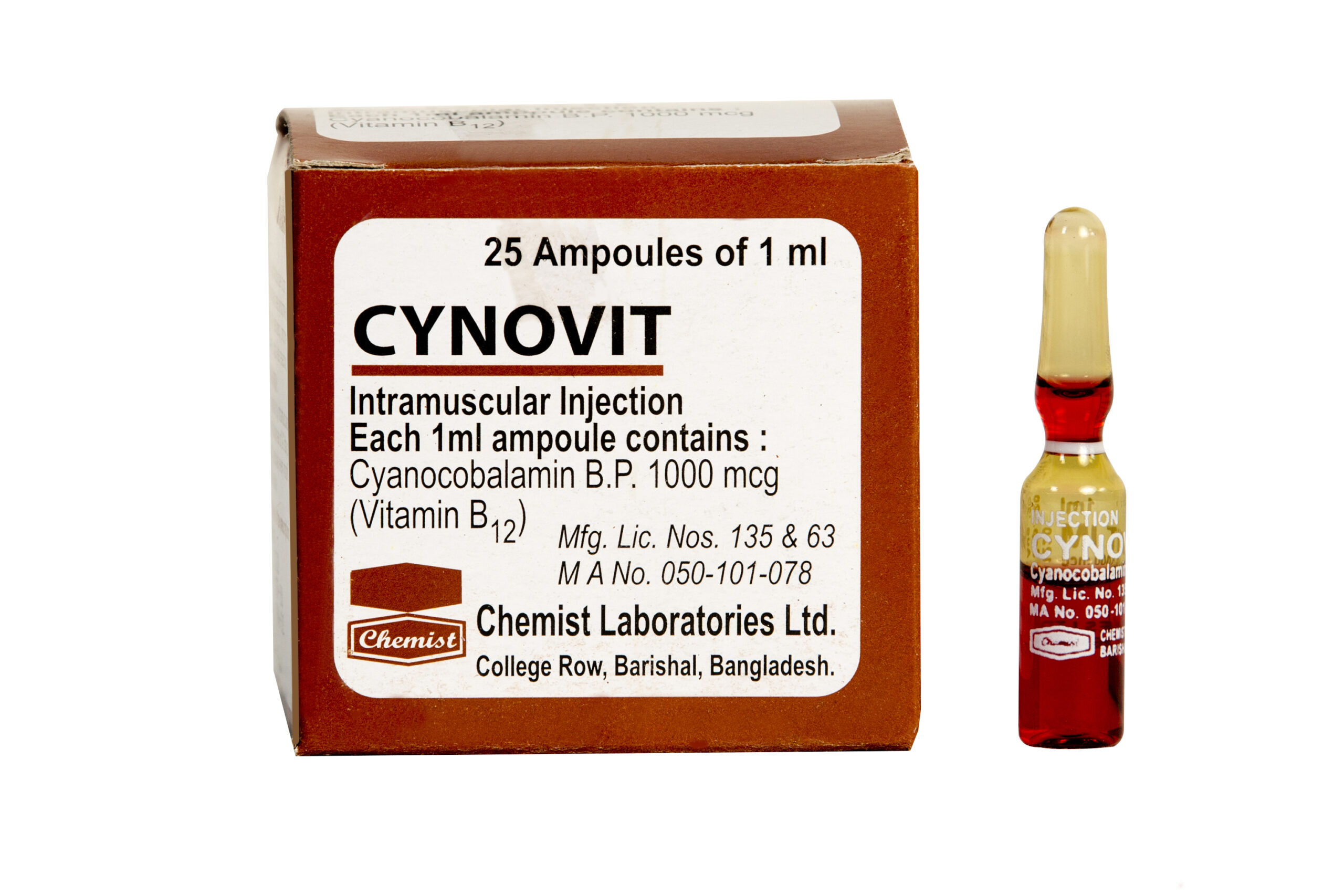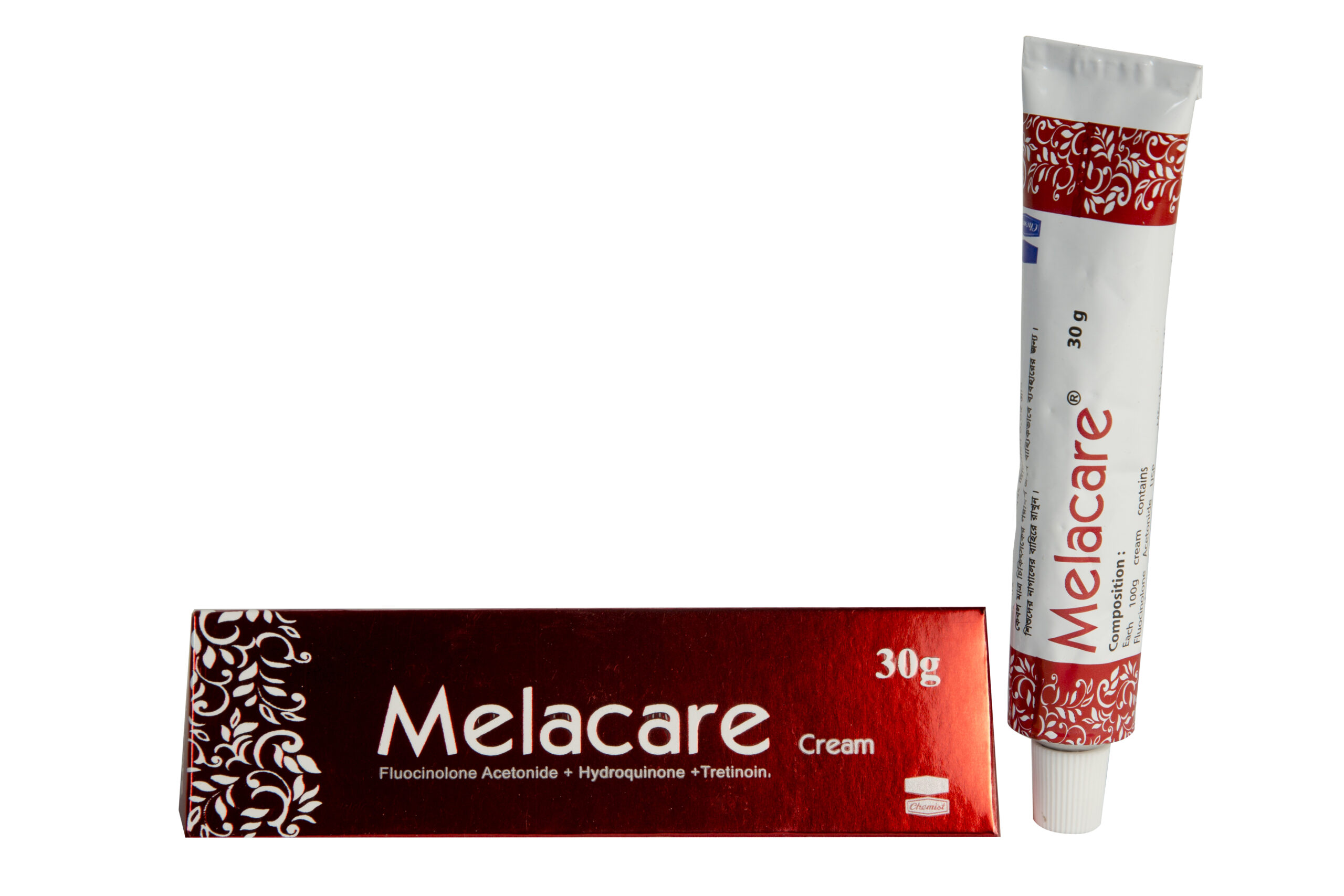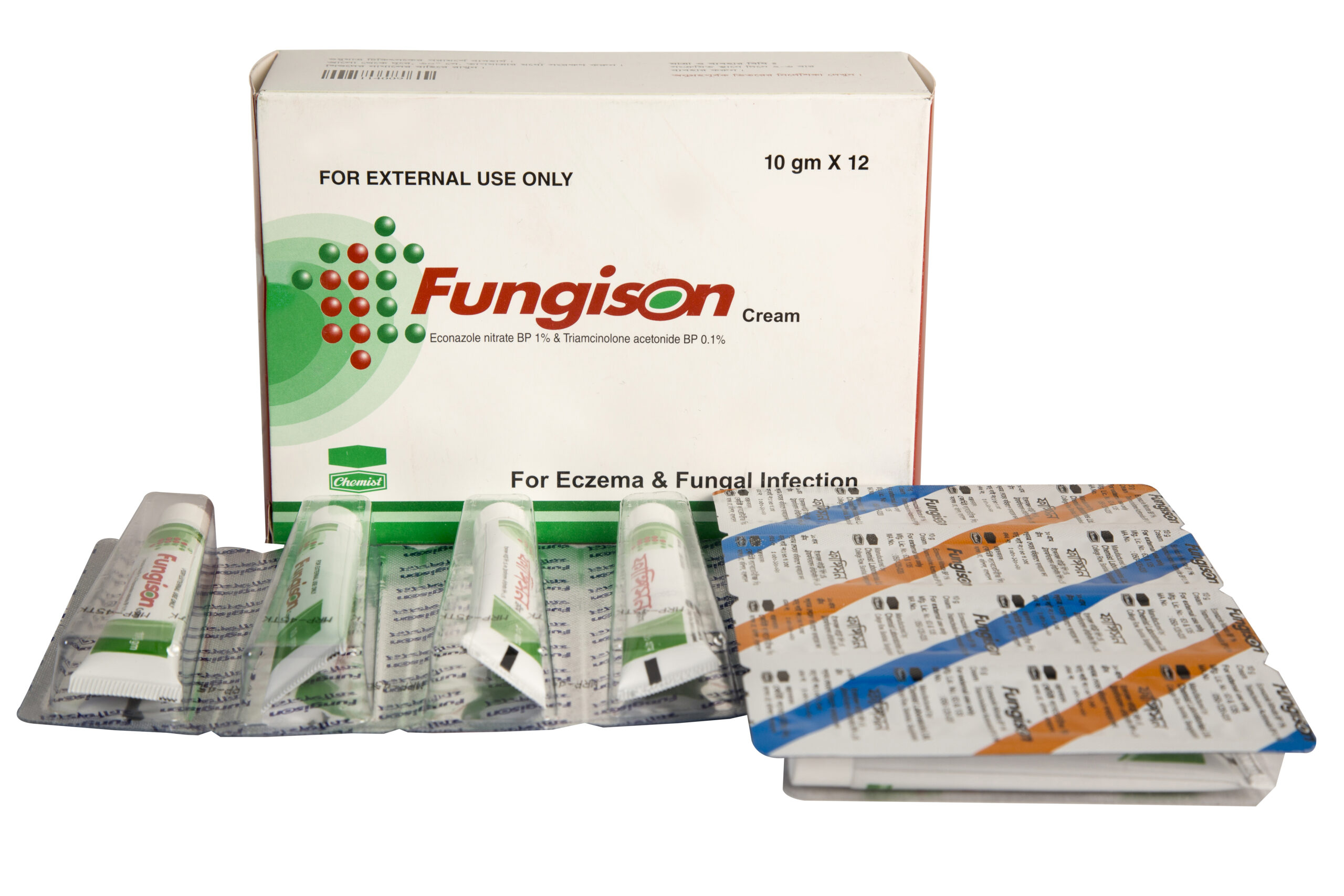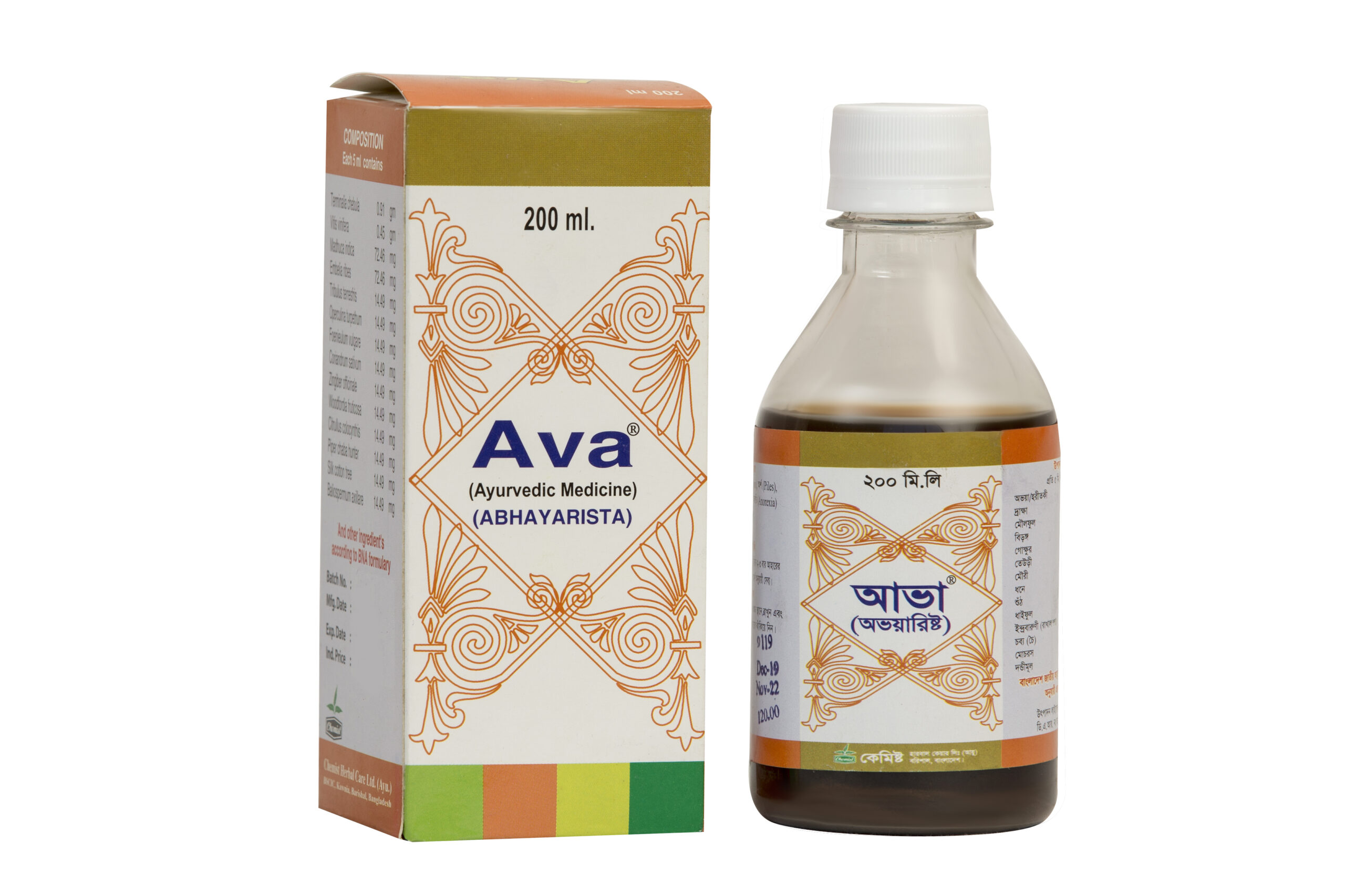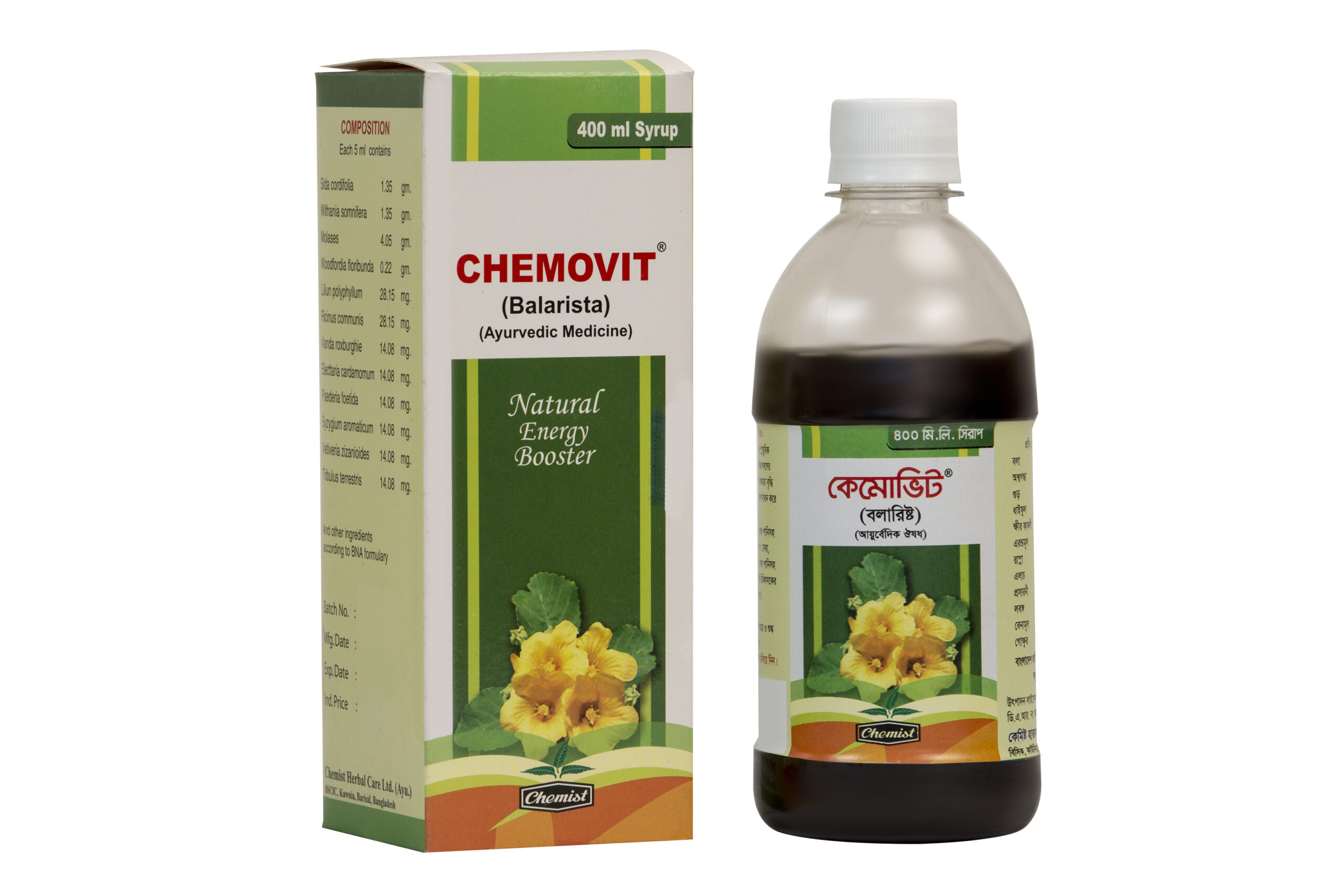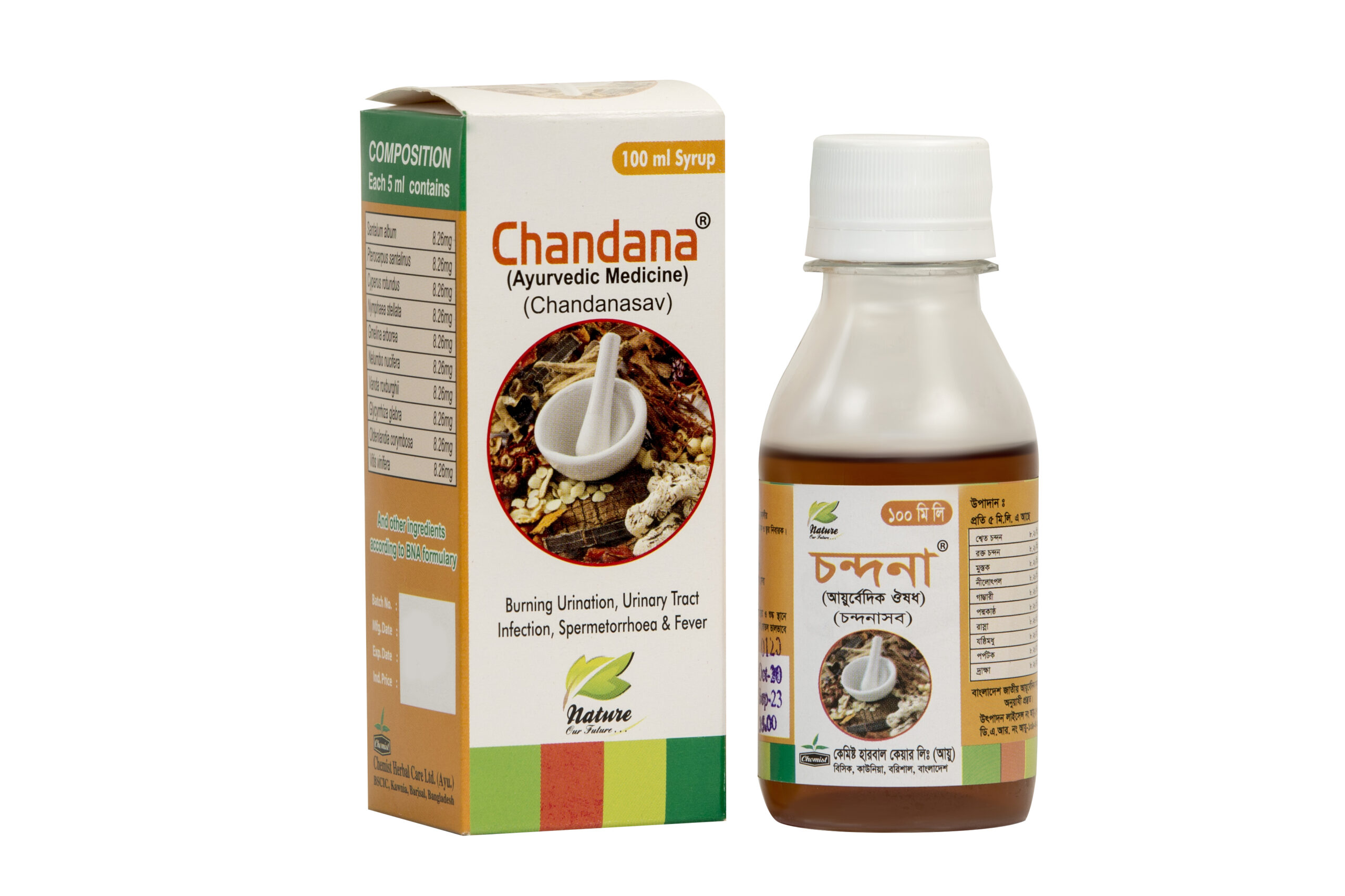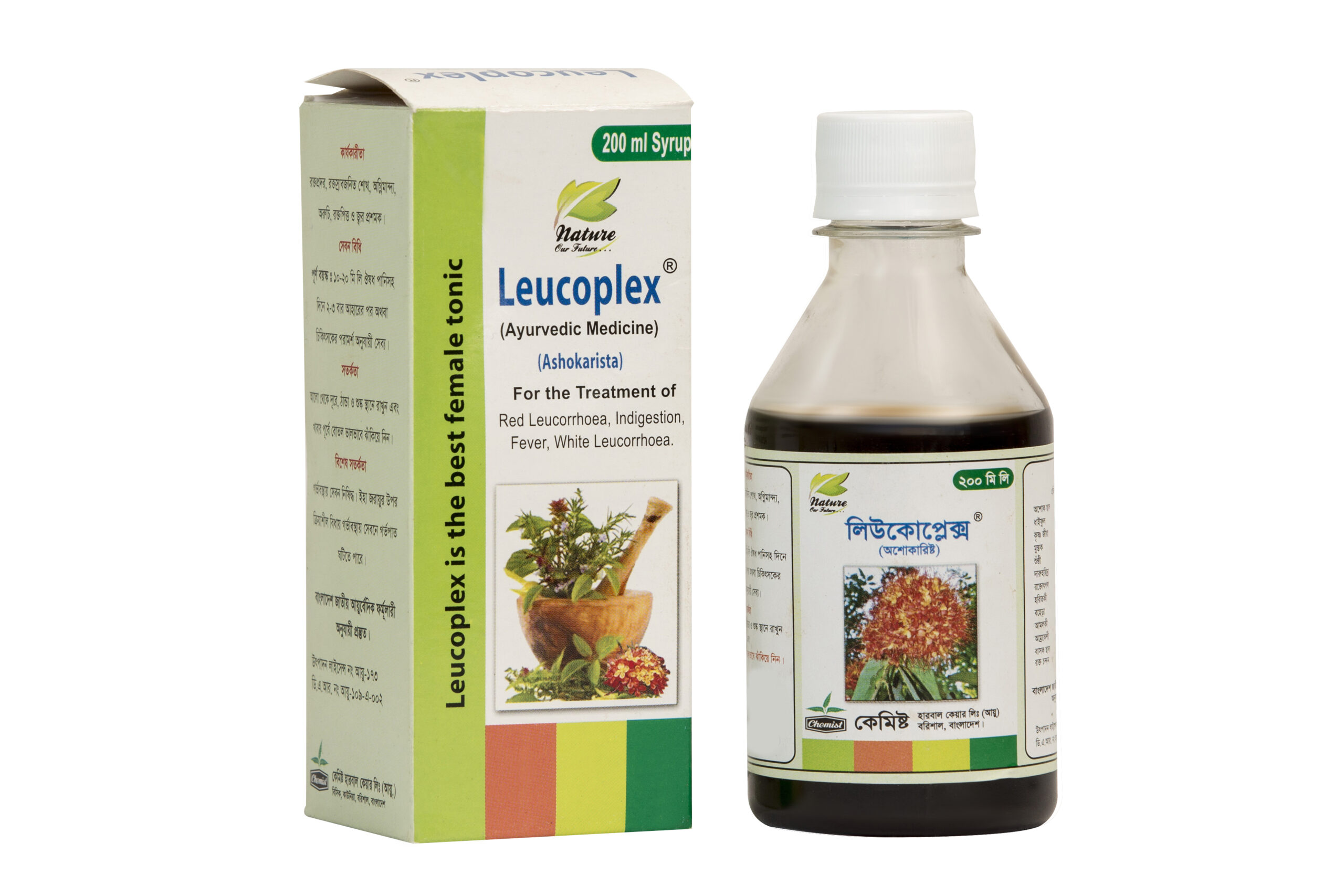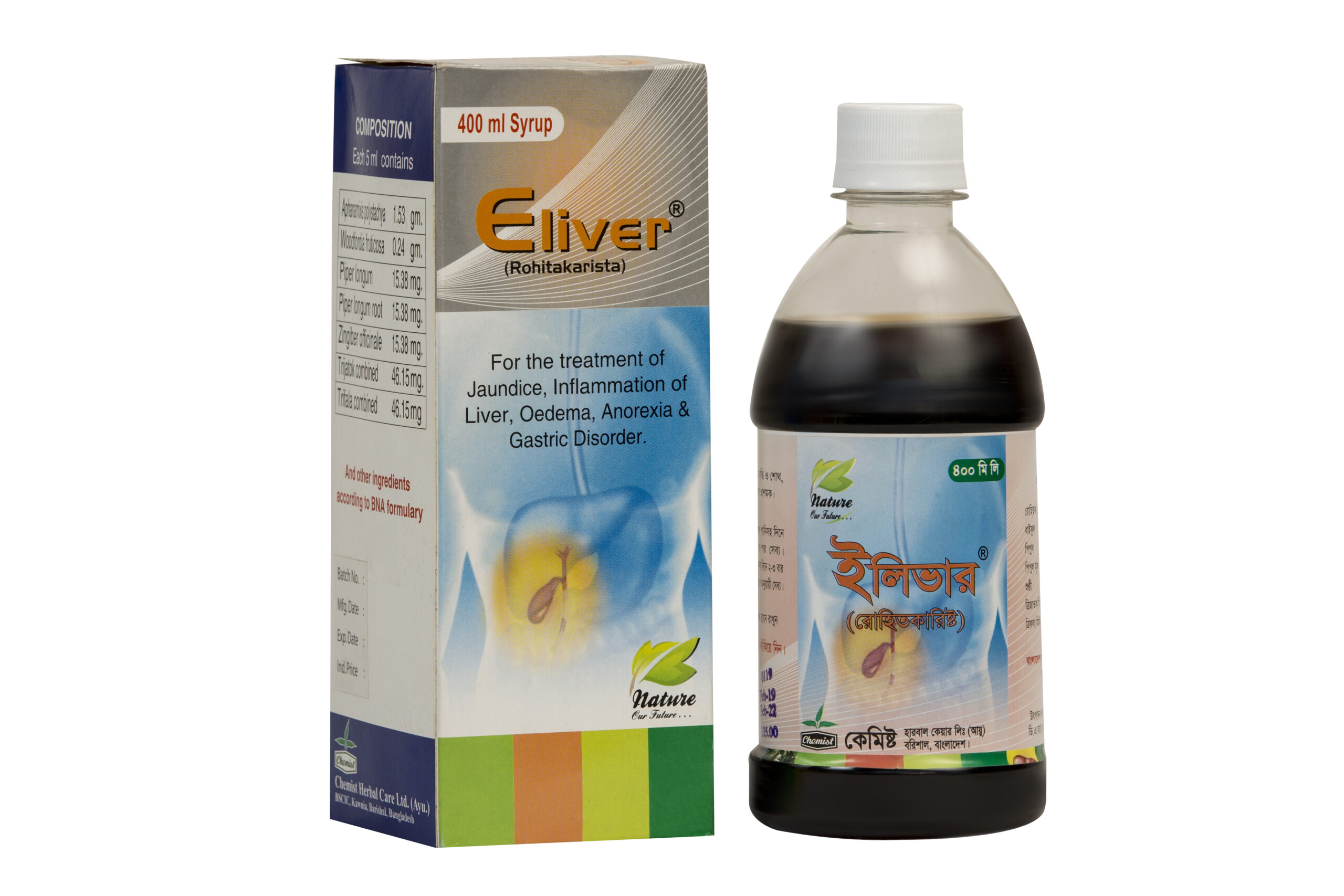PRODUCTS
Composition:
Per 100ml Contains Choline chloride 500mg, DL-Methionine 55mg,L-Lysine 27.5 mg,Inositol 10 mg, Vitamin B12 3 mcg, Biotin 8 mcg , Vitamin E 20 mcg, Sorbitol 50 mg,Liver fraction11 100 mg,Yeast Extract 200 mg.
Indication:
- Improve and boost appetite
- Improves Digestive & Reproductive system.
- Increases kidney & liver function.
- Protects the liver from the effect of toxins.
- For the treatment of parasitic diseases, diarrhea & constipation.
- To improve growth, weight gain,liveability in pets.
- Supportive therapyt in deficiencies.
- Supportive therapy in liver cirrhosis, fibrosis, hepatitis,Jaundice, etc.
Dosages & Administration:
Dogs: 5-10 ml twice daily for 5-7 days.
Cats/Rabbits: 4-6 ml twice dailyfor 5-7 days.
Pups & Kitten: 3-5 ml twice daily for 5-7 days.
Bird: 1ml/1L liter drinking water twice daily for 5-7 days.
Side Effects: Constipation,diarrhoea,abdominal pain may occur.
Contraindication: The drug is contraindicated in animals hypersensitive to any of its ingredients.
Withdrawal Period: Null
Storage: Store at temperature within 30 d celcius and protected from light and moisture.. Keep out of reach of children.
Pregnancy & Lactation: Safe
Supply: 100ml bottle
Composition:
Each 20 ml Calciton Contains: Calcium 325.6 mg, Magnesium 20 mg, Phosphorous 167.7, Vitamin B12 20 mcg, Vitamin D3 1600 IU.
Indication:
- Promotes bone and teeth health, as well as skin barrier.
- Important nutrients for milk feeding dams.
- Enhances growth in puppies and kittens
- Increases playfulness & activities of pet.
- Increases egg production of pet birds.
- Prevents Broken eggs & Improves egg binding and egg fertility.
Mode Of Action:
Calcium and Phosphorus: Helps build bones and cartilage.
Magnesium: Increases neurochemical transmission and muscular excitability.
Vitamin B12: Acts as a co-enzyme. Red blood cells help in the formation, maintenance of neurological function and brain function and development.It also helps in protein and fat conversion which is essential for cell division and DNA synthesis.
Vitamin D3: Helps prevent disease and build bones.
Dosages & Administration:
- Puppies - 1-2 ml twice a daily for 3-5 days.
- Dogs - 5-10 ml twice a daily for 3-5 days.
- Cats - 1-3 ml twice a daily for 3-5 days.
- Pet birds -0.2-1 ml per 100 gm body weight. Administer 2 times per week during the breeding season. Change water daily.
Contraindication: Contraindicated to heart or kidney diseases animal.
Pregnancy & Lactation: Safe
Precaution: Sometimes happens calcium poisoning of pet due to over dosages of calcium.
Side effects: Signs of poisoning due to calcium include nausea, vomiting, diarrhea or constipation, lethargy (decreased activity) and a lack of appetite (inappetence).
Storage: Store in a cool & dry place protected from light. Keep out of the reach of children.
Pack Size: 100 ml
Composition:Per ml contains: Vitamin A Palmitate BP 100000 IU,Vitamin D3 BP 20,000 IU,Vitamin E Acetate BP 20 mg
Mode Of Action:
Vitamin A: Helps to increase immunity and vision, growth, cell division, reproduction. It has antioxidant properties.
Vitamin-D: Helps prevent disease and build bones.
Vitamin-E: Protects fatty acids from free-radicals as an antioxidant.
Indication:
- Deficiency of A,D3 & E
- Prevention of sight disturbances ,Convalescence and skin problems.
- Improves Reproductive System.
- Reduced stress condition during high temperature,humidity,transportation before and after vaccination.
- Increases growth rate and milk yield.
- Stabilization of immune system and increase body resistant to infections.
- Increases egg fertility, egg production rate, egg shell forming in bird.
Dosages & Administration:
Cat: 1-2 ml/animal in 1L drinking water twice daily for 3-5 days.
Dog: 3-4ml/animal in 1L drinking water twice daily for 3-5 days.
Bird: 1ml solution per 2 liter drinking water for 3-5 days.
or, as Directed by registered veterinarian.
Contraindication: Contraindicated to renal and cardiac insufficiency.
Side Effects: Over dosage of vitamin D3 may cause hypercalcaemia in young animals.
Storage: Store in a cool & dry place protected from light. Keep out of reach of children.
Pregnancy & Lactation: SafeSupply: 100 ml
Composition: Each 5 ml Contains Zinc (as zinc sulfate monohydrate) 10 mg USP.
Mode Of Action: Zinc improves water and electrolyte absorption and improves the regeneration of the intestinal epithelium, increases enzyme levels, enhances immunity and helps to clean germs.
Indication:
- Promotes healthy skin and coat.
- Prevents excessive hair loss.
- Increases appetite of pet.
- Strengthens the immune system.
- Prevents diarrhea & reduced Stress.
- Improves eye sight & vision.
- Boosts reproductive function and immunity.
- Helps to produce a variety of hormones.
- Assists in cell division, DNA and RNA replication.
- Serve as antioxidant involve in removal of free radicals.
- Ensures feather growing, regular body growth, egg fertility of Bird.
Dosages & Administration:
Given orally once a day or as prescribed by registered veterinarian.
Small & Medium breeds ( Dog, Cat & Rabbit):
For Puppies/Kitten ages (2 weeks- 1 month): 3 ml a day twice daily for 3-5 days.
Medium Breeds (1-6 months): 4 ml a day twice daily for 3-5 days.
Large Breeds (6 months): 5 ml a day twice daily for 3-5 days.
Birds (Parakeets or Budgies, Cockatiels & Lovebirds)
Prevention: 3-4 ml/ 1 liter drinking water daily for 5-7 days.
Treatment: 2-3 ml/ 1 liter drinking water daily for 5-7 days.
Side Effects: Nausea, stomach upset, heartburn may occur.
Precaution: When ingested in excessive quantities can irritate the stomach, resulting in nausea and spontaneous vomiting.
Composition: Each 10 gm contains Neomycin Sulphate BP 7 gm.
Indications:
Chickes : At the arrival of chicks used before vaccination & During Stress time.
Broiler,Layer & Breeding Flock : During Less Feed Intake,Using anthelmentic uses,for Increased Fertility, hatching & egg production after Vaccination, Formation of ard egg shells.
Cattle, Calf, Buffalo, Colt, Goat, Sheep and Horse: Prevention and Treatment of vitamin A,D3 and E deficiency disease,improve digestive system,bone development and skin conditioning,increase fattening, production of milk and meat,male and female fertility rate,prevent complication in late pregnancy,functioning of immune system.
Used for treating the animal enteritis due to Staphylococcus, Shigella dysenteriae, E.Coli,Salamonella and campylobacter,proteus etc.
Mode Of Action: Like other Aminoglycoside antibiotics, neomycin binds to infectious bacterial 30S ribosomal subunits to inhibit bacterial ribosomes and inhibit the translation activity of bacterial protein synthesis. Bacterial translation usually begins by attaching the 30S ribosomal subunit to the mRNA and then extends to the 50S subunit.
Doses:
Poultry: Poultry 1 gram powder should be mixed in 6-7 liters of drinking water and fed for 3-5 days. Calves, goats and sheep: 10 mg. Neomycin sulphate (14 mg / kg jarmycin) per kg body weight should be taken for 3-5 days. Fish and shrimp: 2 g of germicin powder should be mixed with 20 kg of food
Withdrawal Period: Meat - 1 day, Eggs - 0 days.
Pregnancy: Unsafe
Pack Size: 10 gm Sachet.
Composition :
Each 100 gm of dry powder contains Doxycycline HCl BP 11.50 gm equivalent to Doxycycline BP 10 gm.
Description:
The powder contains Doxycycline HCl. Doxycycline belongs to the group of Tetracyclines .The action of doxycycline is based on inhibition of bacterial protein synthesis. Doxycycline has a great anity to the lungs and is therefore especially useful for treatment of bacterial respiratory infections.
Indications :
Used in gram positive and gram negetive bacteria, Protozoa, Rickettsia, Local and Systemic Infection caused by Mycoplasma of Dairy and Poultry.
Poultry :
Necrotic enteritisv Fowl Cholera v Chlamydiosis v Salmonellosis v Mycoplasmosis v Colibacillosis v Infectious synovitis v Infectious Coryza v Fowl Typhoid v C.R.D v
Dairy : Mycoplasma sp, calf scour, pyodema and otitis media due to Staphylococcus infection.v Actinobacillus sp v Streptococcus sp v Pasteurella multocida v Bordetella bronchiseptica v Pasteurella haemolytica vFor Primary and Secondary infection of respiratory tract due to
Contraindication:
Doxi-C Vet is contraindicated in animal with known hypersensitivity to doxycycline.
Side effects:
Discoloration of teeth & sensitivity will be observed in young animals
Drug interaction:
Absorption of Doxycyline may be inhibited by simultaneously used with Aluminum, Calcium, Magnesium, Zinc, Iron & Bismuth.
Dosage and Administration :
Poultry : 1 gm powder mixed with 2liters of drinking water for 3-7 days.
Calves, goats and sheep: Twice daily 15-30 mg per kg body weight for 3-7 days.
Withdrawal Period : Poultry: meat: 5-7 days, egg: 4 days; Dairy: meat: 14 days, milk: Not found
Storage: Store at temperature within 30oc and protected from light and moisture.
Composition: Per 100ml Contains Choline chloride= 500mg, DL-Mithionin= 55mg,L-Lysine =27.5 mg,Insitol =10 mg, Vitamin B 12=3 mcg, Biotin= 4 mcg , Vitamin D : 20 mcg, Sorbitol 50 mg,Liver fraction11:100 mg,Yeast Extract 200 mg.
Indications: Eliver (vet) is used in increasing liver activity,stress prevention, during anthelmintic use, liver pain, presence of toxin in food and during treatment.
Doses:
Cattle :Each animal is given 20-40 ml once daily for 10-15 days, Extended the duration of treatment as needed.
Poultry : Usually 1 ml per liter of water.
Chicken: 5ml per liter of water. Grower:10ml per liter of water.
Grower: 10 ml per liter of Water.
Layer/Broiler:10ml per liter of water.
Pregnancy: Safe.
Pack Size: 1000 ml.
Composition: Each bolus contains Zinc Sulphate BP 200 mg.
Mode Of Action:
Zinc improves water and electrolyte absorption and improves the regeneration of intestinal fluid, enhances brush border enzyme levels, enhances immunity and aids in cleansing germs.
Indications: Zeene Bolus is used to prevent parakeratosis or thickening of the skin, alopecia or hair loss, impaired physical growth, thickening or folding of the skin of the testicular sac, delay in wound healing and growth of foot.
Dosages & Administration:
Cows, buffaloes, horses, goats, sheep and poultry: For every 40-100 kg weight 1 bolus should be fed once daily for 5 consecutive days.
Withdrawal period: Milk and meat: 0.
Pregnancy: Safe.
Supply: 4 x 5 Bolus.
Composition: Thiamine hydrochloride BP 1.00 gm, Riboflavin Sodium Phosphate BP 0.685 gm, Pyridoxine Hydrochloride BP 0.30 gm, Vitamin D3 BP 100000 IU, Cyanocobalamin BP 0.005 gm, Vitamin A BP 1500000 IU, Vitamin E BP 2.00 gm, Nicotinamide BP 3.500 gm, Pantothenol BP 2.500 gm / 100 ml
Indication:
Cattle, Buffalo, Horse, Goat, Sheep, Calf:
Deficiency in vitamin B complex, stomach upset, anemia, weakness, increasing fertility, increase milk production, beef fattening,
Mode of Action:
Vitamin B1 acts as a co-enzyme in the body. Helps in the conversion of nutrients into energy and the production of sugars.
Vitamin B2 acts as a co-enzyme in the body. Helps in the conversion of nutrients into energy and activation of Vitamin B6 and conversion of tryptophan to niacin.
Vitamin B6 acts as a co-enzyme. White blood cells are formed and help in amino acid metabolism. Glycogen is also required for glucose secretion and synthesis of various neurotransmitters.
Vitamin B12 acts as a co-enzyme. Red blood cells help in the formation, and maintenance of neurological function, and brain function and development. It also helps in protein and fat conversion which is essential for cell division and DNA synthesis.
Copper synthesizes and maintains collagen.
Cobalt helps in the synthesis of E12 of beneficial bacteria located in the stomach.
Iron helps oxygen to get into hemoglobin.
Dose and administration:
Large animal- 10-15 ml intra-muscularly 3 days each 1-day interval.
Goat, sheep- 5 ml intra-muscularly 3 days each 1-day interval.
Dog- 0.5- 1 ml intra-muscularly 3 days each 1-day interval.
Precaution: Intravenous injection cannot be applied. This can lead to anaphylactic shock. The injection should be applied slowly.
Withdrawal Periods: Milk and meat: 0
Pregnancy Safe: Safe.
Pack size: 10 ml,100ml vial.
Composition: Each bolus contains levamisole hydrochloride 600 mg and Triclabendazole INN 900 mg.
Mode Of Action: Levamisole hydrochloride: It stimulates the nerve cells of endo-parasites and worms and destroys their muscles. This dual effect paralyzes the body of the worm and the worm is excreted in the feces.
Triclabendazole: Triclabendazole is a derivative of benzimidazole. Triclabendazole binds to parasite proteins and stops cell division resulting in parasites losing their function and eventually dying.
Indication:
Cattle, Buffalo, Camel, Horse, Goat, Sheep, Dear: Mature and immature round worm, tapeworm and fluke in digestive system, lung and liver.
Dosages & Administration:
Cow, buffalo, camel and horse: 1 bolus/75 kg once only in empty stomach.
Goat, sheep, deer: 1 bolus/37-75 kg once time only in empty stomach. Repeated dose may be given after 12 days.
Pregnancy: Safe
Cannot be used in milking animals.Supply: 4 x 5
Composition: Each ml Sodium-carb contain 4% sodium carbonate BP 40 mg.
Indications: Cows, buffaloes, horses, goats and sheep: Used for hoof disease.
Dosages & Administration: Other wounds, including mouth and foot wounds,should be washed 2-3 times a day with sodi-carb until the animal infected with the hoof disease recovers Or use as advised by a registered veterinarian.
Storage: Store in a dry and cool place away from light. Keep all medicines out of the reach of children.
Withdrawal period: Milk and meat: 0
Pregnancy: Safe
Supply: 500 ml
Composition: Sodium Bi Carbonate BP 75 mg/ml.
Description: Metabolic acidosis, Acute carbohydrate engorgement, Severe primary lactic acidosis, Barbiturates toxicity, Severe diarrhea which is often accompanied by a significant loss of bicarbonate in body.
Indication:
1) Metabolic acidosis. 2) Acute carbohydrate engagement. 3) Severe primary lactic acidosis. 4) Toxicity of barbiturates. 5) Severe diarrhea which is often caused by significant loss of bicarbonate in the body.
Dosage & Administration: 1.6-4.48 ml/kg body weight or 100 ml/22-58 kg body weight should be applied intravenously. Or, as directed by a registered veterinarian.
Side-effects: Occasionally there may be an overdose of alkalosis.
Contraindications: Sodium bicarbonate is contraindicated in animals which loses chloride ions from the body by vomiting and taking diuretics.
Withdrawal period: Meat and milk: Not known. Use in pregnant and lactating animals: The use of sodium bicarbonate during pregnancy and lactation is not yet known.
Precaution: should not be used with calcium-containing solutions.
Storage: Store in a temperature of 30° C away from light and moisture. Keep out of reach of children.
Supply: 100 ml. Vial and 250 ml. Vial.
Composition: Each vial contains 1 gram of ceftriaxone BP (as sterile ceftriaxone sodium BP).
Ingredients: Each ampule contains 1% lidocaine hydrochloride BP 3.5 ml.
Indication: Powercef (Vet) injection is indicated for the following diseases caused by sensitive bacteria: Lower respiratory tract infections, urinary tract infections, urinary tract and reproductive system infections, gastrointestinal infections, osteoporosis infections, skin and skin infections, pneumonia infections And preoperative prophylaxis. Broncho-pneumonia, mastitis, Metritis, cystitis, post-operative infections, pneumothorax, actinobacillosis, nephritis, gonorrhea, FMD, PPR Including prevention of secondary bacterial infections in other viral diseases.
Dosages & Administration: Cattle, Buffalo, Calf: 1ml/23 kg BW by Deep IM once daily for 3-5 days.
Goat & Sheep: 1ml/11 kg BW by Deep IM once daily for 3-5 days.
Dogs & Cats: 1ml/9 kg BW by Deep IM once daily for 3-5 days.
Horse: 1 Vial/40 kg BW by Deep IM once daily for 3-5 days.
Precaution: Powercef (Vet) injections should not be used in animals sensitive to beta-lactam other than penicillin or cephalosporins.
Interactions with other drugs: No action of other drugs with Powercef (Vet) injection was observed.
Pregnancy and Lactation: Should not be used during pregnancy without confirmation. Due to the low concentration of Powercef (Vet) injection in milk, care must be taken before using it in dairy cows.
Side effects: Diarrhea, dermatitis, pale or yellowish skin, muscle weakness, dark urine, swelling, pain, or itching may occur.
Supply: Each box contains a vial of Powercef (Vet) 1 gram injection with 3.5 ml ampule of lidocaine hydrochloride 1% & 5 ml of a sterile syringe.
Composition: Each bolus contains Paracetamol BP 2.00 gm
Mode Of Action: Paracetamol inhibits the production of cyclo-oxygenase and lipo-oxygenase, disrupting prostaglandin and leukotriene production. Inflammation and pain do not result.
Indication:
Cattle, Buffalo, Camel, Horse, Goat, Sheep, Dog:
Para-C Bolus is indicated for Fever, any kind of pain such as injury associated with pain, arthritis, inflammation, surgical pain & Bovine ephemeral fever, and any kind of disease associated with pain.
Dosages & Administration:
Cow, Buffalo, Camel, Horse, Goat, Dog & Sheep: 1-2 Bolus per 100 kg Bwt 2-3 times Daily.
Poultry: 1 Bolus mixed with 3-4 liters of water and used for 3-5 days.
Precaution: Do not use in cat.
Side Effects: low fever with nausea, stomach pain, loss of appetite, dark urine, clay-colored stools, etc.
Withdrawal Periods: Milk & Meat: 0 days
Pregnancy: Safe
Supply: 8x5 bolus.
Composition: Each ml contains: Meloxicam BP 5 mg & Paracetamol 150 mg
Indications
Pneumonia, Broncho pneumonia, Arthritis, Laminitis, Myositis, Mastitis, Metritis, Prolapse of uterus, Otitis, Pyrexia of unknown origin (PUO), pain and fever associated with inflammation.
Dosage and administration
Cattle, Buffaloes, Sheep and Goats: 10 ml/100 kg body weight (Pneumonia and Prolapse of uterus)
4 ml/100 kg body weight (other indications)
can be used intramascularly/subcutaneously for once a time.
Pack size: 10 ml vial
Composition:
Each 100 gm Mastinil Powder contains-
- Vitamin A - 5000 IU.
- Lactobacillus spp. -100 Million Spores.
- Amino Nitrogen -166.67 mg with fortified calcinated base.
Mode of Action:
- Vitamin A: It promotes epithelial integrity, secretory activity and restoration of damaged prevent scar tissue formation.
- Lactobacillus: It competitively antagonizes and inhibits pathogenic organism.
- Amino nitrogen: It induces non-specific immunity & also improve the levels of transferrins and lactoferrins.
Indication:
- Helps boost immunity against sub-clinical mastitis.
- Protects pregnant and lactating cows from all types of mastitis.
- Helps regulate intestinal epithelial cells.
- Helps in increasing the production and quality of milk.
- helps reduce udder swelling and bloody milk.
Dosage and Administration:
For Pregnant and lactating cow, buffalo, mare: 30 gm twice daily for 5 to 7 days.
For Pregnant and lactating goat, sheep, dog, cat: 5-10 gm twice daily for 5 to 7 days.
Or as directed by the registered Veterinary physician.
Use in pregnant:
Mastinil Vet is safe during Pregnancy.
Withdrawal period:
Meat & Milk- Zero (0) Day.
Storage:
Store at temperature with in 30 ̊ C and protected from light and moisture. Keep all medicine out of reach of children.
Composition: Each 1 gm bolus contains Marbofloxacin USP 50 mg
Mode Of Action:
Its mechanism of action is not thoroughly understood but it is believed to be similar to the other fluoroquinolones by impairing the bacterial DNA gyrase which results in rapid bactericidal activity.
Indication:
Cattle, Buffalo, Goat & Sheep: Act against gram positive and negative bacteria, Mycoplasmosis, Mastitis, Diarrhoea & Gastrointestinal Infection, Respiratory infection, Calf Scour etc.
Dosages & Administration:
Large Animals: 1 bolus/50 kg bwt daily once for 3 consecutive days.
Calf: 1 bolus / 50 kg body weight daily once for 3 consecutive days.
Dogs / cats: 1 bolus / 18 kg body weight (2.75 mg / kg body weight) for 3 consecutive days.
Withdrawal Periods: Meat: 6 Days & Milk: 36 hrs
Pregnancy: safe
Supply: 5x4
Composition: Per ml It contains Ivermectin BP 10 mg
Indication: Cattle, Buffalo, Goat, Sheep: Round worm in the intestine, lungworm and external parasites such as lice, mites, and blood-sucking flee.
Mode of Action: Ivertine injection inhibits the synthesis of gamma-aminobutyric acid which paralyzes and kills nematodes and arthropods by destroying the parasite's nerve supply.
Dosages&Administration: Cow, Buffalo, Sheep & Goat: 1 ml/ 50 kg as a single dose through SC.Horse-1 ml/50 kg as a single dose through SC. A repeated dose may be given after 28 days in the case of Humpsore.
Dog: 0.2 mg/kg for every 50 kg body weight 1 ml. Ivertin should be applied Subcutaneously. If necessary, it can be applied again after 14 days.
Cat: For every 5 kg of body weight 0.25 ml of Ivertine should be applied subcutaneously. If necessary, it can be applied after 14 days.
Pregnancy: Safe
Withdrawal Period: Meat - 14 days; Milk - 7 days; Eggs - 7 days.
Supply: 5ml,50 ml
Composition: Each bolus contains Fenbendazole BP 250 mg.
Indication:
Round worm, Lung worm & Tape worm in Sheep, Goat, Calf, Cattle & Buffalo.
Round worm in horse
Round worm & tape worm in dog, cat.
Mode Of Action: Fenbendazole blocks the microtubuless & disrupts the energy management system of the worms leading to paralysis & death.
Dosage & administration
Route of administration: For oral administration only-
Bolus
Sheep & goat: 1 bolus/ animal (5 mg/ kg body weight) as a single dose.
Cattle & Horse: 7.5 mg/kg body weight as a single dose.
Dog & Cat: 100 mg/ Kg body weight as a single dose.
Contraindications:
Fenbendazole should not be used within 14 days of liver fluke treatment and animal less than 3 month of age.
Side effects:
Allergic response may be seen Cattle with heavy lung worm infection.
Use in Pregnancy & Lactation:
Fenbendazole may be used during pregnancy, lactation & lay. However, risk & necessity should be considered during administration in pregnant, lactating animals & lay.
Withdrawal Time
Livestock: Meat- Meat must not be consumed up to 14 days & Milk- 3 days after administration of this medicine
Storage: Store below 30° C temperature and dry place, protected from light. Keep all medicines out of reach of children.
Supply: 5x4's boli in blister strip.
Composition: Chemovit-DB (Premix) contains all the essential vitamins and minerals for cattle.
Indications: Cattle, Buffalo, Goat, Sheep : Deficiency of vitamin and mineral, increase milk and meet production, increase fertility and immunity.
Mode Of Action:
Vitamin B1: acts as a co-enzyme in the body. Helps in conversion of nutrients into energy and production of sugars.
Vitamin B2: acts as a co-enzyme in the body. Helps in conversion of nutrients into energy and activation of Vitamin B6 and conversion of tryptophan to niacin.
Vitamin B6: acts as a co-enzyme. White blood cells are formed and help in amino acid metabolism. Glycogen is also required for glucose secretion and synthesis of various neurotransmitters.
Vitamin B12: acts as a co-enzyme. Red blood cells help in the formation, maintenance of neurological function and brain function and development. It also helps in protein and fat conversion which is essential for cell division and DNA synthesis.
Vitamin C:acts as a co-factor of enzymes and as a powerful antioxidant, maintains connective tissue. Helps in collagen synthesis and enhances immunity.
Vitamin B3: acts as a co-enzyme in the body and aids in cellular function and acts as an antioxidant. Helps in ecolysis and extraction of energy from glucose.
Vitamin A: helps boost immunity and eyesight. Vitamin D helps prevent disease and build bones. Vitamin-E protects fatty acids from free-radicals as an antioxidant.
Vitamin D: helps prevent disease and build bones. Vitamin-E protects fatty acids from free-radicals as an antioxidant.
Vitamin K: helps prevent blood clots. It also reduces bone formation and calcium production in the blood.
Dosages & Administration:
Cows and buffaloes: 20 grams of powder mixed with food should be fed to each animal twice a day for 5-10 consecutive days.
Calves, goats and sheep: 10 grams of powder mixed with food should be fed to each animal twice a day for 5-10 consecutive days.
Withdrawal period: Milk and meat: 0
Pregnancy: Safe.
Supply: 100 gm container.
Composition: Each ml Chemofen Vet contains Tolfenamic acid BP 40 mg
Indication & Uses: Acute/Chronic inflammation and pain, Febrile Syndrome/ Fever/ Pyrexia, Gout, Bursitis, Rheumatoid arthritis, Supportive Treatment: Pneumonia, Mastitis, Metritis, and lameness.
Mode Of Action: Chemofen vet inhibits prostaglandin synthesis and tissue response to prostaglandin. Tolphenamic acid ensures a long half-life by following the entero-hepatic cycle.
Dosage and Administration: 1 ml./ 20 kg of weight once intramuscularly, subcutaneously, or intravenously. If necessary, reapply after 48 hours (if given intramuscularly or subcutaneously) or after 24 hours (if given intravenously). Or, use as advised by a registered veterinarian/consultant.
Contraindication: Other anti-inflammatory drugs that can cause GI, ulcers, such as corticosteroids, and NSAIDs, should be avoided.
Interactions with other medicines: All other anti-inflammatory drugs that can cause GI ulcers, such as corticosteroids, and NSAIDs, should be avoided.
Pregnancy & Lactation: Chemofen can be used in pregnancy and lactation period.
Withdrawal period: Milk - 0 days, Meat - 12 days. Supply: 10 ml,30 ml vial.
Composition: Each 100 ml contains- Calcium Gluconate USP 25 gm, Dextrose Monohydrate BP 5 gm, Magnesium Chloride Hexahydrate BP 3gm.
Associated Components: Boric acid BP 4.2 gm and Others.
Mode Of Action:
Calcium: Synthesizes bones and cartilage.
Magnesium: Increases neurochemical transmission and muscular excitability.
Chem-cal injection (Vet) which is an adequate amount of mineral-rich calcium gluconate, two nutrients dextrose monohydrate, and magnesium chloride hexahydrate, and other components for the treatment and prevention of various diseases indicated in cows, buffaloes, calves, goats, and sheep. A sterile injectable solution made from its combination
Indications:
Cattle, Buffalo, Calf, Sheep & Goat:
Chem-Cal Injection (Vet) is indicated for increasing fertility rate, prevention & treatment of milk fever, grass tetany, lactation tetany, hypo-calcaemia, neonatal hypoglycemia, ketosis of ruminants, as a supportive to anthelmintic, general debility due to parasitic infestation, increasing milk production & fattening, and deficiency diseases of calcium, magnesium & glucose.
Dosages & Administration:
Cows and buffaloes: 100-150 ml / 100 kg body weight should be applied intravenously / Subcutaneously / intra-muscularly.
Calves, sheep, and goats: 25-50 ml. Apply intravenously / Subcutaneously / intra-muscularly.
Precaution: Before applying intravenously, the injectable solution should be kept in a small container of lukewarm water for a short time to be adjusted to the body temperature and then applied intravenously slowly.
Side-effects: Chem-Cal injection (Vet) applied subcutaneously or muscularly may cause mild local reactions and overuse may cause hypercalcemia.
Pregnancy and lactation: No teratogenic effects were found in the approved doses.
Withdrawal Period: Meat and milk: 0Supply: 100 ml,250 ml vial.
Composition: Per 100 ml. It contains butafosphen BP 10 g and cyanocobalamin BP 0.005 g.
Indication:
Cattle, Buffalo, Camel, Horse, Goat, Sheep, Dog & Cat: Beef fattening, perfect bone, structure, increasing body growth, digestion, reduce weakness, recovery of normal health after treatment, infertility, prevention of after delivery disease. In the case of tetany and parosis it is used with calcium and magnesium.
Poultry: Used for rapid physical growth, stress and strain, increased immunity, cannibalism and excess fur, and shortening of molting.
Mode Of Action:
Butafosphen accelerates the metabolic system, regulates the immune system, enhances the liver's ability to function, and aids in energy metabolism.
Cyanocobalamin acts as a coenzyme. Red blood cells help in the formation, and maintenance of neurological function and brain function and development. It also helps in protein and fat conversion which is essential for cell division and DNA synthesis.
Dosage and administration: Apply intravenously, intramuscularly or subcutaneously.
Cows and horses: 10-25 ml. Apply intravenously, intramuscularly or subcutaneously.
Calf: 5-15 ml. Apply intravenously, intramuscularly or subcutaneously.
Goats and sheep: 2.5-5 ml. Apply intravenously, intramuscularly or subcutaneously.
Dogs and cats: 0.5-5 ml. Apply intravenously, intramuscularly or subcutaneously.
Poultry: 1 ml per 2 liters of water. It should be mixed and fed. Can be reused if needed. In case of chronic or chronic disease, half of the above dose should be applied every 3-5 days. In the case of healthy animals, half of the above dose should be given.
Withdrawal period: Milk and meat: 0
Pregnancy: Safe
Supply: 100 ml vial.
Each 10 g contains Lactobacillus acidophilus 1.0x107 CFU, Saccharomyces cerevisiae 1.0x108 CFU, Bacillus subtilis 1.0x109 CFU, Inulin 100 mg, DL-Methionine 500 mg, L-Lysine 200 mg, Zinc Chelate 200 mg, Manganese Chelate 60 mg, Copper Chelate 50 mg, Cobalt Chelate 10 mg, Selenium Yeast 1 mg, Amylase 20 mg, Lipase 20 mg, Protease 20 mg, Cellulase 20 mg, Beta-Glucanase 20 mg & Xylanase 20 mg.
Indication:
1.Helps to increase the beneficial bacteria & reduce pathogens in the gut.
2.Helps to increase appetite, digestion & absorption.
3.Helps to increase milk production & milk quality.
4.Helps to increase body weight.
5.Helps to reduce the number of somatic cell count in milk.
6.Helps to prevent the incidence of hoof diseases.
7.Diarrhea
8.Poor Milk &/or meat production
Dosage & Administration:
For use in animal feed
Large Animal: 1-2 sachet/animal/day for 7 days.
Small Animal: ½-1 sachet/animal/day for 7 days.
The above dosage & administration schedule should be followed in every month to ensure good health & optimum production.
Or, as directed by the Veterinary Physician.
Use in pregnant & lactating animals:
Bioplus Vet may be used in pregnant & lactating animals.
Withdrawal period:
Meat & Milk- Zero (0) Day.
Storage:
Store at temperature with in 30 ̊ C and protected from light and moisture. Keep all medicine out of reach of children.
Supply:
Each box contains 20 x 10 gm sachets.
Composition:
1. Probiotics (Nitrobactor, Nitrosomonas, Rhodobactor)
2. Prebiotics (Azadirachta indica, Allium sativam, Zingiber officinale, Terminaria arjuna)
3. Yucca (Yucca schidigera)
4. Aluminium Hydroxide
5. Zeolite (SiO2, Al2O3, K2O, Na2O, Fe2O3, MgO, CaO)
Benefits:
- Removes toxic gases like Ammonia (NH3), Nitrogen Dioxide (NO2), Hydrogen Sulfide (H2S)
- Improves dissolved oxygen levels at the bottom of the water bodies
- Contributes to the production and growth of phytoplankton and zooplankton in water bodies
- Maintains soil and water pH balance
- Replenishes the deficiency of essential macro and micronutrients of water bodies and ensures productivity
- Ensures decomposition of dead plankton and waste food at the bottom of the water body
- Prevents and cures harmful germs
- Removes the bad smell of water bodies
Procedure and Dosage:
(1 Bigha = 33 Satak)
For water bodies 3-6 feet deep
In case of excessive pollution of soil and water
In water bodies preparation: 6-7 kg/Bigha
During the culture period (7-10 days intervals): 2-3 kg/Bigha
To get good results under normal conditions
In normal water reservoir preparation: 2-3 kg/bigha
During the culture period (10-15 days intervals): 1-1.5 kg/bigha Supply: 5 kg
Composition: Each bolus contains Meloxicam BP 100 mg
Mode Of Action:
MPVET is a new generation non-steroidal anti-inflammatory drug with anti-inflammatory, analgesic, anti-pyretic and anti-exudative effects. MPVET contains meloxicam, which works by inhibiting prostaglandin synthesis by binding to the cyclooxygenase-2 (COX-2) enzyme.
Indication: Indicated for Pneumonia, Bronchopneumonia, Arthritis, Laminitis, Musculitis, Olanitis, Uterineitis, Ejaculation, any kind of injury, fever and pain.
Benefits:
1. Has strong anti-inflammatory, analgesic, anti-pyretic and anti-exudative effects
2. The COX-2 enzyme has a high specificity that is involved in pain and inflammatory processes
3. Compared to many other NSAIDs, meloxicam is safer in controlling inflammation, pain, and fever.
4. Proven successful in treating respiratory infections and mastitis
5. Can be used with antibiotic therapy
Dosages & Administration:
Cattle: 1 bolus / 100 kg (1mg/kg) body weight 1 time by mouth.
Dogs: 0.2 mg/kg body weight 1 time by mouth and from the second day
To be given as 0.1 mg/kg.
Pigs: 0.1 mg/kg daily orally 1 time for 2 weeks.
Or use as directed by a registered veterinarian.
Contraindication: In animals less than 6 weeks of age and in animals sensitive to meloxicam not usable.
Caution: Do not use with steroidal anti-inflammatory drugs and other non-steroidal anti-inflammatory drugs.
During pregnancy: Safe.
Withdrawal period: meat-15 days, milk- 05 days.
Storage: away from light and moisture, 30°C. Store at room temperature. Keep all medicines out of the reach of children.
Supply: 4 x 5 bolus.
Each m contains Cloprostenol sodium BP 250 micrograms.
Indication:
• Enestrus Pyometra or chronic endometritis
and mummified fetuses.
• Estrus synchronization
and helps in ovulation, luteolysis and uterine smooth muscle contraction.
Mechanism of action: Cloprostenol sodium is a synthetic reproductive hormone analog of prostaglandin and structurally related to prostaglandin F2 (PGF2).
Dosages & Administration : For use in meat only- Anestrus, cystic ovarian disease, pyometra: 2-4 ml should be injected into the flesh in a single or repeated dose in the mid-anterior part of the neck. For mummified fetuses: 2 ml injection should be applied into the flesh as a single or repeated dose.
For Estus Synchronization:
Cows: Apply injection on 1st day and 11th day then inseminate twice between 72 hours to 96 hours after 2nd injection.
Buckna: Apply injection on 1st day and 11th day then inseminate twice between 48 hours to 72 hours after 2nd injection.
Or, use as directed by a registered veterinarian.
Contraindications: Use with non-steroidal anti-inflammatory drugs, use in pregnant animals not requiring termination of pregnancy.
Side Effects: Mild side effects may occur in some cases, including increased discomfort, slight salivation, and loss of milk.
Special Precautions: Do not administer intravenously.
Use in Pregnancy and Lactating Animals: Do not use in pregnant animals as it may cause abortion.
Withdrawal period: Meat: 2 days, Milk: 0 days.
Storage: 2-8°C. In the meantime, store in a cool and dark place. Keep out of reach of children.
Supply: 2 ml vial.
Fluconazole 50 mg
Business Unit: Human
Medicine Type: Tablet
Generic Name: Fluconazole 50 mg
Therapeutic Class: Drugs for subcutaneous and mycoses
Indication: Fluconazole is indicated for the treatment of vaginal candidiasis, oropharyngeal & esophageal candidiasis and cryptococcal meningitis. It is also effective for the treatment of urinary tract infection caused by candida, peritonitis and systemic candida infections (including candidemia, disseminated candidiasis and pneumonia).
Dosage & Administration: Adult (oral)- Vaginal candidiasis: 150 mg as a single dose. Oropharyngeal candidiasis: 200 mg on the first day, followed by 100 mg once daily. Clinical evidence of this infection generally resolves within several days, but treatment should be continued for at least 2 weeks to decrease the likelihood of relapse. Esophageal candidiasis: 200 mg on the first day, followed by 100 mg once daily. Doses up to 400 mg/day may be used. Patients should be treated for a minimum of three weeks and for at least two weeks following resolution of symptoms. Systemic candida infections: Optimal therapeutic dosage and duration of therapy have not been established. Sometimes, doses of up to 400 mg daily have been used. Urinary tract infections caused by candida and peritonitis: 50-200 mg daily have been used. Cryptococcal meningitis: 400 mg on the first day, followed by 200 mg once daily. Prophylaxis in patients undergoing bone marrow transplantation: 400 mg once daily. Child (oral): Doses of 3-6 mg/kg daily have been used. Doses up to 12 mg/kg is recommended. Intravenous- Adult: Invasive candidal infections including candidaemia and disseminated candidiasis and cryptococcal infections including meningitis, by IV, 400 mg initially then 200 mg daily, increased if necessary to 400 mg daily, treatment continued according to response (at least 6-8 weeks for cryptococcal meningitis) Child: 6-12 mg/kg daily (every 72 hours in neonate up to 2 weeks old, every 48 hours in neonate 2-4 weeks old); maximum 400 mg daily. Prevention of relapse of cryptococcal meningitis, by IV, 100-200 mg daily.
Preparation: 2x10 Tablets
Flupentixol 0.5 mg + Melitracen 10 mg
Business Unit: Human
Medicine Type: Tablet
Generic Name: Flupentixol 0.5 mg + Melitracen 10 mg
Therapeutic Class: Combined anxiolytics & anti-depressant drugs
Indication: Dinxi is a teblet preparation of flupentixol dihydrochloride & melitracen hydrochloride. Flupentixol and Melitracen tablet is indicated in- 1. Anxiety 2. Depression 3. Apathy 4. Psychogenic depression. 5. Depressive neurosis. 6. Masked depression. 7. Psychosomatic affections accompanied by anxiety and apathy. 8. Menopausal depressions. 9. Dysphoria and depression in alcoholics and drug addicts.
Dosage & Administration: By mouth : Adults: Usually 2 tablets daily; morning and noon . In severe cases the morning dose may be increased to 2 tablets. Elderly patients: 1 tablet in the morning. Maintenance dose: Usually 1 tablet in the morning. In cases of insomnia or severe restlessness additional treatment with a sedative is recommended.
Preparation: 10 x 5 Tablet
Cefuroxime axetil
Business Unit: Human
Medicine Type: Tablet
Generic Name: Cefuroxime axetil
Therapeutic Class: Second generation Cephalosporins
Indication: Cefuxet is a preparation of Cefuroxime. Cefuroxime is one of the bactericidal second generation cephalosporin antibiotic which is active against a wide range of Gram-positive and Gram-negative susceptible organisms including many beta-lactamase producing strains. It is indicated for the treatment of infections caused by sensitive bacteria like, Acute otitis media, acute maxillary sinusitis, RTI, UTI etc.
Dosage & Administration: Tablet or Suspension- Adolescents and adults (13 years and older)- Pharyngitis/tonsillitis: 250 mg b.i.d. for 5-10 days Acute bacterial maxillary sinusitis: 250 mg b.i.d. for 10 days Acute bacterial exacerbation of chronic bronchitis: 250-500 mg b.i.d. for 10 days Secondary bacterial infections of acute bronchitis: 250-500 mg b.i.d. for 5-10 days Uncomplicated skin and skin structure infections: 250-500 mg b.i.d. for 10 days Uncomplicated urinary tract infections: 250 mg b.i.d. for 7-10 days Uncomplicated Gonorrhoea: 1000 mg Single dose Community acquired pneumonia: 250-500 mg b.i.d. for 5-10 days MDR Typhoid Fever: 500 mg b.i.d. for 10-14 days Early Lyme disease: 500 mg b.i.d. for 20 days Paediatric Patients (3 months to 12 years)- Pharyngitis/Tonsillitis: 20 mg/kg/day b.i.d for 5-10 days Acute otitis media: 30 mg/kg/day b.i.d for 10 days Acute bacterial maxillary sinusitis: 30 mg/kg/day b.i.d for 10 days Impetigo: 30 mg/kg/day b.i.d for 10 days Parenteral- Adult: 750 mg three times daily by IM or IV injection. In severe infections, dose can be increased upto 1.5 gm three times daily by IV injection. The frequency may be increased to four times daily, if necessary, giving total daily doses of 3 to 6 gm. Children (above 3 months of age): 30 - 100 mg/kg/day given in 3 or 4 equally divided doses. A dose of 60 mg/kg/day is appropriate for most infections. Neonate: 30 - 100 mg/kg/day given in 2 or 3 equally divided doses. Surgical prophylaxis: 1.5 gm by IV injection at induction of anaesthesia; up to 3 further doses of 750 mg may be given by IV/IM injection every 8 hours for high risk procedures. Pneumonia: 1.5 gm IV injection twice daily for 2-3 days, followed by 500 mg twice daily (oral) for 7-10 days. Acute exacerbations of chronic bronchitis: 750 mg twice daily (IM or IV injection) for 2-3 days, followed by 500 mg twice daily (oral) for 5-10 days. (Duration of both parenteral and oral therapy is determined by the severity of the infection and the clinical status of the patient.) In Gonorrhoea: Adult: 1.5 gm as a single dose (as 2 x 750mg injections intramuscularly with different sites, e.g. each buttock). In Meningitis: Adult: 3 gm IV injection three times daily. Children (above 3 months of age): 200-240 mg/kg/day by IV injection in 3 or 4 divided doses reduced to 100 mg/kg/day after 3 days or on clinical improvement. Neonate: 100 mg/kg/day by IV injection at initial dose, reduced to 50 mg/kg/day, When clinically indicated. In bone and joint infections: Adult: 1.5 gm IV injection four times daily. Children (above 3 months of age): 150 mg/kg/day (not to exceed the maximum adult dose) in equally divided doses every 8 hours.
Preparation: 4 x 4 Tablet
Ketorolac Tromethamine
Business Unit: Human
Medicine Type: Tablet
Generic Name: Ketorolac Tromethamine
Therapeutic Class: Non-Opioid Analgesics
Indication: Kelac is a preparation of Ketorolac Tromethamine. Ketorolac Tromethamine is a Nonsteroidal Anti-Inflammatory Drug (NSAID) that inhibits synthesis of prostaglandins and may be considered as a peripherally acting analgesic. Kelac is indicated for the short-term (<5 days) management of moderately severe acute pain i,e; postoperative pain, severe back pain, dental pain etc.
Dosage & Administration: By mouth The recommended oral dose of Kelac -10 is 10 mg (One tablet) every 4 to 6 hours for pain as required. Doses exceeding 40 mg per day are not recommended . Kelac 10 tablets are recommended for short term us only (Up to 7 days) . Dosage should be adjusted according to the severity of the pain and the patient response.
Preparation: 10x2 Tablet
Allylestrenol 5mg
Business Unit: Human
Medicine Type: Tablet
Generic Name: Allylestrenol 5mg
Therapeutic Class: Female Sex hormones
Indication: Nidagest is a tablet preparation of Allylestrenol which is a synthetic progestogen (Female Sex hormone). Nidagest is used for Management of Threatened abortion, Habitual abortion, Threatened premature labour, Intra Uetrine Growth Retardation (IUGR).
Dosage & Administration: By Mouth Threatened Abortion : 5 mg (one tablet) 3 times daily for 5-7 days. If necessary, the treatment period may be extended. After disappearance of the symptoms the dosage should be gradually reduced unless symptoms return. Intra Uterine Growth Retardation (IUGR): 5 mg ( 1 tablet) 3 times daily at least 2 months. Dose may reduce if symptoms improve. Habitual Abortion : 5-10 mg ( 1-2 tablets ) daily with the confirmation of pregnancy. Administration should be continued until at least 1 month after critical period. Threatened Premature Labour : 40mg ( 8 tablets) daily until symptoms improve. Failure of Nidation: 10-20 mg ( 2-4 tablets) daily from 16th to 26th day of the cycle until conception is achieved.
Preparation: 3x10 Tablet
Azithromycin USP 500mg
Business Unit: Human
Medicine Type: Tablet
Generic Name: Azithromycin USP 500mg
Therapeutic Class: Macrolide Antibiotic
Indication: Azithromycin is an azalide antibiotic, subclass of the macrolide class of antibiotics. Azithromycin acts by binding to the 50s ribosomal subunit of susceptible organisms and thus interferes with microbial protein synthesis. Azithin is indicated for infections (caused by susceptible organisms) in lower respiratory tract infections including bronchitis and pneumonia, in upper respiratory tract infections including sinusitis and pharyngitis/tonsillitis, in otitis media, and in skin and soft tissue infections. In sexually transmitted diseases in men and women, Azithin is also indicated in the treatment of non-gonococcal urethritis and cervicitis due to Chlamydia trachomatis.
Dosage & Administration: Adult: 500 mg Once daily orally for 7 days or more depending on the indication. For STDs: 1 gm orally as a single dose. Children's (Over 6 months): 10 mg/kg orally once daily for 5 to 7 days.
Preparation: 3x4 Tablet
Tiemonium Methylsulphate 50mg
Business Unit: Human
Medicine Type: Tablet
Generic Name: Tiemonium Methylsulphate 50mg
Therapeutic Class: Anticholinergics - antispasmodic
Indication: Tienum is a preparation of Tiemonium Methylsulphate. Tiemonium Methylsulphate is an antispasmodic drug that reduces muscles spasm of the intestine, biliary system, bladder and uterus. Tienum is used in the symptomatic treatment of pain related to functional disorders of the digestive tract and biliary system. It is also indicated for the treatment of spasm and pain in urological and gynecological diseases.
Dosage & Administration: The usual dosages of Tienum are 2 to 6 tablets (100 - 300 mg) daily in divided doses as required.
Preparation: Each box contains 5 X10 Tablets.
Cefuroxime axetil 500 mg
Business Unit: Human
Medicine Type: Tablet
Generic Name: Cefuroxime axetil 500 mg
Therapeutic Class: Second generation Cephalosporins
Indication: Cefuxet (Cefuroxime axetil) is a second generation semi-synthetic, broad-spectrum oral cephalosporin antibiotic for oral & parenteral administration. It is indicated for Lower RTI, Upper RTI,SSTI,Urinary Tract Infection, Lyme Disease etc.
Dosage & Administration: Adolescents and adults (13 years and older)- • Pharyngitis/tonsillitis: 250 mg b.i.d. for 5-10 days • Acute bacterial maxillary sinusitis: 250 mg b.i.d. for 10 days • Acute bacterial exacerbation of chronic bronchitis: 250-500 mg b.i.d. for 10 days • Secondary bacterial infections of acute bronchitis: 250-500 mg b.i.d. for 5-10 days • Uncomplicated skin and skin structure infections: 250-500 mg b.i.d. for 10 days • Uncomplicated urinary tract infections: 250 mg b.i.d. for 7-10 days • Uncomplicated Gonorrhoea: 1000 mg Single dose • Community acquired pneumonia: 250-500 mg b.i.d. for 5-10 days • MDR Typhoid Fever: 500 mg b.i.d. for 10-14 days • Early Lyme disease: 500 mg b.i.d. for 20 days
Preparation: 3x4 Tablet
Naproxen 500 mg & Esomeprazole 20 mg
Business Unit: Human
Medicine Type: Tablet
Generic Name: Naproxen 500 mg & Esomeprazole 20 mg
Therapeutic Class: Non-steroidal Anti-inflammatory Drugs (NSAIDs)
Indication: Twist is a Tablet preparation of Naproxen & Esomeprazole. Naproxen is an NSAID that inhibits COX in the prostaglandin synthesis pathway, ultimately lead to relief of pain. Naproxen is the best choice of drug for chronic pain management i,e; Osteoarthritis, Rheumatoid arthritis & Ankylosing Spondylitis. However, the most common side effect of Naproxen is gastric ulcer, that's why an anti-ulcer drug Esomeprazole is combined with Naproxen as a single dosage form.
Dosage & Administration: One tablet orally twice daily at least 30 minutes before meal. The tablet should be swallowed whole with liquid and should not be split, chewed, crushed or dissolved.
Preparation: Each box contains 6 X10 Tablets.
Aceclofenac 100 mg
Business Unit: Human
Medicine Type: Tablet
Generic Name: Aceclofenac 100 mg
Therapeutic Class: Non-steroidal Anti-inflammatory Drugs (NSAIDs)
Indication: Aceclofenac is a non-steroidal anti-inflammatory drug with analgesic properties. It is a potent inhibitor of the enzyme cyclooxygenase, which is involved in the production of prostaglandin. Painex is indicated for the relief of pain and inflammation in osteoarthritis, rheumatoid arthritis, ankylosing spondylitis, toothache, trauma and lumbago.
Dosage & Administration: Adults: The maximum recommended dose is 200 mg daily, taken as two separate 100 mg doses, one tablet in the morning and one in the evening. Children: There is no clinical data on the use of aceclofenac in children. Elderly: The pharmacokinetics of aceclofenac are not altered in elderly patients, therefore it is not considered necessary to modify the dose and dose frequency.Renal insufficiency: There is no evidence that the dosage of aceclofenac needs to be modified in patients with mild renal impairment.Hepatic insufficiency: The dose of aceclofenac should be reduced in patients with hepatic impairment. An initial daily dose of 100 mg should be administered.
Preparation: 10x15 Tablets
Vitamin B1 + Vitamin B6+ Vitamin B12
Business Unit: Human
Medicine Type: Tablet
Generic Name: Vitamin B1 + Vitamin B6+ Vitamin B12
Therapeutic Class: Specific combined vitamin preparations
Indication: Nurobix Plus is a special preparation of vitamin B1, B6 and B12. The vitamins B1, B6 and B12 are indispensable for a normal course of the nervous metabolism. Nurobix Plus is indicated for the treatment of B1, B6 and B12 deficiency syndrome. It is indicated in the treatment of: Diabetic neuropathy, Sciatica, Peripheral neuralgia , Facial neuralgia, Lumbago, Intercostal neuralgia, Myalgia, Spinal pain etc.
Dosage & Administration: Tablet: 1-3 Tablets per day or as advised by the physician. Injection: In severe (acute) cases: 1 injection daily until the acute symptoms subside or taken as advised by the physician. In mild cases: 1 injection 2-3 times per week. Ampoules are preferably injected intramuscularly. Use in children: There is no information on the use of this drug in children.
Preparation: 1x30 Tablets
Montelukast 5 mg
Business Unit: Human
Medicine Type: Tablet
Generic Name: Montelukast 5 mg
Therapeutic Class: Leukotriene receptor antagonists
Indication: Monofast is a preparation of Montelukast. Montelukast is a selective and orally active leukotriene receptor antagonist that inhibits the cysteinyl leukotriene CysLT1 receptor. Cysteinyl leukotrienes and leukotriene receptor occupation have been correlated with the pathophysiology of asthma. Montelukast is indicated for the prophylaxis and chronic treatment of asthma in adults and pediatric patients from 6 months of age and older.
Dosage & Administration: Adults & adolescents (15 years & older)- Asthma & Allergic Rhinitis: 10 mg/day Exercise-Induced Bronchoconstriction: 10 mg/day Pediatric patients (6 to 14 years)- Asthma & Allergic Rhinitis: 5 mg/day Exercise-Induced Bronchoconstriction: 5 mg/day Pediatric patients (6 months to 5 years)- Asthma & Allergic Rhinitis: 4 mg/day Exercise-Induced Bronchoconstriction: Not recommended Patients with both asthma and allergic rhinitis should take only one dose daily in the evening. For prevention of Acute prevention of Exercise-Induced Bronchoconstriction, a single dose should be taken at least 2 hours before exercise. Route of administration: Oral. Montelukast may be taken with or without food or as directed by the physician.
Preparation: 10x3 Tablets
Cefuroxime Axetil 500 mg & Clavulanic Acid 125 mg
Business Unit: Human
Medicine Type: Tablet
Generic Name: Cefuroxime Axetil 500 mg & Clavulanic Acid 125 mg
Therapeutic Class: Second generation Cephalosporins
Indication: Cefuxet plus is a tablet which is combination of cefuroxim axetil and clavulanic acid. Cefuroxime is one of the bactericidal second generation cephalosporin antibiotics. The presence of clavulanic acid in Cefuxet plus protects Cefuroxime from degradation by beta-lactamase enzymes and effectively extends the antibacterial spectrum of Cefuroxime. It is frequently used in post surgical infection. Other uses of cefuxet plus is Acute otitis media, Tonsilitis, SSTI, Early lyme disease. Maxillary sinusitis etc.
Dosage & Administration: By Mouth The usual course of therapy is seven days (Range 5 – 10 days). Cefuroxime axetil should be taken after food for optimum absorption
Preparation: 2x4 Tablet
Calcium Orotate 400 mg
Business Unit: Human
Medicine Type: Tablet
Generic Name: Calcium Orotate 400 mg
Therapeutic Class: Minerals in bone formation, Specific mineral preparations
Indication: Easycal contains Calcium Orotate which is a calcium supplement. with a functional amino acid chelating ligand - orotic acid. Orotic acid facilitates the intracellular uptake of calcium, particularly in bone. Calcium Orotate also helps in the maintenance of healthy cartilage. Furthermore, Orotate is involved in the synthesis of DNA (deoxyribonucleic acid) and RNA (ribonucleic acid). Calcium Orotate has the ability to penetrate complex cell membranes and it can be metabolized in cartilage. This medication is used to prevent or treat low blood calcium levels in people who do not get enough calcium from their diets. To fulfill the calcium deficiency or meet extra need of calcium, it may be used in conditions like osteoporosis osteomalacia, rickets, latent tetany, postmenopausal osteoporosis, senile osteoporosis, juvenile osteoporosis, drug (phenytoin, phenobarbital, or prednisone) induced osteoporosis, pregnancy and lactation, premenstrual syndrome (PMS), hypoparathyroidism and hip joint plastic surgery. Calcium Orotate acts against a number of inflammatory diseases like arthritis, psoriasis, lupus, spondylitis, various cardiovascular ailments, encephalitis, retinitis, phlebitis, colitis, and multiple sclerosis. Calcium Orotate helps in controlling weight by suppressing the habit of frequent appetite of chronic overeaters. It is also beneficial in reducing the effects of mood swings and is proved to be quite effective in cognitive enhancement. Calcium Orotate protects the heart by enhancing the efficiency of cardiac muscles. Recent studies on calcium orotate indicate its potential to minimize the risk of colon cancer.
Dosage & Administration: As an addition to the daily diet, 2-3 tablets are usually recommended with meal or as directed by health care professional.
Preparation: 3 x 10 Tablet
Dapoxetine HCL INN 30 mg
Business Unit: Human
Medicine Type: Tablet
Generic Name: Dapoxetine HCL INN 30 mg
Therapeutic Class: Drugs for Erectile Dysfunction
Indication: Extreme is a tablet preparation of Dapoxetine which is a short-acting selective serotonin-reuptake inhibitor (SSRI). Indicated for the treatment of premature ejaculation (PE) in men 18 to 64 years of age, who have all of the following: 1. Persistent or recurrent ejaculation with minimal sexual stimulation before, on or shortly after penetration and before the patient wishes. 2. Marked personal distress or interpersonal difficulty as a consequence of PE and poor control over ejaculation.
Dosage & Administration: By Mouth It should only be prescribed to patients who meet all the following criteria: • An intravaginal ejaculatory latency time (IELT) of less than two minutes; and • Persistent or recurrent ejaculation with minimal sexual stimulation before, on, or shortly after penetration and before the patient wishes; and • Marked personal distress or interpersonal difficulty as a consequence of PE; and • Poor control over ejaculation; and • A history of premature ejaculation in the majority of intercourse attempts over the prior 6 months. Dapoxetin should be administered only as on-demand treatment before anticipated sexual activity. It should not be prescribed to delay ejaculation in men who have not been diagnosed with PE. Adult (18 to 64 years of age): The recommended starting dose for all patients is 30 mg, taken as needed approximately 1 to 3 hours prior to sexual activity. If the effect of 30 mg is insufficient and the side effects are acceptable, the dose may be increased to the maximum recommended dose of 60 mg. The maximum recommended dosing frequency is one dose every 24 hours.
Preparation: 1 x 8 Tablet
Montelukast 10 mg
Business Unit: Human
Medicine Type: Tablet
Generic Name: Montelukast 10 mg
Therapeutic Class: Leukotriene receptor antagonists
Indication: Monofast is a preparation of Montelukast. Montelukast is a selective and orally active leukotriene receptor antagonist that inhibits the cysteinyl leukotriene CysLT1 receptor. Cysteinyl leukotrienes and leukotriene receptor occupation have been correlated with the pathophysiology of asthma. Montelukast is indicated for the prophylaxis and chronic treatment of asthma in adults and pediatric patients from 6 months of age and older.
Dosage & Administration: Adults & adolescents (15 years & older)- Asthma & Allergic Rhinitis: 10 mg/day Exercise-Induced Bronchoconstriction: 10 mg/day Pediatric patients (6 to 14 years)- Asthma & Allergic Rhinitis: 5 mg/day Exercise-Induced Bronchoconstriction: 5 mg/day Pediatric patients (6 months to 5 years)- Asthma & Allergic Rhinitis: 4 mg/day Exercise-Induced Bronchoconstriction: Not recommended Patients with both asthma and allergic rhinitis should take only one dose daily in the evening. For prevention of Acute prevention of Exercise-Induced Bronchoconstriction, a single dose should be taken at least 2 hours before exercise. Route of administration: Oral. Montelukast may be taken with or without food or as directed by the physician.
Preparation: 10x3 Tablets
Cefixime Trihydrate USP 200 mg & 400mg
Business Unit: Human
Medicine Type: Capsule
Generic Name: Cefixime Trihydrate USP 200 mg & 400mg
Therapeutic Class: 3rd generation cephalosporin antibiotic
Indication: Excef is a formulation of Cefixime trihydrate USP for oral administration which is a broad spectrum third generation bactericidal cephalosporin antibiotic. Cefixime is indicated in the treatment of the following infections when caused by the susceptible strains of the designated microorganisms: 1. Uncomplicated urinary tract infections caused by Escherichia coli and Proteus mirabilis. 2. Otitis Media caused by Haemophilus influenzae, Moraxella catarrhalis and Streptococcus pyogenes. 3. Pharyngitis and tonsillitis caused by Streptococcus pyogenes. 4. Acute bronchitis and acute exacerbations of chronic bronchitis caused by Streptococcus pneumoniae and Haemophilus influenzae. 5. Uncomplicated gonorrhoea (cervical/urethral) caused by Neisseria gonorrhoeae.
Dosage & Administration: By mouth : Adult and Children over 12 years: The recommended adult dose is 200-400 mg daily given either as a single dose or in two divided dose for 7-14 days depending on the severity or the infection. For the treatment of uncomplicated cervical urethral gonococcal infection a single oral dose of Cefixime 400 mg is recommended singly 800 mg may be given if needed. Children up to 12 years: Usually 8mg / kg / day given as a single dose or in two divided doses . Above 12 years: Adult dose should be given. The safely and efficacy of cefixime has not been established in children aged less than 6 months.
Preparation: Excef 200mg: 2 x 6 Capsules Excef 400mg: 2 x 4 Capsules
Cephradine 500 mg
Business Unit: Human
Medicine Type: Capsule
Generic Name: Cephradine 500 mg
Therapeutic Class: First Generation Cephalosporin Antibiotic
Indication: Abac (Cephradine) is a semi synthetic 1st generation cephalosporin. Abac is used to treat RTI,UTI,SSTI,GIT Infection, Dental Infection, Surgical Prophylaxis etc.
Dosage & Administration: Adult: 500 mg capsule for 4 times daily Children: Usual dose is 25-50 mg/kg in divided doses every 6-12 hours. In severe infection, dose may be increased up to 4 gm in four divided doses.
Preparation: 10x4 Capsules
Omeprazole BP 20 mg
Business Unit: Human
Medicine Type: Capsule
Generic Name: Omeprazole BP 20 mg
Therapeutic Class: Proton Pump Inhibitor
Indication: Omecap is an ideal preparation of Omeprazole. Omeprazole, a substituted benzimidazole, is an inhibitor of gastric acid secretion. It inhibits gastric acid secretion by blocking hydrogen-potassium-adenosine triphosphatase (H+/K+ ATPase) enzyme system in the gastric parietal cell. Omecap is indicated for various hyperacidity related conditions like Gastritis, Erosive Esophagitis, Gastroesophgeal Reflux Disease (GERD), Active duodenal ulcer, Zollinger-Ellison syndrome, NSAIDs induced peptic Ulcer etc.
Dosage & Administration: Omecap 20 Capsule. Disease Dose Frequency Duodenal Ulcer: 20mg Once daily for 4 to 8 weeks Gastric Ulcer:40mg Once daily for 4 to 8 weeks GERD with erosive esophagitis: 20mg Once daily for 4 to 8 weeks
Preparation: 10x15 Capsule
Diclofenac Sodium TR 100 mg
Business Unit: Human
Medicine Type: Capsule
Generic Name: Diclofenac Sodium TR 100 mg
Therapeutic Class: Non-steroidal Anti-inflammatory Drugs (NSAIDs)
Indication: C-Fenac is a preparation of Diclofenac Sodium. Diclofenac is a potent Non-Steroidal Anti-Inflammatory Drug (NSAID) with marked analgesic and antipyretic properties. Diclofenac inhibits the synthesis of prostaglandins by inhibiting cycloxygenase enzyme. C-Fenac is indicated for Postoperative pain, acute traumas & fractures, pain & inflammation of orthopaedic, dental & other minor surgery.
Dosage & Administration: One capsule daily. C-Fenac TR should be taken preferably in the evening and with a little liquid preferably after mealtimes.
Preparation: 10x10 Capsule
Cephradine USP 125 mg/ 5 ml
Business Unit: Human
Medicine Type: Dry Syrup
Generic Name: Cephradine USP 125 mg/ 5 ml
Therapeutic Class: First Generation Cephalosporin Antibiotic
Indication: Abac (Cephradine) belongs to 1st Generation Cephalosporin group. It is effective for gram positive bacteria. This antibiotic is bacteriocidal in nature and works through inhibition of bacterial cell wall synthesis. It is indicated for : Upper respiratory tract infections such as sinusitis, pharyngitis, tonsillitis, laryngo-tracheo bronchitis and otitis media. Lower respiratory tract infections such as bronchitis (acute and chronic), lobar pneumonia and bronchopneumonia. Urinary tract infections including cystitis, urethritis and pyelonephritis. Skin and soft tissue infections such as- abscess, cellulitis, furunculosis and impetigo.
Dosage & Administration: Adults: Urinary tract infections: 500 mg four times daily or 1 g twice daily. Infections which are severe or chronic may necessitate the administration of higher doses. Respiratory tract infections: 250 to 500 mg four times daily or 500 mg to 1 g twice daily, dependent on the site and severity of the infection. Skin and soft tissue infections: 250 to 500 mg four times daily or 500 mg to 1 g twice daily, again dependent on the site and severity of the infection. Children: Total daily dose of 25 to 50 mg/kg given in two or four equally divided doses. Otitis media: Total daily dose of 75 to 100 mg/kg given in divided doses 6 to 12 hourly. Maximum daily dosage: 4 gm
Preparation: 100 ml Dry Syrup
Vitamins with lron & Zinc
Business Unit: Human
Medicine Type: Capsule
Generic Name: Vitamins with lron & Zinc
Therapeutic Class: Iron & Vitamin Combined Preparation
Indication: Pregneed is a special preparation of Ascorbic Acid + Elemental Iron + Folic Acid + Nicotinamide + Pyridoxine Hydrochloride + Riboflavin + Vitamin B1 + Zinc. It is indicated for the treatment and prophylaxis of Iron, Folic acid, B-vitamins and Vitamin-C deficiency, especially during pregnancy and lactation.
Dosage & Administration: One Capsule daily before food or as directed by the physician.
Preparation: 5x10 Capsule
Erythromycin Ethyl Succinate USP 125mg/5ml
Business Unit: Human
Medicine Type: Dry Syrup
Generic Name: Erythromycin Ethyl Succinate USP 125mg/5ml
Therapeutic Class: Anti Bacterial
Indication: It belongs to the macrolides group of antibiotics. It kills bacteria by inhibiting protein synthesis process of bacteria. Zerobac (Erythromycin) is the drug of choice in the following indications- Alternative to a penicillin in penicillin-sensitive patients, penicillin-resistant staphylococcal infections, alternative to a tetracycline in mycoplasma pneumonia. Pertussis diphtheria-especially in treatment of the carrier state. Rheumatic fever prophylaxis. Chronic bronchitis. Otitis media. Chronic prostatitis.
Dosage & Administration: Adults: The usual dose is 1-2 gm daily in divided doses. This may be increased up to 4 gm per day according to the severity of the infection. Children: The usual regimen is 30-50 mg/kg/day. In severe cases the dose may be doubled.
Preparation: A bottle containing 100 ml syrup and a measuring cup.
Cefpodoxime Proxetil 40 mg/5 ml
Business Unit: Human
Medicine Type: Dry Syrup
Generic Name: Cefpodoxime Proxetil 40 mg/5 ml
Therapeutic Class: Third Generation Cephalosporins
Indication: Cefpodoxime is known as a cephalosporin antibiotic. It works by stopping the growth of bacteria. Cefpodoxime treats only bacterial infections. Podoxi (Cefpodoxime Proxetil USP) is indicated for the treatment of infections caused by susceptible microorganism, listed below: Acute otitis media, Pharyngitis/tonsillitis, Acute maxillary sinusitis, Community acquired pneumonia, Acute bacterial exacerbation of chronic bronchitis, Skin and skin structure infections, Uncomplicated urinary tract infections, Uncomplicated gonorrhea, Rectal gonococcal infections in women.
Dosage & Administration: Adults and Adolescents (13 years and older) • Pharyngitis/tonsillitis: 100 mg 12 hourly, 5 to 10 days • Acute maxillary sinusitis: 200 mg 12 hourly, 10 day • Community acquired pneumonia: 200 mg 12 hourly, 14 days • Acute bacterial exacerbations of chronic bronchitis: 200 mg 12 hourly, 10 days • Skin and skin structure: 400 mg 12 hourly, 7 to 14 days • Uncomplicated urinary tract infection: 100 mg 12 hourly, 7 days • Uncomplicated gonorrhea: single dose of 200 mg • Rectal gonococcal infections in women: single dose of 200 mg Infants and Pediatric Patients (2 months to 12 years) • Acute otitis media: 5 mg/kg body weight 12 hourly, 5 days • Pharyngitis /tonsillitis: 5 mg/kg body weight 12 hourly, 5 to 10 days • Acute maxillary sinusitis: 5 mg/kg body weight 12 hourly, 10 days
Preparation: 50 ml Dry Syrup
Cephradine USP 125 mg/1.25 ml
Business Unit: Human
Medicine Type: Paediatric Drop
Generic Name: Cephradine USP 125 mg/1.25 ml
Therapeutic Class: First Generation Cephalosporin Antibiotic
Indication: Abac (Cephradine) belongs to 1st Generation Cephalosporin group. It is effective for gram positive bacteria. This antibiotic is bacteriocidal in nature and works through inhibition of bacterial cell wall synthesis. It is indicated for : Abac (Cephradine) is indicated for the treatment of infections caused by sensitive Gram-positive and Gram-negative bacteria. These include- Upper respiratory tract infections such as sinusitis, pharyngitis, tonsillitis, laryngo-tracheo bronchitis and otitis media. Lower respiratory tract infections such as bronchitis (acute and chronic), lobar pneumonia and bronchopneumonia. Urinary tract infections including cystitis, urethritis and pyelonephritis. Skin and soft tissue infections such as- abscess, cellulitis, furunculosis and impetigo.
Dosage & Administration: Children: Total daily dose of 25 to 50 mg/kg given in two or four equally divided doses. Otitis media: Total daily dose of 75 to 100 mg/kg given in divided doses 6 to 12 hourly. Maximum daily dosage: 4 gm
Preparation: 15 ml Dry Syrup
Ciprofloxacin USP 250 mg/5 ml
Business Unit: Human
Medicine Type: Dry Syrup
Generic Name: Ciprofloxacin USP 250 mg/5 ml
Therapeutic Class: Anti-diarrhoeal Antimicrobial drugs
Indication: Ciprofloxacin is a fluoroquinolone antibiotic. It is bactericidal antibiotic. it is used to treat different types of bacterial infections Cipro-C (Ciprofloxacin) is indicated for the treatment of Respiratory Tract Infections, Urinary tract infections, Pelvic Inflammatory Diseases, Infectious Diarrhea (Shigella dysenteriae, Vibrio cholera), Typhoid fever, Intra-abdominal infections, Prostatitis, Skin and Soft Tissue Infections, Bone and Joint Infections, Gonorrhea, Neutropenic patients with fever due to bacterial infection, Meningitis, Surgical prophylaxis.
Dosage & Administration: Suspension: Pediatric: 10-20 mg/kg (max. 750 mg) twice daily (10 to 21 days). The duration of therapy depends on the type and severity of infection.
Preparation: 60 ml Dry Syrup
Cefuroxime Axetil USP 125 mg/5 ml
Business Unit: Human
Medicine Type: Dry Syrup
Generic Name: Cefuroxime Axetil USP 125 mg/5 ml
Therapeutic Class: Second generation Cephalosporins
Indication: Cefuxet (Cefuroxime axetil) is indicated for the treatment of infections caused by sensitive bacteria like Pharyngitis/Tonsillitis, Acute Bacterial Otitis Media, Acute bacterial maxillary sinusitis, Lower respiratory tract infections including pneumonia, Acute bacterial exacerbation of chronic bronchitis and Secondary bacterial infections of Acute bronchitis, Skin and skin-structure infections, Urinary tract infections, Bone and Joint Infections, Gonorrhea, Early Lyme Disease.
Dosage & Administration: Tablet or Suspension- Adolescents and adults (13 years and older)- • Pharyngitis/tonsillitis: 250 mg b.i.d. for 5-10 days • Acute bacterial maxillary sinusitis: 250 mg b.i.d. for 10 days • Acute bacterial exacerbation of chronic bronchitis: 250-500 mg b.i.d. for 10 days • Secondary bacterial infections of acute bronchitis: 250-500 mg b.i.d. for 5-10 days • Uncomplicated skin and skin structure infections: 250-500 mg b.i.d. for 10 days • Uncomplicated urinary tract infections: 250 mg b.i.d. for 7-10 days • Uncomplicated Gonorrhea: 1000 mg Single dose • Community acquired pneumonia: 250-500 mg b.i.d. for 5-10 days • MDR Typhoid Fever: 500 mg b.i.d. for 10-14 days • Early Lyme disease: 500 mg b.i.d. for 20 days Pediatric Patients (3 months to 12 years)- • Pharyngitis/Tonsillitis: 20 mg/kg/day b.i.d for 5-10 days • Acute otitis media: 30 mg/kg/day b.i.d for 10 days • Acute bacterial maxillary sinusitis: 30 mg/kg/day b.i.d for 10 days • Impetigo: 30 mg/kg/day b.i.d for 10 days
Preparation: 70 ml Dry Syrup
Azithromycin 200mg/5ml
Business Unit: Human
Medicine Type: Dry Syrup
Generic Name: Azithromycin 200mg/5ml
Therapeutic Class: Macrolide Antibiotic
Indication: It is belongs to macrolid group . It kills bacteria by inhibiting protein synthesis process of bacteria . Azithin (Azithromycin) is indicated for Enteric Fever/ Typhoid Fever RTIs (Respiratory Tract Infections especially Tonsillitis) UTIs (Urinary Tract Infections) Acute Otitis Media SSTIs (Skin and Soft Tissue Infections) STDs (Sexually Transmitted Diseases)
Dosage & Administration: Adult: 500 mg Once daily orally for 7 days or more depending on the indication. For STDs: 1 gm orally as a single dose. Children's (Over 6 months): 10 mg/kg orally once daily for 5 to 7 days.
Preparation: 15 ml, 35 ml & 50 ml Dry Syrup.
Zinc Sulphate Monohydrate USP 10 mg/5 ml
Business Unit: Human
Medicine Type: Liquid
Generic Name: Zinc Sulphate Monohydrate USP 10 mg/5 ml
Therapeutic Class: Specific mineral preparations
Indication: Zeenee (Zinc Sulfate Monohydrate) is indicated in zinc deficiency and/or zinc losing conditions. Zinc deficiency can occur as a result of inadequate diet or mal-absorption. Excessive loss of zinc can occur in trauma, burns, diarrhea and protein losing conditions. A zinc supplement is given until clinical improvement occurs but it may need to be continued in severe mal-absorption, metabolic disease or in zinc losing states.
Dosage & Administration: Child under 10 kg: 5 ml (1 teaspoonful) 2 times daily after food. Child between 10-30 kg: 10 ml (2 teaspoonfuls) 1-3 times daily after food. Adults and child over 30 kg: 20 ml (4 teaspoonfuls) 1-3 times daily after food. This drug is most effective if they are taken at least 1 hour before or 2 hours after meals. However, if causes stomach upset, this may be taken with a meal.
Preparation: A bottle containing 100 ml syrup and a measuring cup.
Domperidone Maleate BP 5 mg/5 ml
Business Unit: Human
Medicine Type: Liquid
Generic Name: Domperidone Maleate BP 5 mg/5 ml
Therapeutic Class: Motility stimulants/Dopamine antagonist
Indication: Domperidone is a dopamine antagonist with anti-emetic properties Domperidone does not readily cross the bloodbrain barrier Avomit (Domperidone) is used in the following indications: Stimulation of gut motility in non-ulcer dyspepsia, gastro-esophageal reflux disease, reflux esophagitis, diabetic gastroparesis & functional dyspepsia. Speeding barium transit in 'follow through' radiological studies. Prevention and symptomatic relief of acute nausea and vomiting due to cytotoxic therapy, anti-parkinsonism therapy, radio therapy or migraine.
Dosage & Administration: Adults: 10-20 mg every 4-8 hours daily. Children: 0.2-0.4 mg/kg every 4-8 hours daily. For acute nausea and vomiting, maximum period of treatment is 12 weeks. It should be taken 15-30 minutes before a meal.
Preparation: 60 ml Liquid
Ambroxol Hydrochloride BP 15 mg/5 ml
Business Unit: Human
Medicine Type: Liquid
Generic Name: Ambroxol Hydrochloride BP 15 mg/5 ml
Therapeutic Class: Cough expectorants and mucolytics
Indication: Ambroxol is a clinically proven systemically active mucolytic agent. Winkof (Ambroxol Hydrochloride) is indicated in- • Productive cough • Acute and chronic inflammatory disorders of upper and lower respiratory tracts associated with viscid mucus including acute and chronic bronchitis • Inflammatory disease of rhinopharyngeal tract (laryngitis, pharyngitis, sinusitis and rhinitis) associated with viscid mucus • Asthmatic bronchitis bronchial asthma with thick expectoration • Bronchiectasis • Chronic pneumonia etc.
Dosage & Administration: Average daily dose (preferably after meal): Syrup: • 2-5 years: 2.5 ml (1/2 teaspoonful) 2-3 times a day • 5-10 years: 5 ml (1 teaspoonful) 2-3 times a day • 10 years and adults: 10 ml (2 teaspoonfuls) 3 times a day.
Preparation: A bottle containing 100 ml syrup and a measuring cup.
Cod liver oil with Multi Vitamins
Business Unit: Human
Medicine Type: Liquid
Generic Name: Cod liver oil with Multi Vitamins
Therapeutic Class: Combined Vitamin Preparations.
Indication: Multivitamin syrup with cod-liver oil contains 8 vitamins and fatty acid (known as cod-liver oil). • It is indicated for growing children. It helps in development and proper functioning of their vital organs. • It helps to prevent vitamin deficiency and restore lost vitality after illness, in case of lack of appetite or tiredness of growing children. • It also increases immunity and helps to maintain healthy skin, hair, nail, teeth, bone, eye and nervous system. • In adults it helps to treat and prevent chronic diseases like heart diseases, rheumatoid arthritis, COPD, cancer etc. • In pregnant and nursing mothers it helps in proper development of the baby. This combination gives extra protection to children and gives some beneficial effect like: • Helps to stimulate appetite and improve digestion • Promotes healthy hair, skin & nails • Helps in good vision, strong bones & healthy teeth • Increases the resistance against cough, cold, chest and bronchial troubles • Helps to maintain healthy muscles and nervous system • Helps to optimize brain development।
Dosage & Administration: 1-12 Months: 2.5 ml (½ teaspoon) daily 1-4 Years: 5 ml (1 teaspoon) daily 4 years up: 7.5 ml (1½ teaspoon) daily Adult: 10 ml (2 teaspoons) daily. This syrup can be taken with water or milk.
Preparation: 200 ml Liquid
Ketotifen Fumarate BP 1 mg/5 ml
Business Unit: Human
Medicine Type: Liquid
Generic Name: Ketotifen Fumarate BP 1 mg/5 ml
Therapeutic Class: Anti-histamines (1st Generation)
Indication: Ketotifen is an H1-antihistamine and mast cell stabilizer Ticofen (Ketotifen) is indicated in the prophylactic treatment of bronchial asthma, symptomatic treatment of allergic conditions including rhinitis and conjunctivitis.
Dosage & Administration: Adults: 1 mg twice daily with food. If necessary the dose may be increased to 2 mg twice daily in severe cases. Children above 2 years: 1 mg twice daily with food. Patients known to be easily sedated should begin treatment with 0.5 to 1 mg at night for the first few days or as directed by the physician. Use in elderly: Same as adult dose or as advised by the physician.
Preparation: A bottle containing 100 ml syrup and a measuring cup.
Nandrolone Decanoate BP 50 mg/ml
Business Unit: Human
Medicine Type: Injectable
Generic Name: Nandrolone Decanoate BP 50 mg/ml
Therapeutic Class: Anabolic steroid (Androgens), Hormone in bone formation by stimulation
Indication: Hydeca is an injectable preparation of Nandrolone Decanoate which is an anabolic steroid. Nandrolone Decanoate is indicated in Established Osteoporosis, Disseminated breast cancer in women (palliative therapy), Protein deficiency states occurring after major surgery or trauma, Anemia due to chronic renal failure, Aplastic anemia, Anemia due to cytotoxic therapy, Chronic debilitating disease in elderly, Postsurgical and post traumatic catabolism, During glucocorticosteroid therap.
Dosage & Administration: Established Osteoporosis: 50 mg every 3 weeks Disseminated breast cancer in women (palliative therapy): 50 mg every 3 weeks Protein deficiency states occurring after major surgery or trauma: 50 mg every 2-3 weeks Anemia due to chronic renal failure: 50-200 mg per week Aplastic anemia: 50-150 mg per week Anemia due to cytotoxic therapy: 200 mg per week Chronic debilitating disease in elderly: 100 mg Postsurgical and post-traumatic catabolism: 25-50 mg every 3 weeks During glucocorticosteroid therapy: 50 mg every 2-3 week
Preparation: 1 ml X 1 Injection
Hydrocortisone Sodium Succinate BP 100 mg/2 ml
Business Unit: Human
Medicine Type: Injectable
Generic Name: Hydrocortisone Sodium Succinate BP 100 mg/2 ml
Therapeutic Class: Glucocorticoids
Indication: Hycort is an injectable preparation of Hydrocortisone BP which is a synthetic corticosteroid. Hydrocortisone is indicated for use in the following conditions: Primary or secondary adrenocortical insufficiency Acute adrenocortical insufficiency Shock unresponsive to conventional therapy Congenital adrenal hyperplasia Hypercalcemia associated with cancer Non-suppurative thyroiditis Rheumatic Disorders Dermatologic Diseases (Allergic States, Severe seborrheic dermatitis, Severe psoriasis, Pemphigus, Severe erythema multiforme) Control of severe or incapacitating allergic conditions (Bronchial asthma, Contact dermatitis, Atopic dermatitis, Serum sickness, Seasonal or perennial allergic rhinitis, Drug hypersensitivity reactions, Urticarial transfusion reactions, Acute noninfectious laryngeal edema) Ophthalmic Diseases (Herpes zoster ophthalmicus, Iritis, iridocyclitis, Chorioretinitis, Diffuse posterior uveitis and choroiditis, Optic neuritis) Gastrointestinal Diseases Fulminating or disseminated pulmonary tuberculosis when used concurrently with appropriate antituberculous chemotherapy Loeffler's syndrome Aspiration pneumonitis Hematologic Disorders (Acquired, autoimmune hemolytic anemia, Idiopathic thrombocytopenic purpura in adults, Secondary thrombocytopenia, Erythroblastopenia) Neoplastic Diseases (Leukemias and lymphomas in adults, Acute leukemia of childhood) Edematous States Acute exacerbations of multiple sclerosis
Dosage & Administration: Adult : by IM injection or slow IV injection or infusion, 100-500 mg, 3-4 times in 24 hours or as required. Child: by slow IV Injection, up to 1 year: 25 mg, 1-5 years: 50 mg, 6-12 years: 100 mg.
Preparation: 1 ml X 1 Injection.
Methyl Prednisolone Acetate BP 80 mg/2 ml
Business Unit: Human
Medicine Type: Injectable
Generic Name: Methyl Prednisolone Acetate BP 80 mg/2 ml
Therapeutic Class: Glucocorticoids
Indication: Methylprednisolone is a prescription medication used to reduce inflammation. It has immune suppresive effect. Methylprednisolone Acetate is indicated in the treatment of asthma, atopic dermatitis, contact dermatitis, bullous dermatitis herpetiformis, mycosis fungoides, pemphigus, severe erythema multiforme, primary or secondary adrenocortical insufficiency, hypercalcemia associated with cancer, nonsuppurative thyroiditis, ulcerative colitis, hematologic disorders, palliative management of leukemias and lymphomas, sympathetic ophthalmia, keratitis, allergic conjunctivitis, Juvenile rheumatoid arthritis, ankylosing spondylitis, symptomatic sarcoidosis, aspiration pneumonitis.
Dosage & Administration: By intramuscular & intra-articular administration. For intra-articular injection : Rheumatoid and Osteoarthritis: The dose for intra-articular administration depends upon the size of joint and varies with the severity of the condition in the individual patients. Size of joint: Large- 20 to 80 mg, Medium- 10 to 40 mg, Small- 4 to 10 mg Adrenogenital syndrome : A single intramuscular injection of 40 mg every two weeks may be adequate. For maintenance of patients with rheumatoid arthritis, the weekly intramuscular dose will vary from 40 to 120 mg. The usual dosage for patients with dermatologic lesions benefited by systemic corticoid therapy is 40 to 120 mg of methylprednisolone acetate administered intramuscularly at weekly intervals for one to four weeks. In acute severe dermatitis due to poison ivy, relief may result within 8 to 12 hours following intramuscular administration of a single dose of 80 to 120 mg. In chronic contact dermatitis repeated injections at 5 to 0 day intervals may be necessary. In seborrheic dermatitis, a weekly dose of 80 mg may be adequate to control the condition. Following intramuscular administration of 80 to 120 mg asthmatic patients, relief may result within 6 to 48 hours and persist for several days to weeks. Similarly in patients with allergic rhinitis an intramuscular dose of 80 to 120 mg may be followed by relief of coryzal symptoms within six hours persisting for several days to three weeks. Multiple Sclerosis: In treatment of acute exacerbations of multiple sclerosis, daily doses of 160 mg of methylprednisolone for a week followed by 64mg every other day for 1 month have been shown to be effective (4mg of methylprednisolone is equivalent to 5mg of prednisolone). Or, as directed by the registered physician.
Preparation: 2 ml x2 Injection
Ceftriaxone USP 500 mg IM
Business Unit: Human
Medicine Type: Injectable
Generic Name: Ceftriaxone USP 500 mg IM
Therapeutic Class: Third generation Cephalosporins
Indication: Powercef (Ceftriaxone USP) is a broad spectrum, sterile third generation bactericidal cephalosporin antibiotic for IM/IV administration. It is effective for Surgical Prophylaxis, Lower RTIs, Pelvic Inflammatory Disease, SSTI, UTI, Intra-Abdominal Infections, Meningitis, Bone & Joint Infections, Bacterial Septicemia, Uncomplicated Gonorrhea etc.
Dosage & Administration: Adult: The usual dose is 1 to 2 gm by intravenous or intramuscular administration once a day (or in equally divided doses twice a day). Pneumonia, Bronchitis, Acute bacterial otitis media, Skin and skin structure infection, Urinary tract infections, Bacterial Septicemia, Bone and joint infections, Meningitis: 1 to 2 g IV or IM once a day (or in equally divided doses twice a day); Maximum dose: 4 gm/day. Uncomplicated gonococcal infections: 250 mg IM as a single dose. Surgical prophylaxis: 1 gm IV as a single dose 30 to 120 minutes before surgery. Infants and Children (01 month or older): The usual dose is 50 to 75 mg/kg intravenous or intramuscular administration once a day (or in equally divided doses twice a day). Pneumonia, Bronchitis, Skin and skin structure infection, Urinary tract infections, Bacterial Septicemia, Bone and joint infections: 50 to 75 mg/kg IV or IM once a day (or in equally divided doses twice a day); Maximum dose: 2 gm/day. Acute bacterial otitis media: 50 mg/kg IM in single dose; Maximum dose: 1 gm/day. Meningitis: 100 mg/kg IV or IM in single daily dose or (or in equally divided doses twice a day); Maximum dose: 4 gm/day. Duration of therapy: Continue for more than 2 days after signs and symptoms of infection have disappeared. Usual duration is 4 to 14 days; in complicated infections, longer therapy may be required.
Preparation: 500 mg X 1 Injection.
Ceftriaxone USP 250 mg IM
Business Unit: Human
Medicine Type: Injectable
Generic Name: Ceftriaxone USP 250 mg IM
Therapeutic Class: Third generation Cephalosporins
Indication: Powercef (Ceftriaxone USP) is a broad spectrum, sterile third generation bactericidal cephalosporin antibiotic for IM/IV administration. It is effective for Surgical Prophylaxis, Lower RTIs, Pelvic Inflammatory Disease, SSTI, UTI, Intra-Abdominal Infections, Meningitis, Bone & Joint Infections, Bacterial Septicemia, Uncomplicated Gonorrhea etc.
Dosage & Administration: Adult: The usual dose is 1 to 2 gm by intravenous or intramuscular administration once a day (or in equally divided doses twice a day). Pneumonia, Bronchitis, Acute bacterial otitis media, Skin and skin structure infection, Urinary tract infections, Bacterial Septicemia, Bone and joint infections, Meningitis: 1 to 2 g IV or IM once a day (or in equally divided doses twice a day); Maximum dose: 4 gm/day. Uncomplicated gonococcal infections: 250 mg IM as a single dose. Surgical prophylaxis: 1 gm IV as a single dose 30 to 120 minutes before surgery. Infants and Children (01 month or older): The usual dose is 50 to 75 mg/kg intravenous or intramuscular administration once a day (or in equally divided doses twice a day). Pneumonia, Bronchitis, Skin and skin structure infection, Urinary tract infections, Bacterial Septicemia, Bone and joint infections: 50 to 75 mg/kg IV or IM once a day (or in equally divided doses twice a day); Maximum dose: 2 gm/day. Acute bacterial otitis media: 50 mg/kg IM in single dose; Maximum dose: 1 gm/day. Meningitis: 100 mg/kg IV or IM in single daily dose or (or in equally divided doses twice a day); Maximum dose: 4 gm/day. Duration of therapy: Continue for more than 2 days after signs and symptoms of infection have disappeared. Usual duration is 4 to 14 days; in complicated infections, longer therapy may be required.
Preparation: 250 mg X 1 Injection.
Ceftriaxone USP 2 gm IV
Business Unit: Human
Medicine Type: Injectable
Generic Name: Ceftriaxone USP 2 gm IV
Therapeutic Class: Third Generation Cephalosporins
Indication: Powercef (Ceftriaxone USP ) is effective for Surgical Prophylaxis, Lower RTIs, Pelvic Inflammatory Disease, SSTI, UTI, Intra-Abdominal Infections, Meningitis, Bone & Joint Infections, Bacterial Septicemia, Uncomplicated Gonorrhea etc.
Dosage & Administration: Adult: The usual dose is 1 to 2 gm by intravenous or intramuscular administration once a day (or in equally divided doses twice a day). Pneumonia, Bronchitis, Acute bacterial otitis media, Skin and skin structure infection, Urinary tract infections, Bacterial Septicemia, Bone and joint infections, Meningitis: 1 to 2 g IV or IM once a day (or in equally divided doses twice a day); Maximum dose: 4 gm/day. Uncomplicated gonococcal infections: 250 mg IM as a single dose. Surgical prophylaxis: 1 gm IV as a single dose 30 to 120 minutes before surgery. Infants and Children (01 month or older): The usual dose is 50 to 75 mg/kg intravenous or intramuscular administration once a day (or in equally divided doses twice a day). Pneumonia, Bronchitis, Skin and skin structure infection, Urinary tract infections, Bacterial Septicemia, Bone and joint infections: 50 to 75 mg/kg IV or IM once a day (or in equally divided doses twice a day); Maximum dose: 2 gm/day. Acute bacterial otitis media: 50 mg/kg IM in single dose; Maximum dose: 1 gm/day. Meningitis: 100 mg/kg IV or IM in single daily dose or (or in equally divided doses twice a day); Maximum dose: 4 gm/day.
Preparation: 2 gm X 1 Injection.
Ceftriaxone USP 1gm IV
Business Unit: Human
Medicine Type: Injectable
Generic Name: Ceftriaxone USP 1gm IV
Therapeutic Class: Third generation Cephalosporins
Indication: Powercef (Ceftriaxone USP) is a broad spectrum, sterile third generation bactericidal cephalosporin antibiotic for IM/IV administration. It is effective for Surgical Prophylaxis, Lower RTIs, Pelvic Inflammatory Disease, SSTI, UTI, Intra-Abdominal Infections, Meningitis, Bone & Joint Infections, Bacterial Septicemia, Uncomplicated Gonorrhea etc.
Dosage & Administration: Adult: The usual dose is 1 to 2 gm by intravenous or intramuscular administration once a day (or in equally divided doses twice a day). Pneumonia, Bronchitis, Acute bacterial otitis media, Skin and skin structure infection, Urinary tract infections, Bacterial Septicemia, Bone and joint infections, Meningitis: 1 to 2 g IV or IM once a day (or in equally divided doses twice a day); Maximum dose: 4 gm/day. Uncomplicated gonococcal infections: 250 mg IM as a single dose. Surgical prophylaxis: 1 gm IV as a single dose 30 to 120 minutes before surgery. Infants and Children (01 month or older): The usual dose is 50 to 75 mg/kg intravenous or intramuscular administration once a day (or in equally divided doses twice a day). Pneumonia, Bronchitis, Skin and skin structure infection, Urinary tract infections, Bacterial Septicemia, Bone and joint infections: 50 to 75 mg/kg IV or IM once a day (or in equally divided doses twice a day); Maximum dose: 2 gm/day. Acute bacterial otitis media: 50 mg/kg IM in single dose; Maximum dose: 1 gm/day. Meningitis: 100 mg/kg IV or IM in single daily dose or (or in equally divided doses twice a day); Maximum dose: 4 gm/day. Duration of therapy: Continue for more than 2 days after signs and symptoms of infection have disappeared. Usual duration is 4 to 14 days; in complicated infections, longer therapy may be required.
Preparation: 1 gm X 1 Injection.
Ceftriaxone USP 1gm IM
Business Unit: Human
Medicine Type: Injectable
Generic Name: Ceftriaxone USP 1gm IM
Therapeutic Class: Third generation Cephalosporins
Indication: Powercef (Ceftriaxone USP) is a broad spectrum, sterile third generation bactericidal cephalosporin antibiotic for IM/IV administration. It is effective for Surgical Prophylaxis, Lower RTIs, Pelvic Inflammatory Disease, SSTI, UTI, Intra-Abdominal Infections, Meningitis, Bone & Joint Infections, Bacterial Septicemia, Uncomplicated Gonorrhea etc.
Dosage & Administration: Adult: The usual dose is 1 to 2 gm by intravenous or intramuscular administration once a day (or in equally divided doses twice a day). Pneumonia, Bronchitis, Acute bacterial otitis media, Skin and skin structure infection, Urinary tract infections, Bacterial Septicemia, Bone and joint infections, Meningitis: 1 to 2 g IV or IM once a day (or in equally divided doses twice a day); Maximum dose: 4 gm/day. Uncomplicated gonococcal infections: 250 mg IM as a single dose. Surgical prophylaxis: 1 gm IV as a single dose 30 to 120 minutes before surgery. Infants and Children (01 month or older): The usual dose is 50 to 75 mg/kg intravenous or intramuscular administration once a day (or in equally divided doses twice a day). Pneumonia, Bronchitis, Skin and skin structure infection, Urinary tract infections, Bacterial Septicemia, Bone and joint infections: 50 to 75 mg/kg IV or IM once a day (or in equally divided doses twice a day); Maximum dose: 2 gm/day. Acute bacterial otitis media: 50 mg/kg IM in single dose; Maximum dose: 1 gm/day. Meningitis: 100 mg/kg IV or IM in single daily dose or (or in equally divided doses twice a day); Maximum dose: 4 gm/day. Duration of therapy: Continue for more than 2 days after signs and symptoms of infection have disappeared. Usual duration is 4 to 14 days; in complicated infections, longer therapy may be required.
Preparation: 1 gm X 1 Injection.
Colecalciferol [Vit-D3] 200000 IU/ml
Business Unit: Human
Medicine Type: Injectable
Generic Name: Colecalciferol [Vit-D3] 200000 IU/ml
Therapeutic Class: Vitamin-D preparations, Vitamin in bone formation.
Indication: Debolin injection is a parenteral preparation of Colecalciferol (Vitamin D3). Vitamin D3 is essential for normal bone growth and development and to maintain bone density. It is also necessary for utilization of both Calcium and Phosphorus. It is indicated for treatment of Osteoporosis, Hypoparathyroidism, Osteomalacia, Rickets, Vitamin D deficiency.
Dosage & Administration: Prevention: Infants receiving Vitamin D enriched milk: 1/2 ampoule (0.5ml) i.e. 1,00000 IU. every 6 months. Nursed infants or infants not receiving Vitamin D enriched milk or young children up to 5 years of age: 1 ampoule (1ml) i.e. 2,00000 I.U. every 6 months. Adolescents: 1 ampoule (1ml) i.e. 2,00000 IU every 6 months during winter. Pregnancy: 1/2 ampoule (0.5ml) i.e. 1,00000 IU from the 6th or 7th month of pregnancy. Elderly: 1/2 ampoule (0.5ml) i.e. 1,00000 IU every 3 months. Digestive disorders, concomitant treatment with antiepileptics & other particular condition not described above; 1/2 ampoule (0.5ml) i.e. 1,00000 IU or 1 ampoule (1ml) i.e. 2,00000 IU every 3 or 6 months. Vitamin D deficiency: 1 ampoule (1ml) i.e. 2,00000 IU which can be repeated 1 to 6 months later. Or, as directed by the registered physician.
Preparation: 1 ml X 5 Injections.
Cartap
Business Unit: Crop Care
Medicine Type: Insecticide
Generic Name: Cartap
Indication: Type of Action : Contact, Systemic & Stomach; Country of Origin : Singapore; Major Crops : Rice, Sugarcane, Brinjal, Tomato, Okra (Lady's Finger), Cotton, Country Bean etc.; Major Target Pests : Rice yellow stem borer, Brown Plant Hopper, Fruit Borer, Bollworm, Pod Borer etc.; Formulation : Soluble Powder
Dosage & Administration: Varies from 320 gm - 480 gm (depending on crops & insects)
Preparation: Pack Size : 50 gm, 100gm, 200gm
Chlorpyrifos 50% + Cypermethrin 5%
Business Unit: Crop Care
Medicine Type: Insecticide
Generic Name: Chlorpyrifos 50% + Cypermethrin 5%
Indication: Type of Action : Contact, Systemic, Stomach & Respiratory; Country of Origin : India; Major Crops : Rice, Brinjal, Tomato, Okra (Lady's Finger), Country Bean, Potato, Chilli, Maize, Onion etc. Major Target Pests : Rice yellow stem borer, Rice Hispa, Rice Bug, Fruit Borer, Cutworm etc. Formulation : Emulsifiable Concentrate
Dosage & Administration: Dose Per Acre : 400 ml
Preparation: Pack Size : 50 ml, 100 ml, 400 ml
Omeprazole BP 40 mg/vial
Business Unit: Human
Medicine Type: Injectable
Generic Name: Omeprazole BP 40 mg/vial
Therapeutic Class: Anti-ulcerant - Proton Pump Inhibitor
Indication: Omecap is an ideal preparation of Omeprazole which is a proton pump inhibitor. Omeprazole is indicated for the treatment of- Gastric and duodenal ulcer NSAID-associated duodenal and gastric ulcer As prophylaxis in patients with a history of NSAID-associated duodenal and gastric ulcer Gastro-esophageal reflux disease Long-term management of acid reflux disease Acid-related dyspepsia Severe ulcerating reflux esophagitis Prophylaxis of acid aspiration during general anesthesia Zollinger-Ellison syndrome Helicobacter pylori-induced peptic ulcer.
Dosage & Administration: IV Injection- Prophylaxis of acid aspiration: Omeprazole 40 mg to be given slowly (over a period of 5 minutes) as an intravenous injection, one hour before surgery. Duodenal ulcer, gastric ulcer or reflux oesophagitis: In patients with duodenal ulcer, gastric ulcer or reflux oesophagitis where oral medication is inappropriate, Omeprazole IV 40 mg once daily is recommended. Zollinger- Ellison syndrome (ZES): In patients with Zollinger-Ellison Syndrome the recommended initial dose of Omeprazole given intravenously is 60 mg daily. Higher daily doses may be required and the dose should be adjusted individually. When doses exceed 60 mg daily, the dose should be divided & given twice daily.
Preparation: 1 ml x1 Injection
Gypsum Calcium 23% & Sulphur 17%
Business Unit: Crop Care
Generic Name: Gypsum Calcium 23% & Sulphur 17%
Indication: Major Crops : Rice, Wheat, Maize, All Cereals, Pulse Crops, Oilseed Crops, Potato, Onion, Summer & Spring Season Vegetables, All Type of Flower & Fruiting Trees. Major Target Pests : Fulfill Calcium Deficiency, Fulfill Sulphur Deficiency, Increase Yield and Quality
Dosage & Administration: Dose Per Acre : 5-6 Kg
Preparation: Pack Size : 10 Kg
Chlorophenoxy Acetic Acid (4-CPA)
Business Unit: Crop Care
Medicine Type: Plant Growth Regulator
Generic Name: Chlorophenoxy Acetic Acid (4-CPA)
Indication: Major Crops : Rice, Wheat, Maize, All Cereals, Pulse Crops, Oilseed Crops, Potato, Onion, Summer & Spring Season Vegetables, All Type of Flower & Fruiting Trees. Major Target Pests : Stops flower & fruit shedding, Increase Yield and Quality
Dosage & Administration: Dose Per Acre 400 ml
Preparation: Pack Size : 50 ml, 100 ml, 500 ml
Diclofenac Sodium BP + Lidocaine Hydrochloride USP (75 mg + 20 mg) / 2 ml
Business Unit: Human
Medicine Type: Injectable
Generic Name: Diclofenac Sodium BP + Lidocaine Hydrochloride USP (75 mg + 20 mg) / 2 ml
Therapeutic Class: Non-steroidal Anti-inflammatory Drugs (NSAIDs), Drugs used for Rheumatoid Arthritis, Drugs for Osteoarthritis.
Indication: C-Fenac Plus is an Injection preparation of Diclofenac Sodium with Lidocaine Hydrochloride. Diclofenac is a potent Non-Steroidal Anti-Inflammatory Drug (NSAID) with marked analgesic and antipyretic properties. Lidocaine acts more rapidly and is more stable than most other local anaesthetics. Lidocaine impairs the generation and conduction of the nerve impulses by slowing depolarization. Indicated for Rheumatoid arthritis, Osteoarthritis, Ankylosing spondylitis, Pain, Acute gout, Inflammation, Tendinitis, Actinic keratosis, Bursitis.
Dosage & Administration: Each 2 ml ampoule contains Diclofenac Sodium 75 mg and Lidocaine Hydrochloride 20 mg. Adults: One ampoule once (or in severe cases, twice) daily by intramuscular injection. Renal colic: One ampoule once daily intramuscularly. A further ampoule may be administered after 30 minutes, if necessary. The recommended maximum daily dose of diclofenac is 150 mg, by any route. The recommended maximum daily dose of lidocaine is 200 mg. Children: In juvenile chronic arthritis, 1-3 mg of diclofenac/kg body wt. daily in divided doses. Elderly patients: In elderly or debilitated patients, the lowest effective dosage is recommended, commensurate with age and physical status.
Preparation: 2 ml x 20 Injection
Vitamin K1 (Phytomenadione) 2 mg/0.2 ml.
Business Unit: Human
Medicine Type: Injectable
Generic Name: Vitamin K1 (Phytomenadione) 2 mg/0.2 ml.
Therapeutic Class: Vitamin-K Preparations
Indication: Babykion is a preparation of Phytomenadion (Vitamin K1). Vitamin K1 (Phytomenadione) is a procoagulant factor. Phytomenadione (Vitamin K-1) is indicated in following indications- Prophylaxis and treatment of haemorrhagic disease in the newborn. Haemorrhage or risk of haemorrhage as a result of severe hypoprothrombinemia (i.e. deficiency of clotting factors II, VII, IX and X) of various etiologies, including overdosage of courmarin-type anticoagulants, their combination with phenylbutazone, and other forms of hypovitaminosis K (e.g. in obstructive jaundice as well as liver and intestinal disorders, and after prolonged treatment with antibiotics, sulphonamides or salicylates). Prevention and treatment of bleeding due to vitamin K deficiency.
Dosage & Administration: 1st Dose: Within four hours of birth orally. 2nd Dose : At the age of four days of birth orally. 3rd Dose : At the age of four weeks of birth orally. Prophylaxis: Mild Hemorrhage or hemorrhagic tendency: The usual dose for Neonates is 2 mg orally at or just after birth. Then 2 mg on 4th-5th day and another 2 mg on 28th-30th day orally. If the oral route is unsuitable then 2 mg of drug can be administered by IM or IV route. Children over 1 year of age: Could be given 5-10 mg orally. A single 1 mg (0.1 ml) dose IM is recommended in children who are not assured of receiving a second oral dose or, in the case of breast-fed children, who are not assured of receiving a third oral dose. Therapy: Initially, 1 mg by intravenous injection, with further doses as required, based on the clinical picture and coagulation status. Neonates with special risk factors: Pre-maturity, birth asphyxia (inadequate intake of oxygen by the baby during birth process), obstructive jaundice, inability to swallow, maternal use of anticoagulants or anti-epileptics- 1 mg intramuscularly or intravenously at birth or shortly after birth if the oral route is unsuitable. Intramuscular and intravenous doses should not exceed 0.4 mg/kg in premature infants weighing less than 2.5 kg. The size and frequency of further doses should be based on coagulation status To ensure a total protection of the newborns, 3 prophylactic doses of Vitamin K should be administered orally following the dosing schedule mentioned above.
Preparation: 0.2 ml x 5 Injection
Diclofenac Sodium BP 75 mg / 3 ml
Business Unit: Human
Medicine Type: Injectable
Generic Name: Diclofenac Sodium BP 75 mg / 3 ml
Therapeutic Class: Non-steroidal Anti-inflammatory Drugs (NSAIDs), Drugs used for Rheumatoid Arthritis, Drugs for Osteoarthritis.
Indication: C-Fenac is a preparation of Diclofenac Sodium. Diclofenac is a potent Non-Steroidal Anti-Inflammatory Drug (NSAID) with marked analgesic and antipyretic properties. Diclofenac inhibits the synthesis of prostaglandins by inhibiting cycloxygenase enzyme. C-Fenac is indicated for Rheumatoid arthritis, Osteoarthritis, Ankylosing spondylitis, Pain, Acute gout, Inflammation, Tendinitis, Actinic keratosis, Bursitis.
Dosage & Administration: Adult: One ampoule once (or in severe cases, twice) daily by intramuscular injection
Preparation: 3 ml x 10 Injection
Vitamin K1 (Phytomenadione) 2 mg/0.2 ml.
Business Unit: Human
Medicine Type: Injectable
Generic Name: Vitamin K1 (Phytomenadione) 2 mg/0.2 ml.
Therapeutic Class: Vitamin-K Preparations
Indication: Babykion is a preparation of Phytomenadion (Vitamin K1). Vitamin K1 (Phytomenadione) is a procoagulant factor. Phytomenadione (Vitamin K-1) is indicated in following indications- Prophylaxis and treatment of haemorrhagic disease in the newborn. Haemorrhage or risk of haemorrhage as a result of severe hypoprothrombinemia (i.e. deficiency of clotting factors II, VII, IX and X) of various etiologies, including overdosage of courmarin-type anticoagulants, their combination with phenylbutazone, and other forms of hypovitaminosis K (e.g. in obstructive jaundice as well as liver and intestinal disorders, and after prolonged treatment with antibiotics, sulphonamides or salicylates). Prevention and treatment of bleeding due to vitamin K deficiency.
Dosage & Administration: 1st Dose: Within four hours of birth orally. 2nd Dose : At the age of four days of birth orally. 3rd Dose : At the age of four weeks of birth orally. Prophylaxis: Mild Hemorrhage or hemorrhagic tendency: The usual dose for Neonates is 2 mg orally at or just after birth. Then 2 mg on 4th-5th day and another 2 mg on 28th-30th day orally. If the oral route is unsuitable then 2 mg of drug can be administered by IM or IV route. Children over 1 year of age: Could be given 5-10 mg orally. A single 1 mg (0.1 ml) dose IM is recommended in children who are not assured of receiving a second oral dose or, in the case of breast-fed children, who are not assured of receiving a third oral dose. Therapy: Initially, 1 mg by intravenous injection, with further doses as required, based on the clinical picture and coagulation status. Neonates with special risk factors: Pre-maturity, birth asphyxia (inadequate intake of oxygen by the baby during birth process), obstructive jaundice, inability to swallow, maternal use of anticoagulants or anti-epileptics- 1 mg intramuscularly or intravenously at birth or shortly after birth if the oral route is unsuitable. Intramuscular and intravenous doses should not exceed 0.4 mg/kg in premature infants weighing less than 2.5 kg. The size and frequency of further doses should be based on coagulation status To ensure a total protection of the newborns, 3 prophylactic doses of Vitamin K should be administered orally following the dosing schedule mentioned above.
Preparation: 0.2 ml x 5 Injection
Aminocaproic acid 1 gm/5 ml
Business Unit: Human
Medicine Type: Injectable
Generic Name: Aminocaproic acid 1 gm/5 ml
Therapeutic Class: Anti-fibrinolytic drugs, Haemostatic drugs
Indication: Hemosin is an sterile preparation of Aminocaproic Acid which is hemostatic agent. Aminocaproic acid used to treat excessive postoperative bleeding, especially after procedures in which a great amount of bleeding is expected, such as cardiac surgery. It can be given orally or intravenously. A meta-analysis found that lysine analogs like Aminocaproic acid significantly reduced blood loss in patients undergoing coronary artery bypass grafting. Aminocaproic acid can also be used to treat the overdose and/or toxic effects of the thrombolytic pharmacologic agents tissue plasminogen activator and streptokinase.
Dosage & Administration: Dosage of Aminocaproic acid must be adjusted to individual cases according to the severity of the hemmohagic event. It must however born in mind that Aminocaproic acid cleared rapidly by renal rough, so that administration must be repeated every 4-6 hours. The average dose is 8-16 gm a day.i.e. 1 ampule of Aminocaproic acid according to the case, every 6 hours. Aminocaproic acid is equally effective by mouth and intarvenous injection. In cases of particular severity, or when it is sought to obtain a high blood concentration quickly it is advisable to start treatment by intravenous rough, with slow injection of two Aminocaproic acid ampules with an interval of 30-60 minutes between them, continuing with divided doses until a dosage of 20-25 grams in the 24 hour is reached. In any case, administration of the drug must be continued until complete cessation of all symptoms. Aminocaproic acid could be intravenously administered, following suitable dilution in Physiological solution.
Preparation: 5 ml x 10 Injection
Thiamine HCI
Business Unit: Human
Medicine Type: Injectable
Generic Name: Thiamine HCI
Therapeutic Class: Vitamina B praparation
Indication: Vitamin B1 is a preparation of Thiamine HCl. Thiamine, in the form of thiamine pyrophosphate, is the coenzyme for decarboxylation of α-ketoglutaric acid. Thiamine is well absorbed from the gastrointestinal tract and widely distributed throughout the body. This vitamin is necessary for the optimal growth of infants and children. Vitamin-B1 is specifically used in the treatment of the various manifestations of thiamine deficiency such as Beriberi and Wernick's encephalopathy, neuritis associated with pregnancy and pellagra.
Dosage & Administration: In the treatment of beriberi, 10 mg to 20 mg of thiamine hydrochloride are given IM 3 times daily for as long as 2 weeks.
Preparation: 1 ml x 50 Injection
Ranitidine HCI 150mg tablet & 50mg/2ml injection
Business Unit: Human
Medicine Type: Injectable Tablet
Generic Name: Ranitidine HCI 150mg tablet & 50mg/2ml injection
Therapeutic Class: Histamine receptor blocker
Indication: Ranix is formulation of Ranitidine which is known as H2 receptor antagonist. Ranix is indicated for Peptic Ulcer Disease (PUD), Gastroesophageal Reflux Disease (GERD), Zollinger-Ellison syndrome, Upper gastrointestinal bleeding and Stress ulcers.
Dosage & Administration: Oral: 150 mg 2 times a day, or 300 mg once a day after the evening meal . or at bed time. Parenteral: 50 mg, IV or IM, every 6 to 8 hours for up to 8 weeks
Preparation: 2ml x 10 Injection
Cyanocobalamin (Vit. B12) BP 1000 mcg
Business Unit: Human
Medicine Type: Injectable
Generic Name: Cyanocobalamin (Vit. B12) BP 1000 mcg
Therapeutic Class: Vitamin-B preparations, Drugs for Megaloblastic Anemia
Indication: Cynovit is a preparation of cyanocobalamin (B12). 1. It is used for maintaining normal vitamin B12 blood levels in certain patients with pernicious anemia. 2. It is also used to treat or prevent low blood levels of vitamin B12 due to low intake from food, 3. Thyrotoxicosis, 4. Hemorrhage, 5. Malignancy, 6. Liver or kidney disease, 7. Gastric bypass surgery, 8. Total or partial gastrectomy, Gluten enteropathy or sprue, 9. Folic acid deficiency, Macrocytic anaemia. Pregnancy Category : A.
Dosage & Administration: Initially : 1mg (1 ampoule) intramuscularly or deep subcutaneous once a day for 6 to 7 days. Maintenance : 1 mg (1 ampoule) every month.
Preparation: 1ml x 25 Injection
Fluocinolone Acetonide+ Hydroquinone + Tretinoin (0.01%, 4% & 0.05%)
Business Unit: Human
Medicine Type: Cream
Generic Name: Fluocinolone Acetonide+ Hydroquinone + Tretinoin (0.01%, 4% & 0.05%)
Therapeutic Class: Hydroquinone preparations
Indication: Melace is a topical preparation of Fluocinolone+Tretinoin+Hydroquinone. This combination medication is used to treat Melasma on the face & affected area.
Dosage & Administration: This cream should be applied once daily at night. It should be applied at least 30 minutes before bedtime. Gently wash the face and neck with a mild cleanser. Rinse and pat the skin dry. Apply a thin film of the cream to the hyperpigmented areas of melasma including about ½ inch of normal-appearing skin surrounding each lesion. Rub lightly and uniformly into the skin. During the day, use sunscreen and wear protective clothing. Avoid sunlight exposure. Patients may use moisturizers and/or cosmetics during the day. Pediatric Use: The safety and effectiveness of this cream in pediatric patients have not been established.
Preparation: 15 gm x 6 Tube and 30 gm Tube
Econazole Nitrate BP 1% + Triamcinolone Acetonide BP 0.1%
Business Unit: Human
Medicine Type: Cream
Generic Name: Econazole Nitrate BP 1% + Triamcinolone Acetonide BP 0.1%
Therapeutic Class: Triamcinolone & Combined preparations
Indication: Fungison cream is a topical preparation of Econazole Nitrate 1% & Triamcinolone Acetonide 0.1%. Econazole Nitrate & Triamcinolone Acetonide indicated for the treatment of : 1. Eczematous Mycoses, 2. Psoriasis, 3. Tinea Pedis (Athlete’s foot), 4. Tinea Corporis (Ring worm), 5. Tinea Cruris (Jock itch), 6. Inflammatory Intertrigo, 7. Diaper Dermatitis. Onychomycoses- for the treatment of onychomycoses, local therapy with Econazole/Triamcinolone cream, combined with an oral antimycotic, is recommended.
Dosage & Administration: Adults: This cream should be applied sparingly to the skin lesion no more than 2 times daily, preferably once in the morning and once in the evening. This cream should not be applied with an occlusive dressing, or to large areas of skin on the body. The duration of treatment with this cream should continue until the inflammatory symptoms subside but not longer than 2 weeks; after 2 weeks of therapy with this cream, continue therapy as needed with a preparation containing econazole or econazole nitrate alone. Pediatric Use: Pediatric patients may demonstrate greater susceptibility to topical corticosteroid-induced HPA axis suppression and Cushing's syndrome than mature patients because of a larger skin surface area to body weight. Caution should be exercised.
Preparation: 10 gm x 12 Tube
Tiemonium Methylsulfate 5mg/2ml
Business Unit: Human
Medicine Type: Injectable
Generic Name: Tiemonium Methylsulfate 5mg/2ml
Therapeutic Class: Anticholinergics - antispasmodic
Indication: Tienum is a preparation of Tiemonium Methylsulphate. Tiemonium Methylsulphate is an antispasmodic drug that reduces muscles spasm of the intestine, biliary system, bladder and uterus. Tienum is used in the symptomatic treatment of pain related to functional disorders of the digestive tract and biliary system. It is also indicated for the treatment of spasm and pain in urological and gynecological diseases.
Dosage & Administration: 1 ampoule (5mg) by slow IV/IM injection 3times daily.
Preparation: Each box contains 5 ampoules of 2 ml.
Fusidic Acid 2% & Hydrocortisone Acetate 1%
Business Unit: Human
Medicine Type: Ointment
Generic Name: Fusidic Acid 2% & Hydrocortisone Acetate 1%
Therapeutic Class: Hydrocortisone & Combined Preparations
Indication: Dermabac a combined, topical, potent, product of fusidic acid and hydrocortisone. Fusidic acid give antibacterial action, and Hydrocortisone give anti inflammatory action. In following skin diseases where bacterial infections are already present or suspected to occur- 1. Primary irritant dermatitis, 2. Contact allergic dermatitis, 3. Eczema (atopic, infantile, discoid, stasis), 4. Seborrhoeic dermatitis. 5. Impetigo. Pregnancy Category : Not Classified.
Dosage & Administration: Dermabac Cream should be applied to the affected area in a thin film 2-3 times daily & massaged gently onto the skin. Treatment is generally continued for a period of 7-14 days. As the skin rash improves, the frequency of application should be gradually reduced. As topical steroids exhibit tachyphylaxis, it may be better to omit therapy for several days every fortnight. Child>3 Years: Apply to affected area bid until there is improvement(Usual Duration : 2 Weeks).
Preparation: Each pack has a aluminium tube containing 10 g cream.
Triamcinolone Acetonide BP 0.1%
Business Unit: Human
Medicine Type: Ointment
Generic Name: Triamcinolone Acetonide BP 0.1%
Therapeutic Class: Corticosteroid, Glucocorticoids, Triamcinolone & Combined preparations
Indication: Trimcort Oral Paste contains the corticosteroid triamcinolone acetonide which is suitable for application to oral tissues. It is indicated for adjunctive treatment and for the temporary relief of symptoms associated with oral inflammatory lesions and ulcerative lesions resulting from trauma.
Dosage & Administration: It should be applied to the affected area two to four times daily, preferably after meals. Or, as directed by the registered physician.
Preparation: 10 gm Tube.
Dexamethasone Sodium Phosphate 0.1%
Business Unit: Human
Medicine Type: Eye Drop
Generic Name: Dexamethasone Sodium Phosphate 0.1%
Therapeutic Class: Ophthalmic Steroid Preparations
Indication: Eye: Dexamethasone Phosphate is indicated for treatment of steroid responsive inflammatory conditions of the conjunctiva, cornea and anterior segment of the eye such as: anterior uveitis, iritis, cyclitis, allergic and vernal conjunctivitis, herpes zoster keratitis, superficial punctate keratitis and non-specific superficial keratitis. Also indicated for the treatment of corneal injury from chemical, radiation or thermal burns or following penetration by foreign bodies. Indicated for post operative use to reduce inflammatory reactions and suppress graft reaction.
Dosage & Administration: One or two drops in conjunctival sac Severe or acute inflammation: Every 30 to 60 minutes as initial therapy, reducing the dosage when favorable response is observed to every two to four hours. Further reduction may be made to one drop three or four times daily if sufficient to control inflammation. Chronic Inflammation: Every three to six hours or as necessary. Allergic inflammation: Every three to four hours until the desired response is obtained.
Preparation: 4 ml Eye Drop.
Abhayarista
Business Unit: Herbal, Neuticitical Product
Medicine Type: Liquid
Generic Name: Abhayarista
Indication: Constipation, Piles/Hamorrhoids, Per Rectal Bleeding, Anorexia & Indigestion. It is Antacid & Carminative.
Dosage & Administration: Children : 1-2 teaspoon 2/3 , Adults : 2-4 teaspoon 2/3 times daily or as directed by the Physician.
Preparation: External Liquid
Saribadyarista
Business Unit: Herbal, Neuticitical Product
Medicine Type: Liquid
Generic Name: Saribadyarista
Indication: Blood Purifier, All Kinds of Skin Diseases, Ring Worm, Eczima, Psoriasis, Boil, Abscess, Syphilis, Gonorrhoea, Allergy & Gout.
Dosage & Administration: Children : 1-2 teaspoon 2/3 , Adults : 2-4 teaspoon 2/3 times daily or as directed by the Physician.
Preparation: External Liquid
Balarista
Business Unit: Herbal, Neuticitical Product
Medicine Type: Liquid
Generic Name: Balarista
Indication: General Debility, Nervous Debility, Digestive & General Weakness.
Dosage & Administration: Children : 1-2 teaspoon 2/3 , Adults : 2-4 teaspoon 2/3 times daily or as directed by the Physician.
Preparation: External Liquid
Chandanasav
Business Unit: Herbal, Neuticitical Product
Medicine Type: Liquid
Generic Name: Chandanasav
Indication: Burning Urination, Urinary Tract Infection, Spermetorrhoea & Fever.
Dosage & Administration: Adults : 2-12 teaspoon 2/3 times daily with cool water or as directed by the Physician.
Preparation: External Liquid
Ashokarista
Business Unit: Herbal, Neuticitical Product
Medicine Type: Liquid
Generic Name: Ashokarista
Indication: Natural solution for all female diseases. For the Treatment of Red Leucorrhoea, White Leucorrhoea, Indigestion & Fever.
Dosage & Administration: Adults : 2-4 teaspoon 2/3 times daily or as directed by the Physician.
Preparation: External Liquid
Rohitakarista
Business Unit: Herbal, Neuticitical Product
Medicine Type: Liquid
Generic Name: Rohitakarista
Indication: Hepatoprotective & Healthy Liver
Dosage & Administration: Children : 1-2 teaspoon 2/3 , Adults : 2-4 teaspoon 2/3 times daily or as directed by the Physician.
Preparation: External Liquid
Nagandro Bati
Business Unit: Herbal, Neuticitical Product
Medicine Type: Tablet
Generic Name: Nagandro Bati
Indication: All kinds of Pain, Rheumatoid Arthritis, Lumbago,Sciatica, Paralysis, Joint Pain & Back Pain.
Dosage & Administration: Adults : 1-2 Tablet 2/3 times daily After meal or as directed by the Physician.
Preparation: External Tablet
Mustakarista
Business Unit: Herbal, Neuticitical Product
Medicine Type: Liquid
Generic Name: Mustakarista
Indication: For the Treatment of Dyspepsia, Indigestion, Diarrhoea & loss of Appetite.Easy solution for Digestive & Carminative.
Dosage & Administration: Children : 1-2 teaspoon 2/3 , Adults : 2-4 teaspoon 2/3 times daily or as directed by the Physician.
Preparation: External Liquid
Jouban Satadal
Business Unit: Herbal, Neuticitical Product
Medicine Type: Capsule
Generic Name: Jouban Satadal
Indication: Natural Powerful Rejuvenator that Increase Strength, Immunity & Vitality.
Dosage & Administration: Adults : 1-2 Capsule 1/2 times daily After meal or as directed by the Physician.
Preparation: External Capsule
Herbal Cough Syrup
Business Unit: Herbal, Herbal Care
Medicine Type: Liquid
Generic Name: Herbal Cough Syrup
Indication: Nonsedating Herbal Cough Syrup.Allergy, Cough, Asthma,Bronchial Asthma,Harshness of Voice, Pluritis & Throat Diseases.
Dosage & Administration: Children : 6 Month-1.5 Year - .5-1 teaspoon 2/3, 1.5-12 Years - 1-2 teaspoon 2/3, Adult : 2-3 teaspoon 2/3 times daily or as directed by the Physician.
Preparation: External Liquid
Amlapittantak Louha
Business Unit:Herbal, Neuticitical Product
Medicine Type: Capsule
Generic Name: Amlapittantak Louha
Indication: Natural Remedies for Acidity. Hyper Acidity, Peptic Ulcer & Dudenal Ulcer.
Dosage & Administration: Adults : 1-2 Capsule 2/3 times daily After/Before meal or as directed by the Physician.
Preparation: External Capsule



